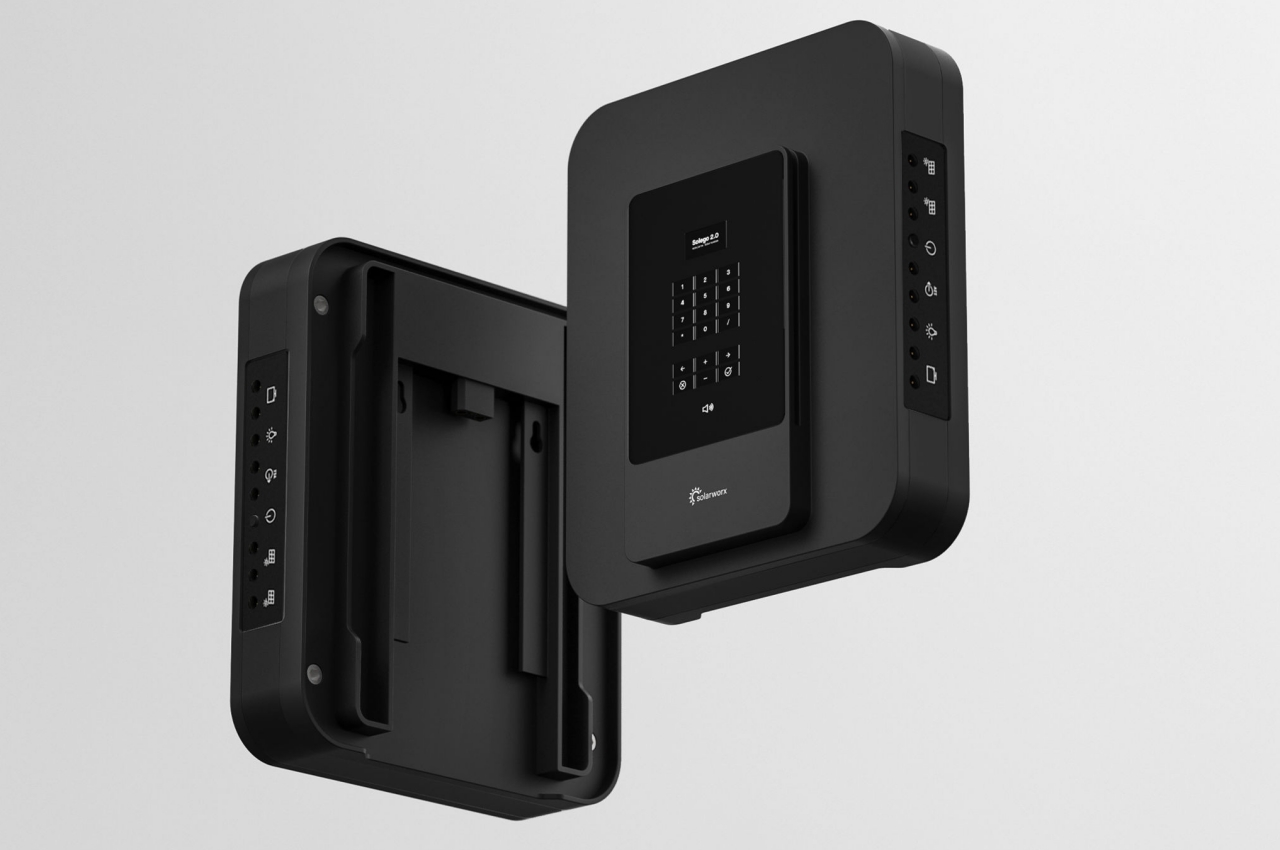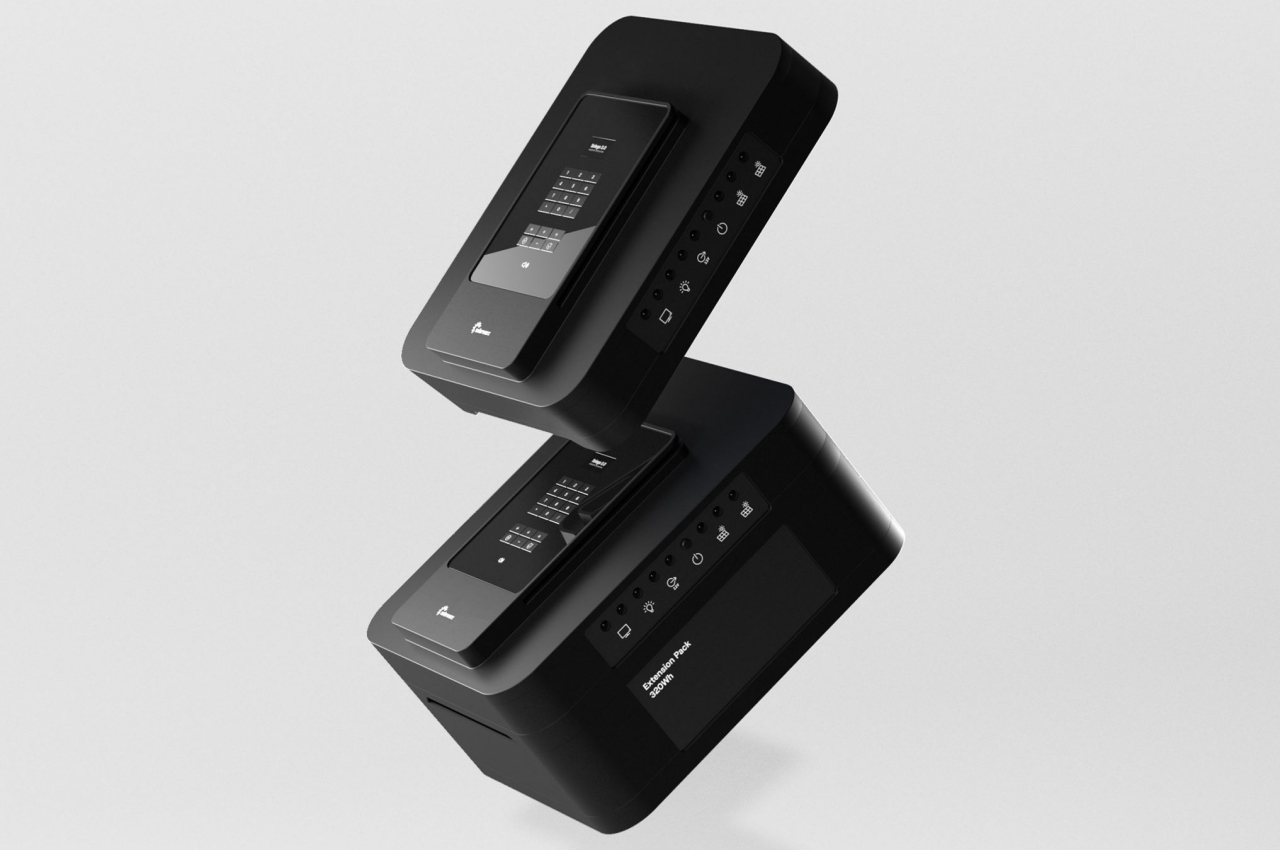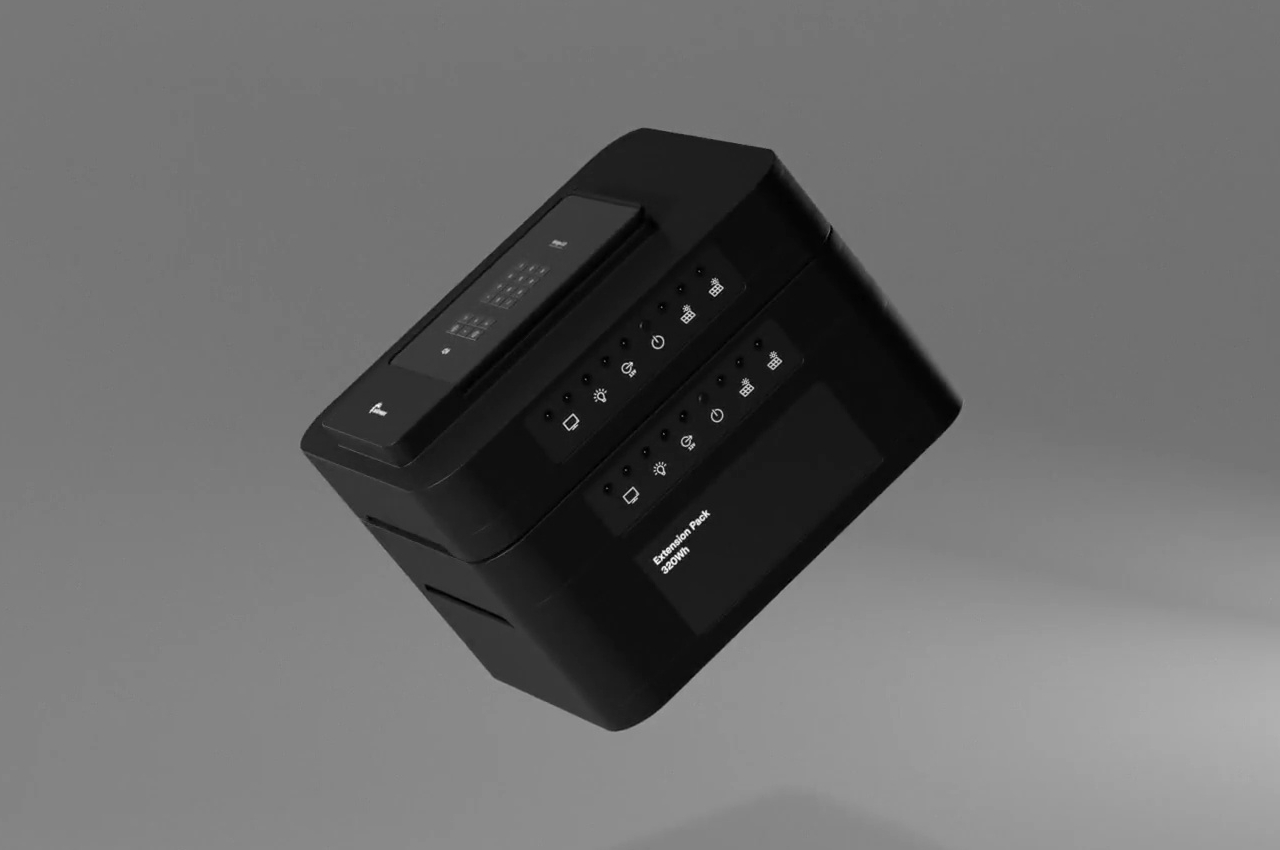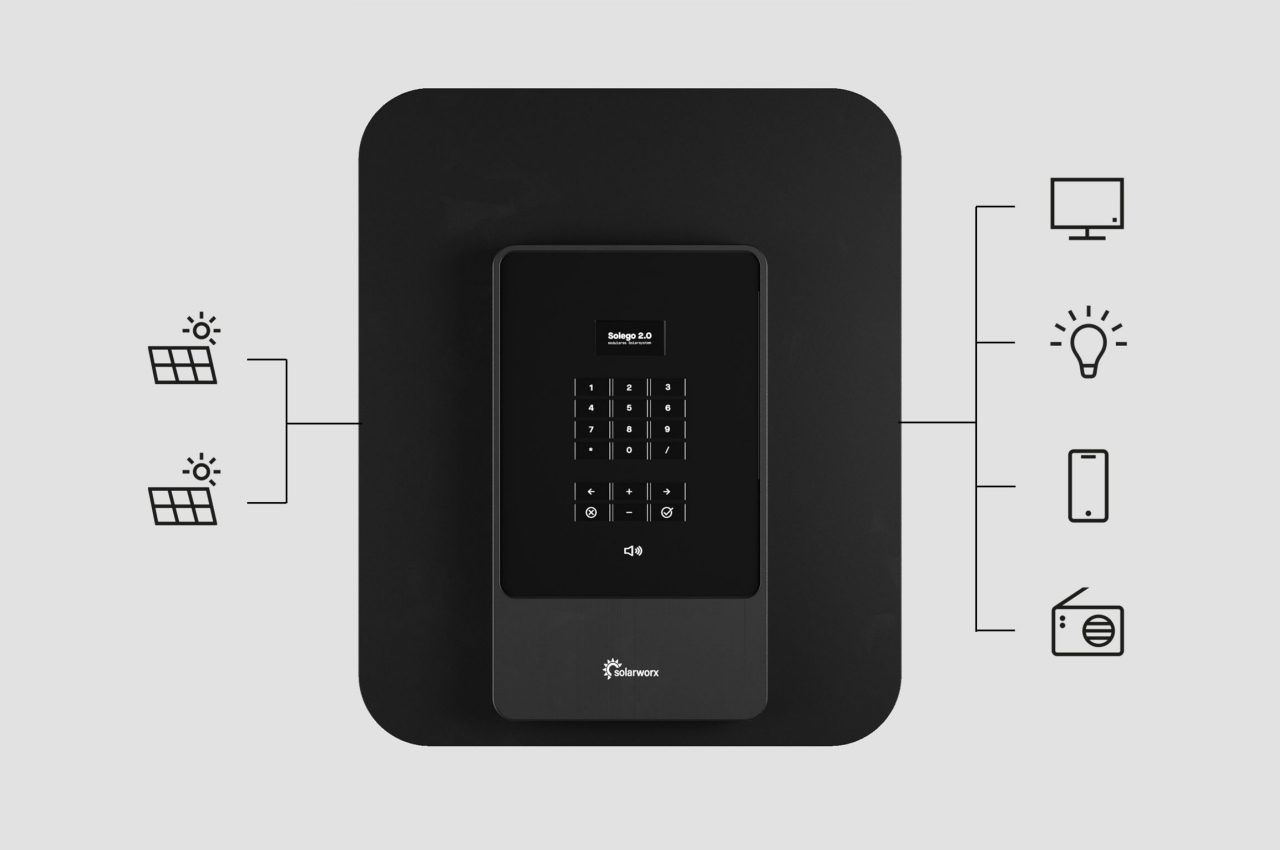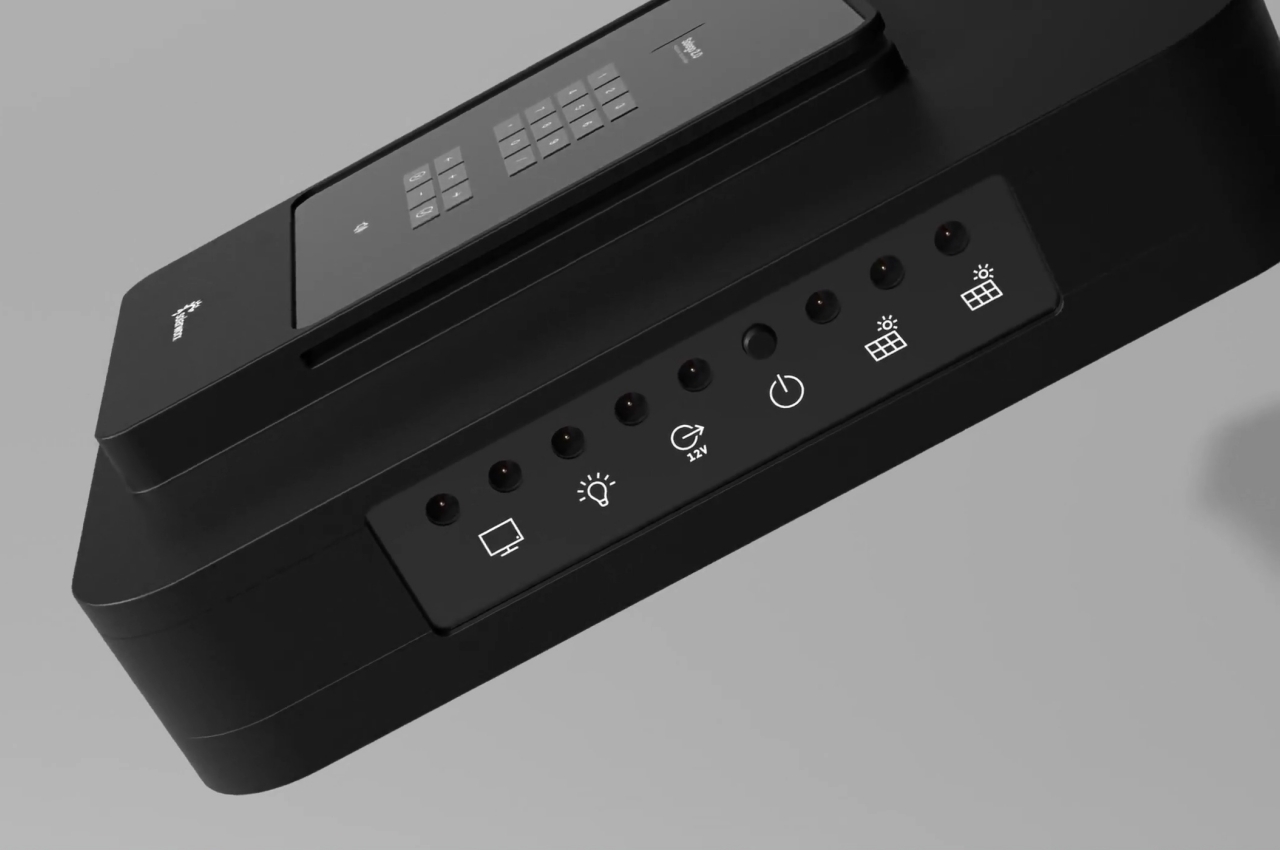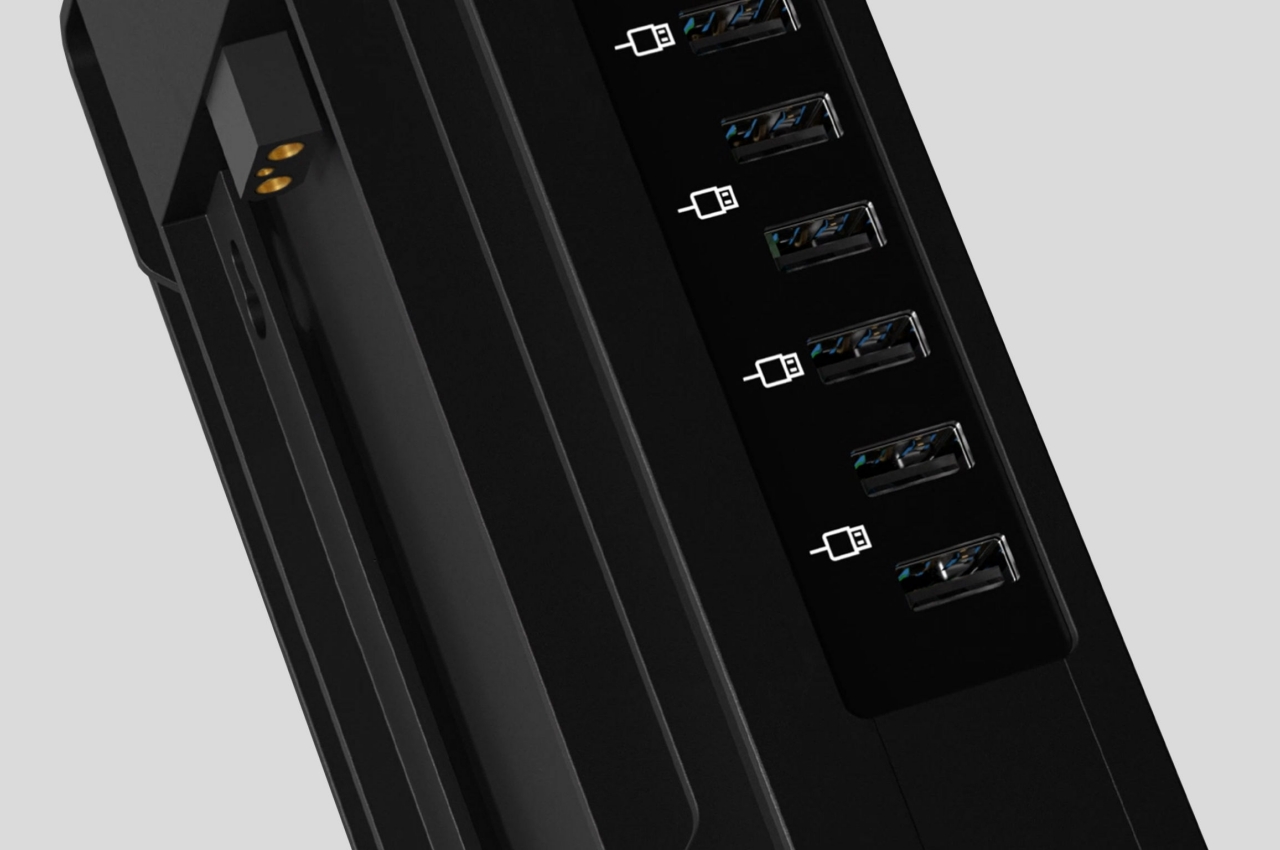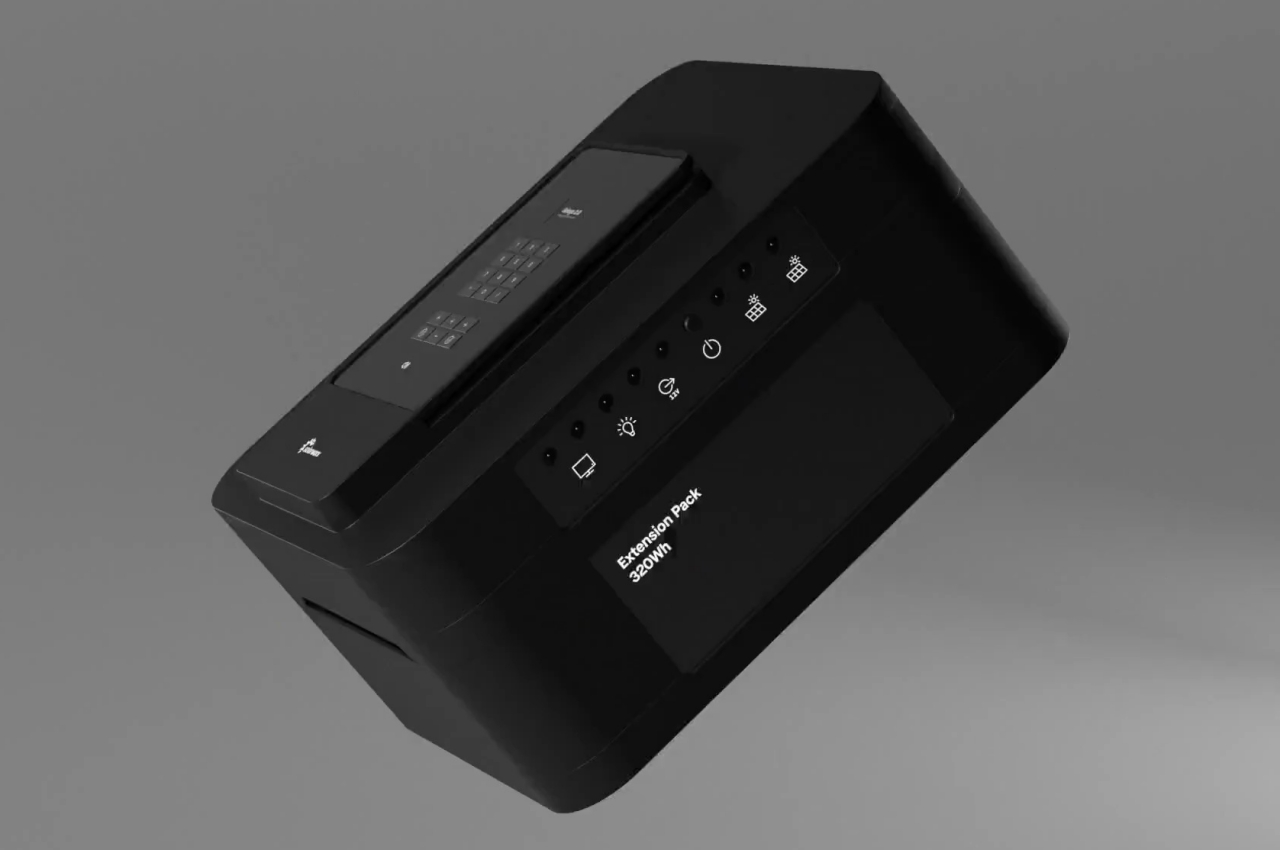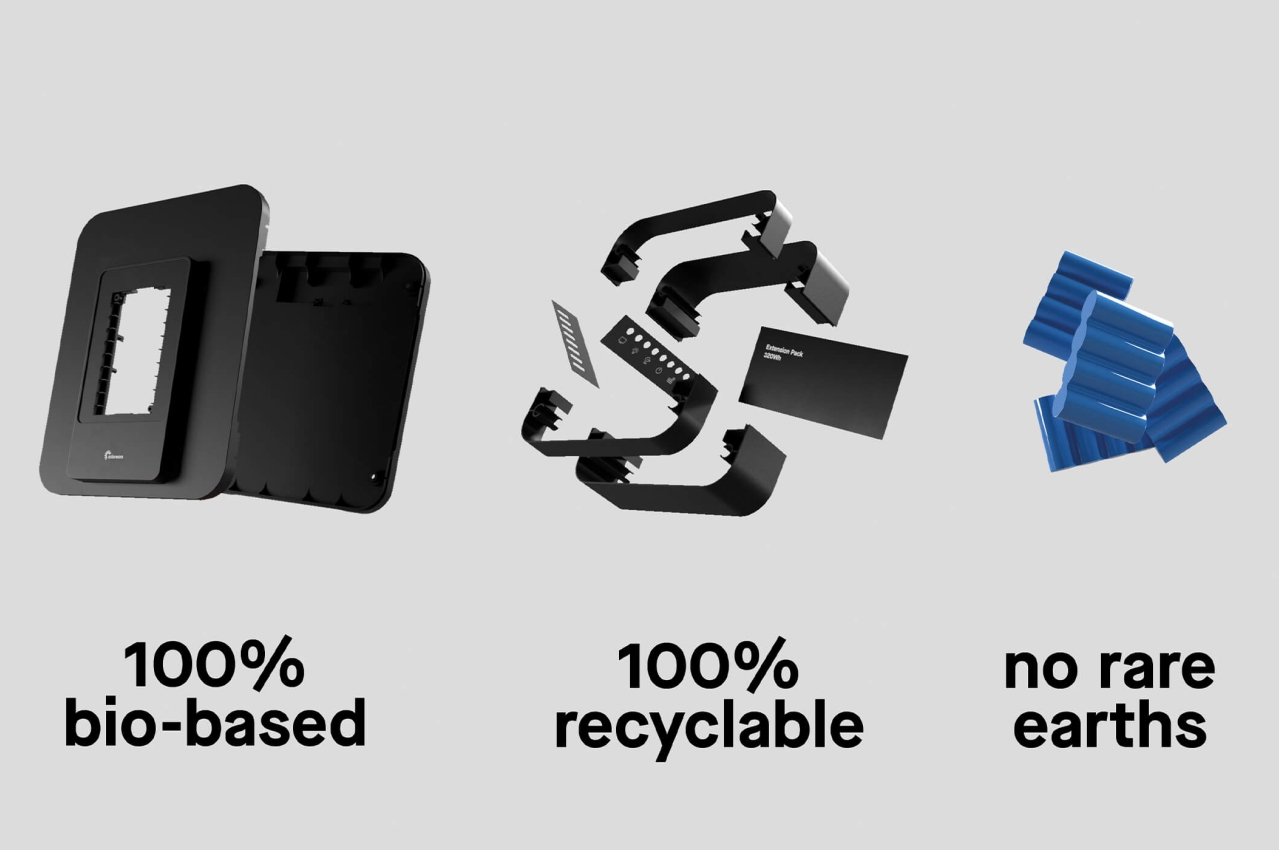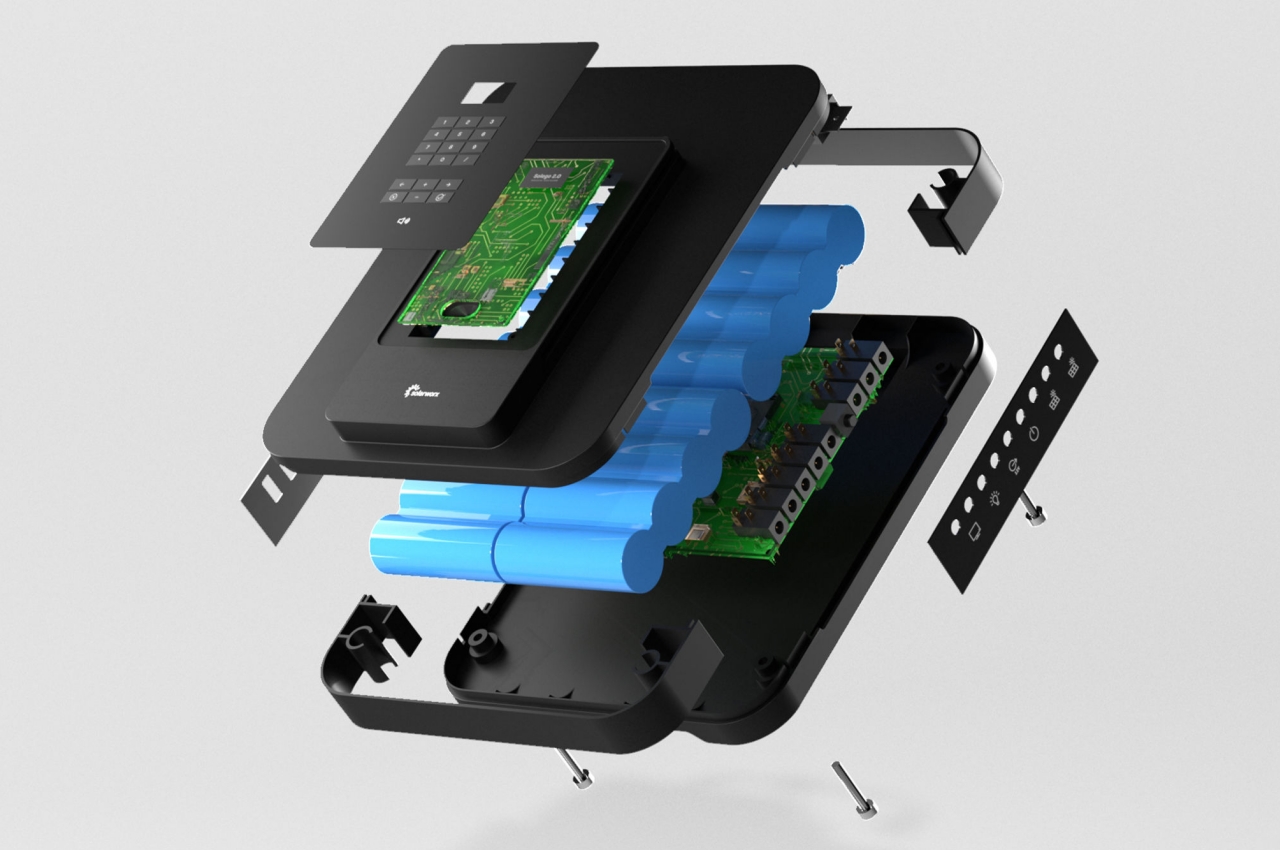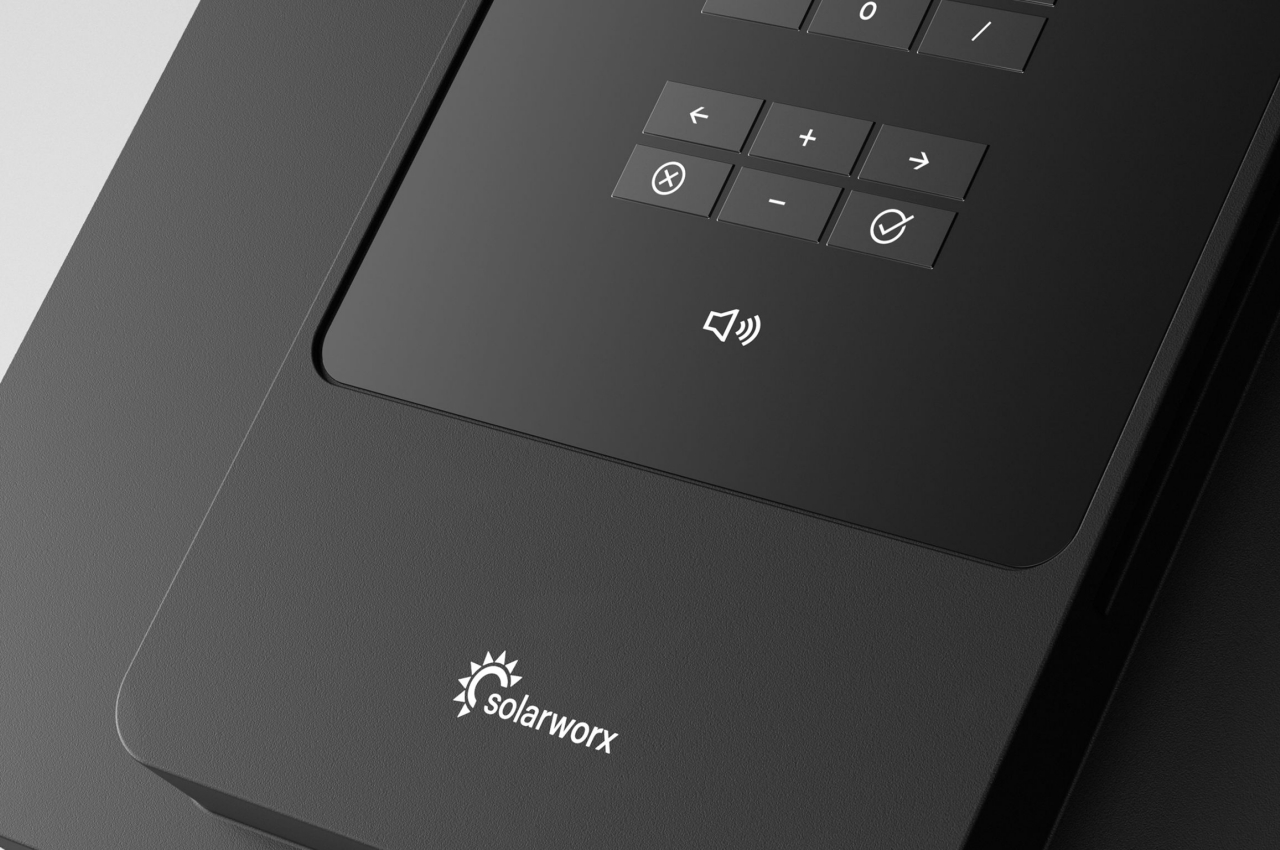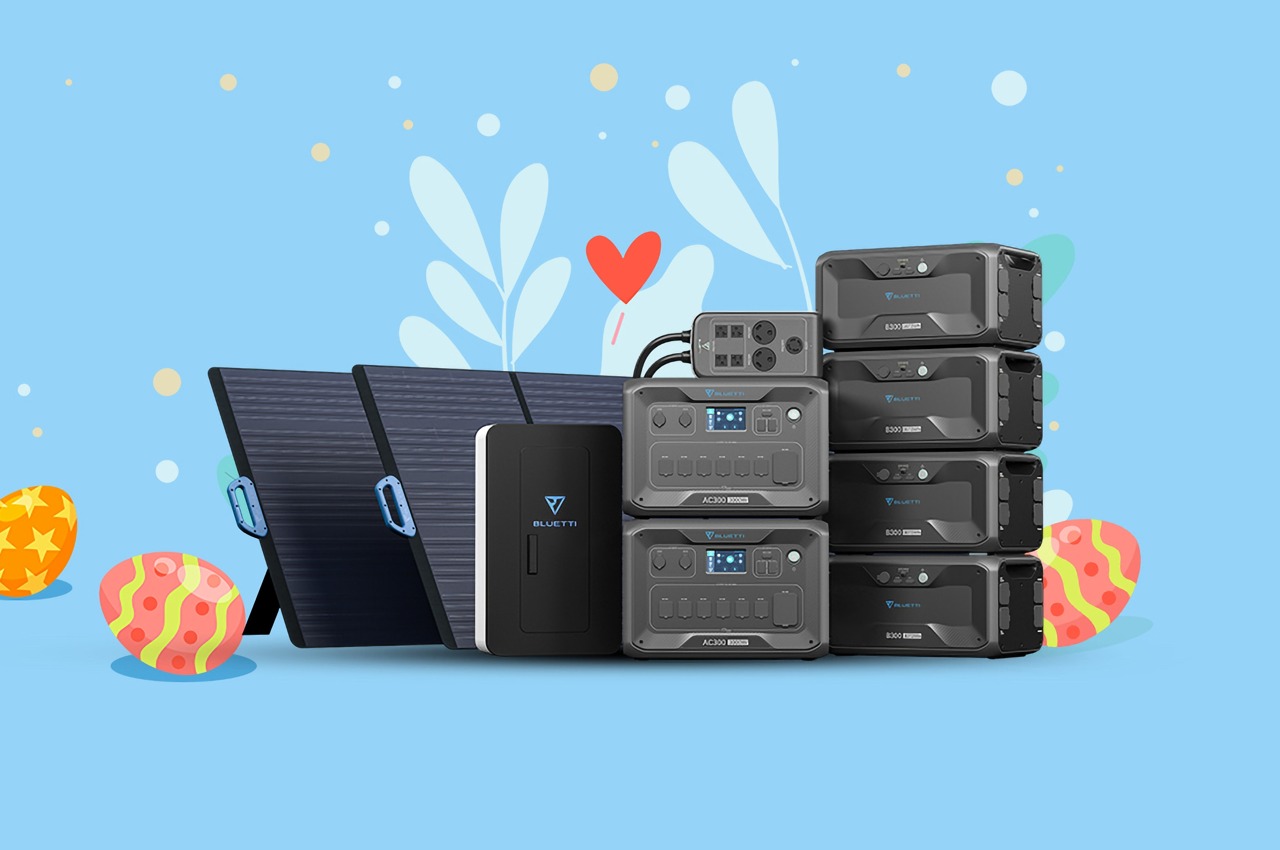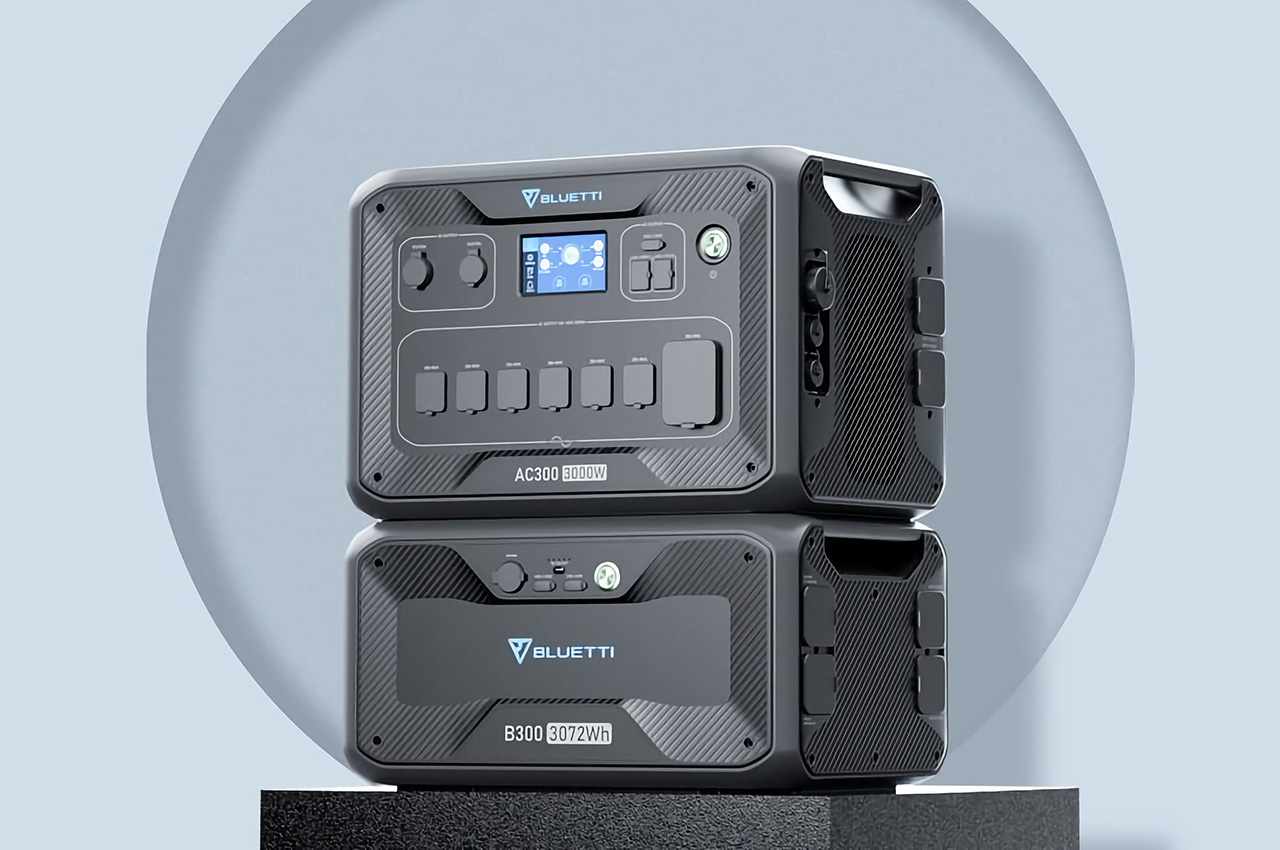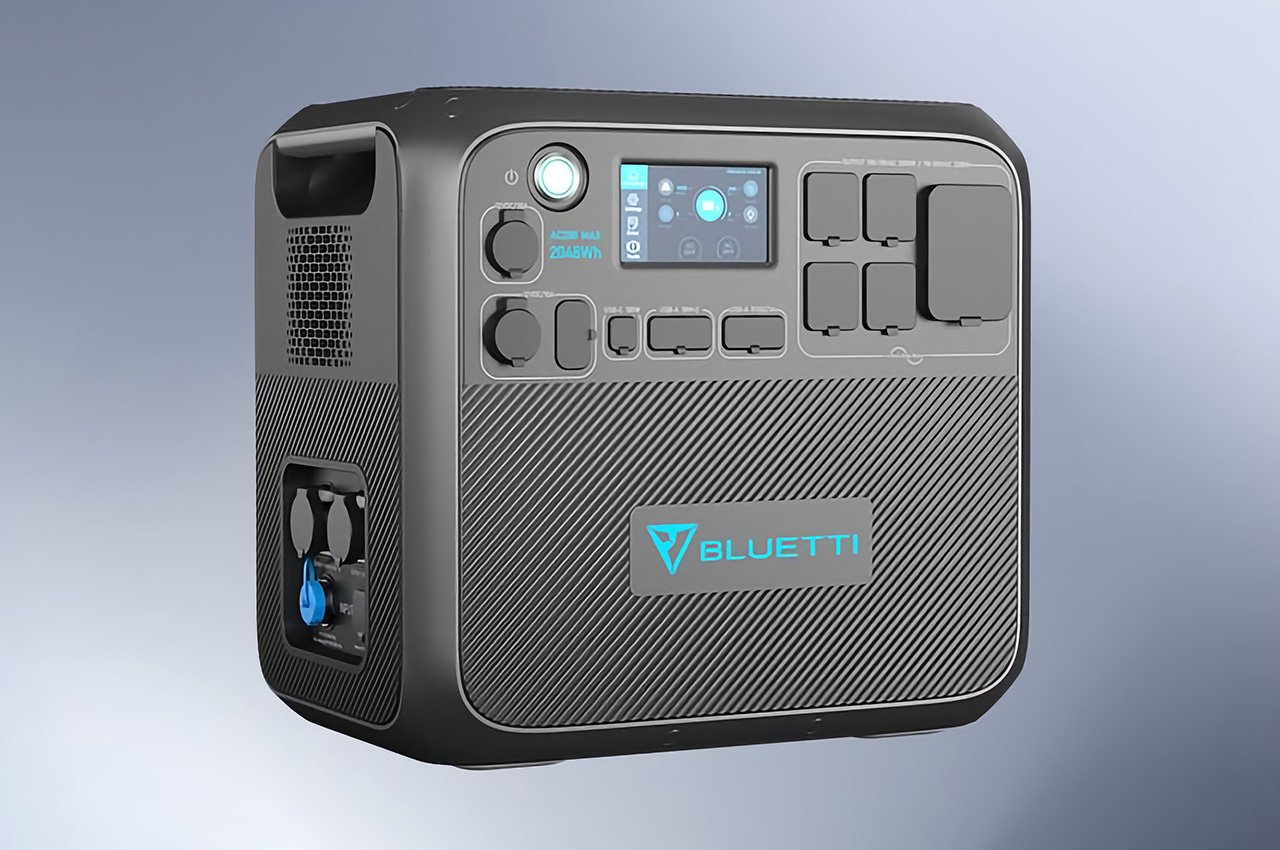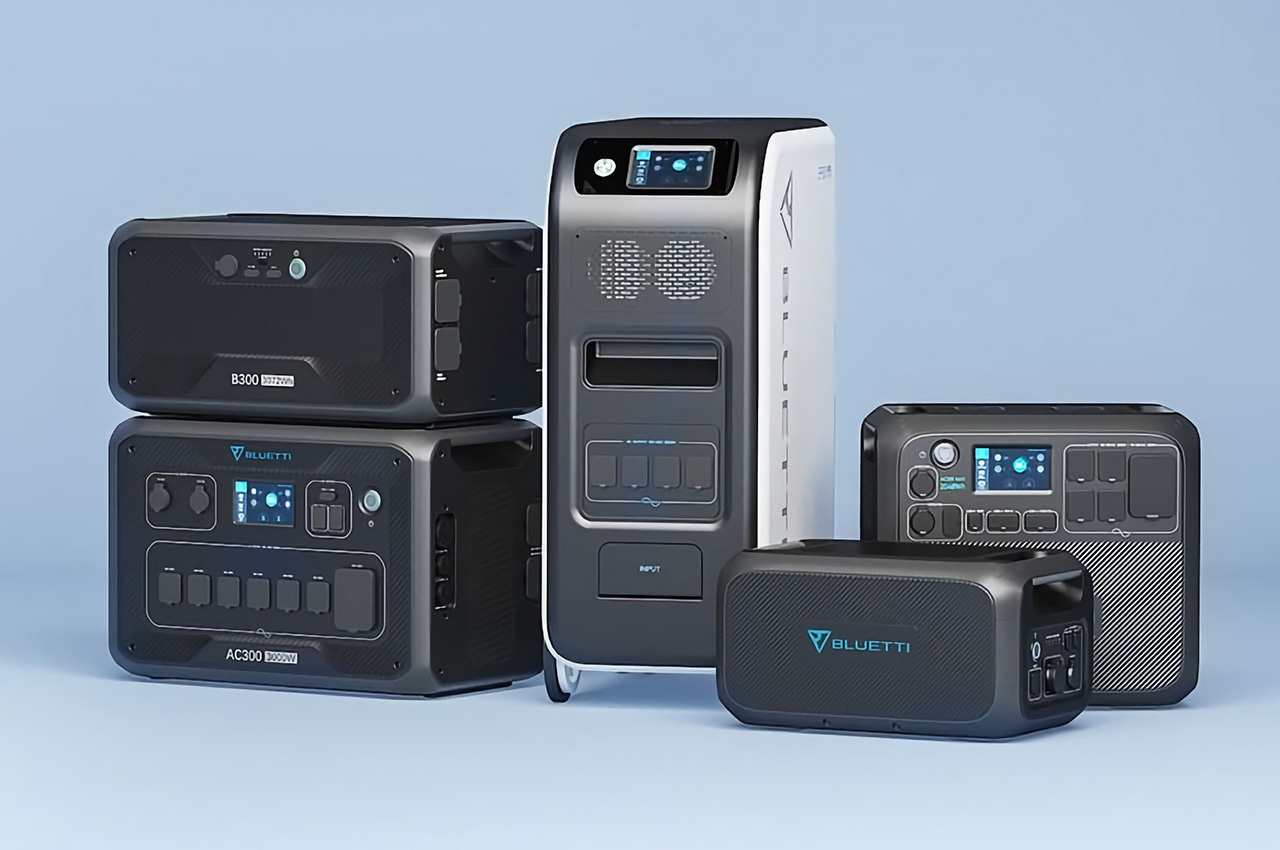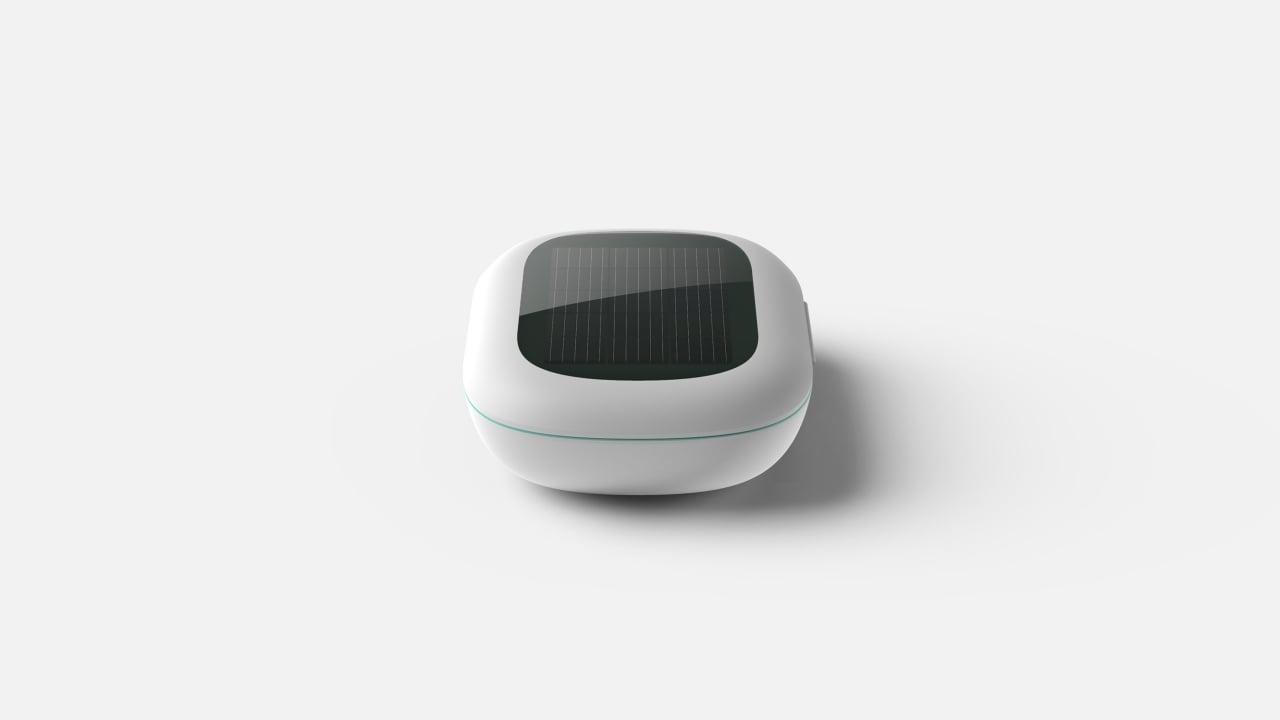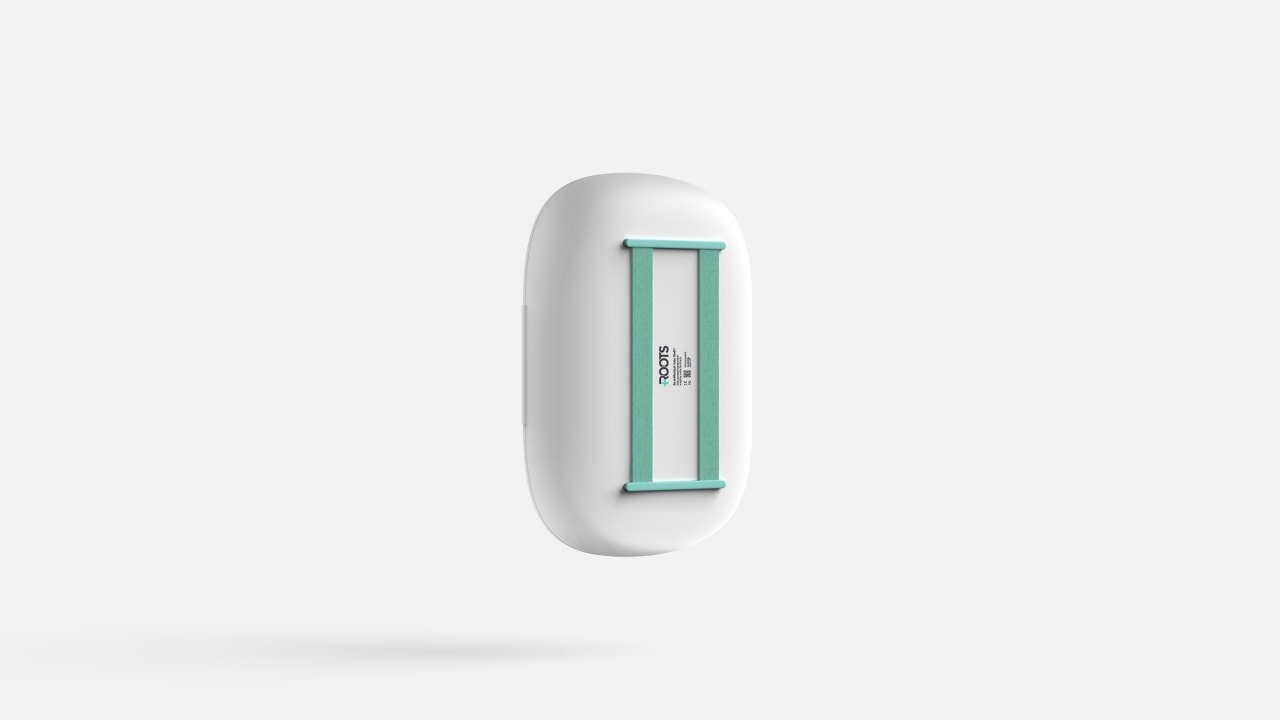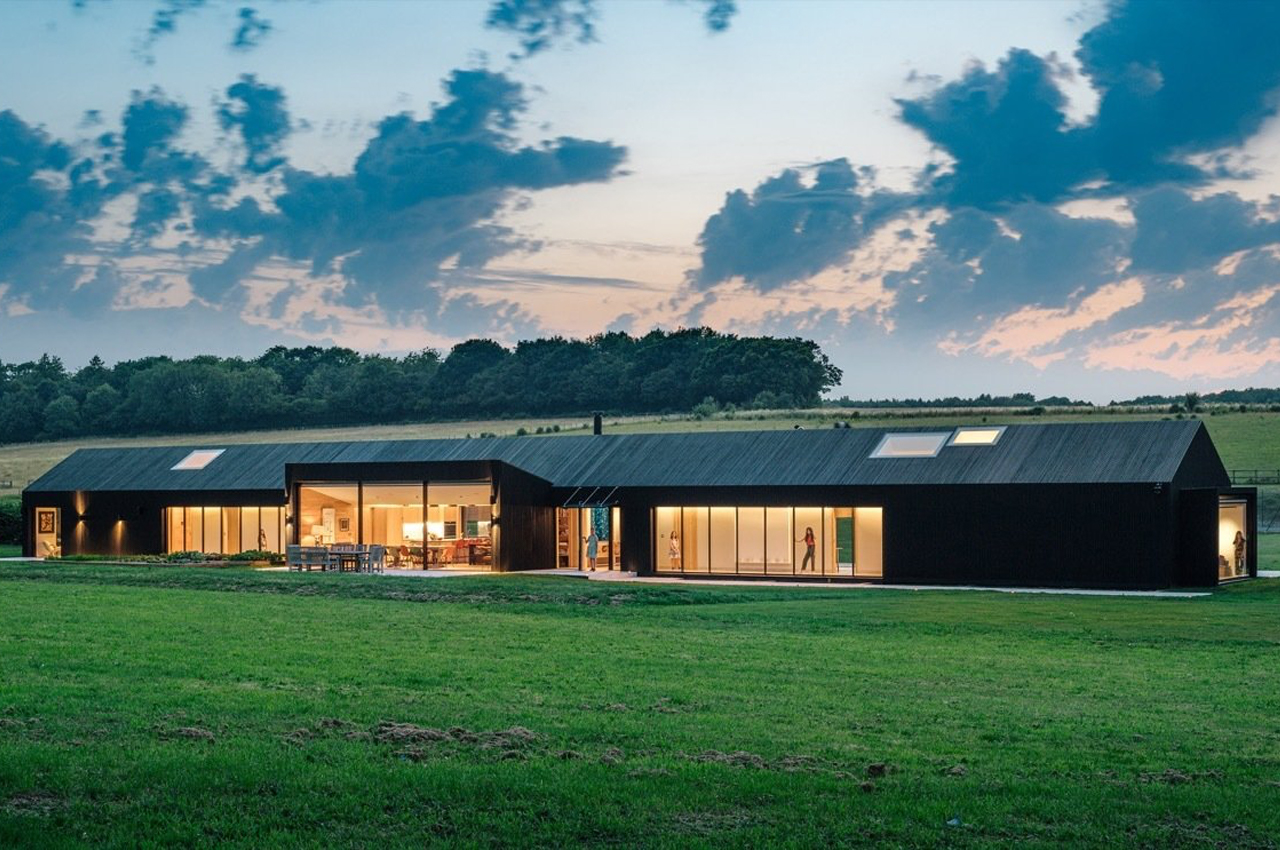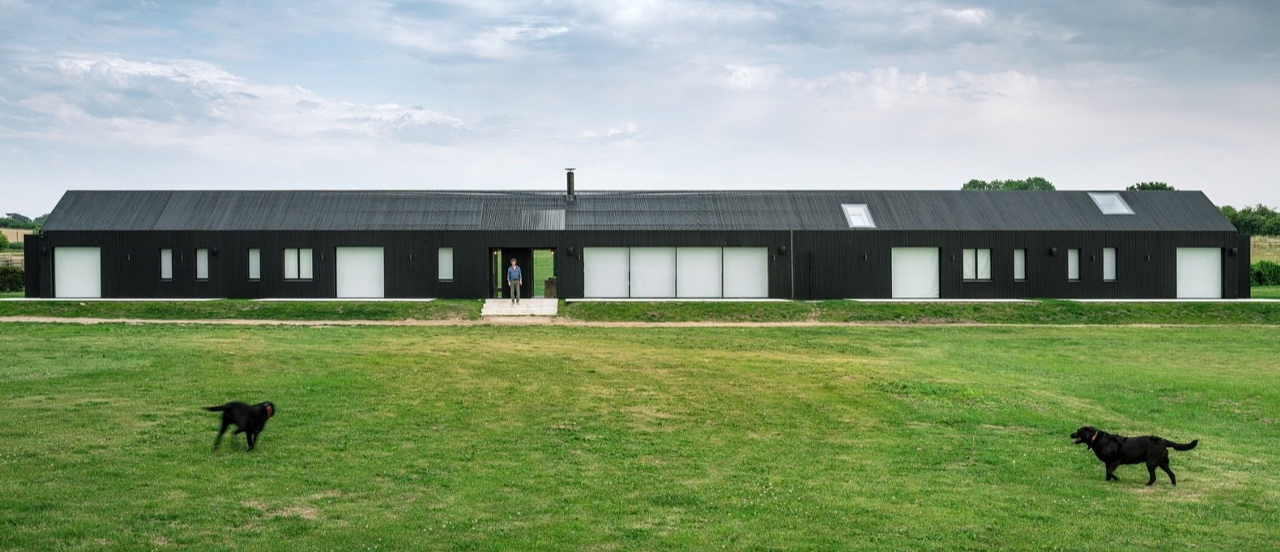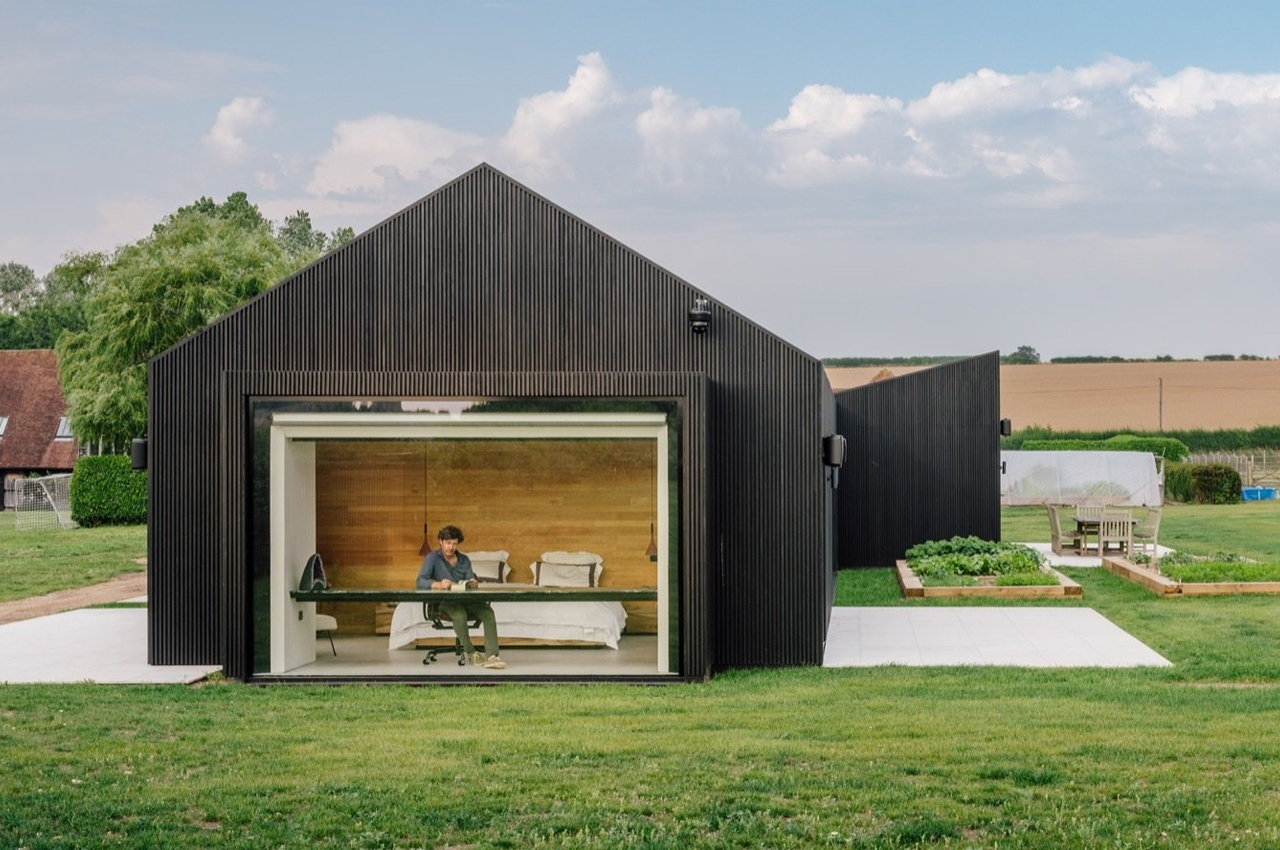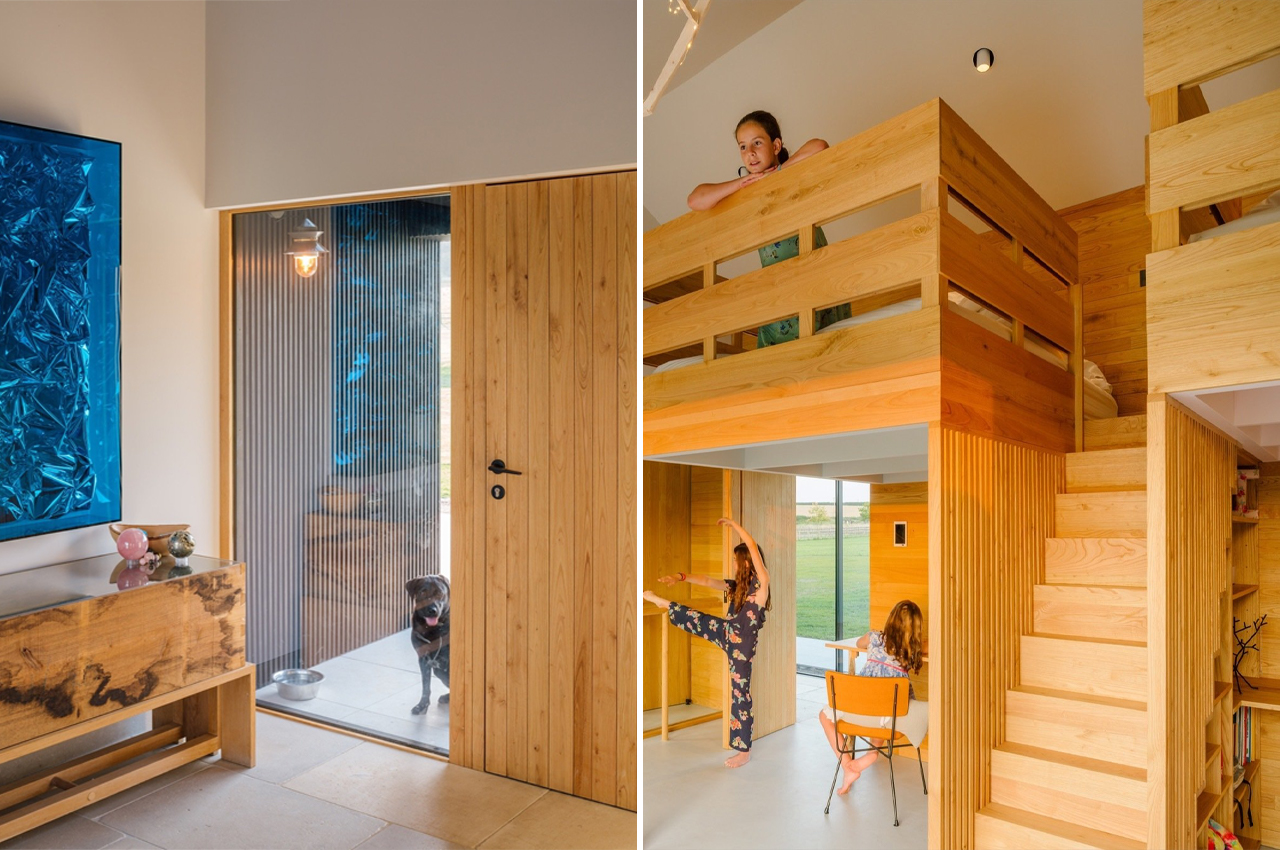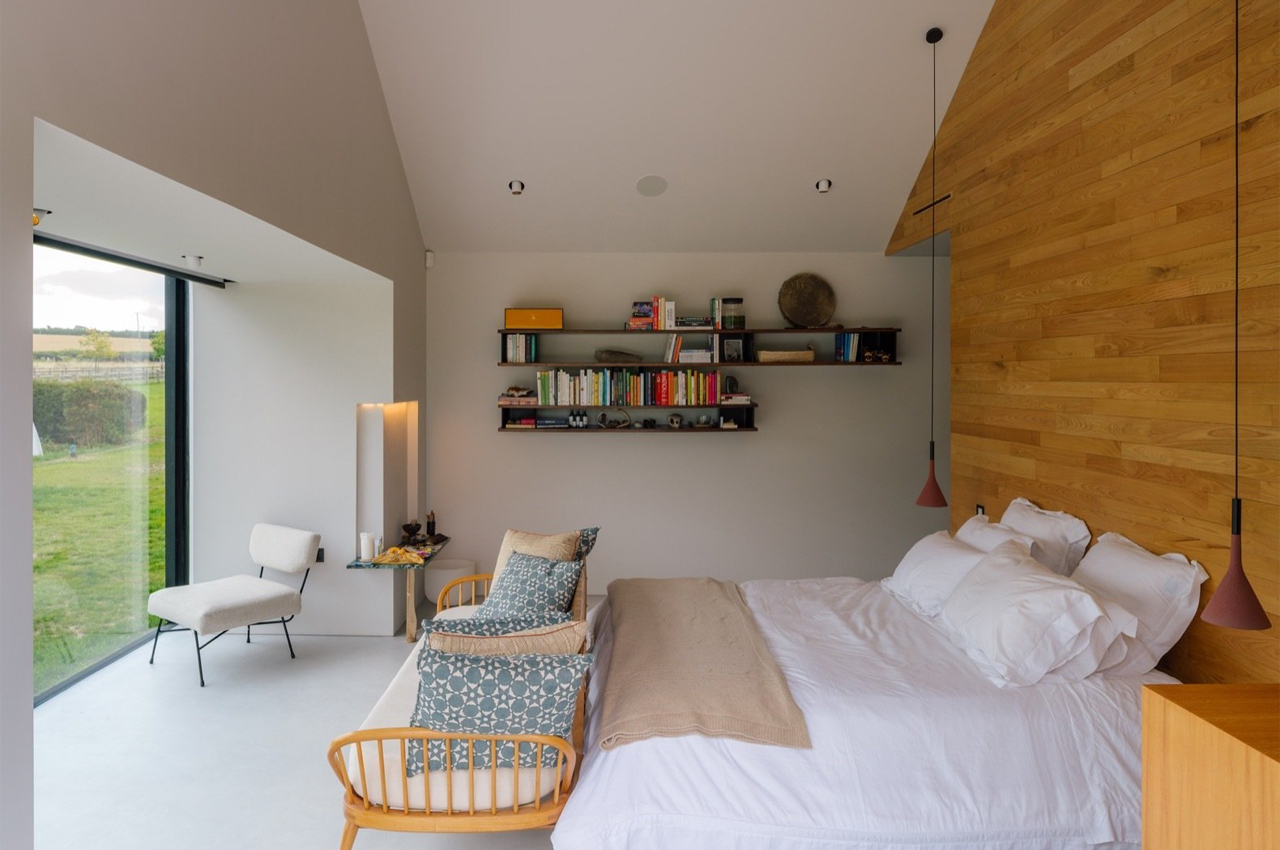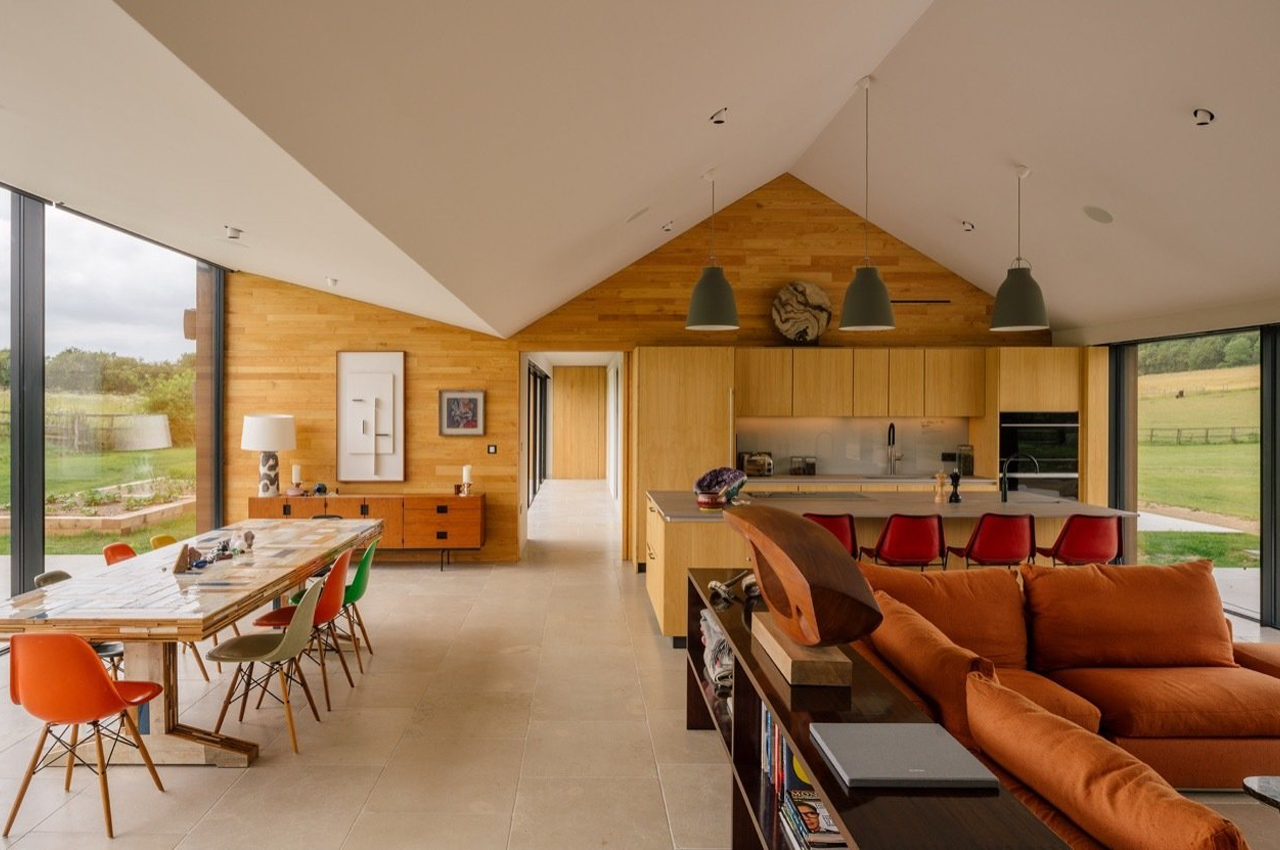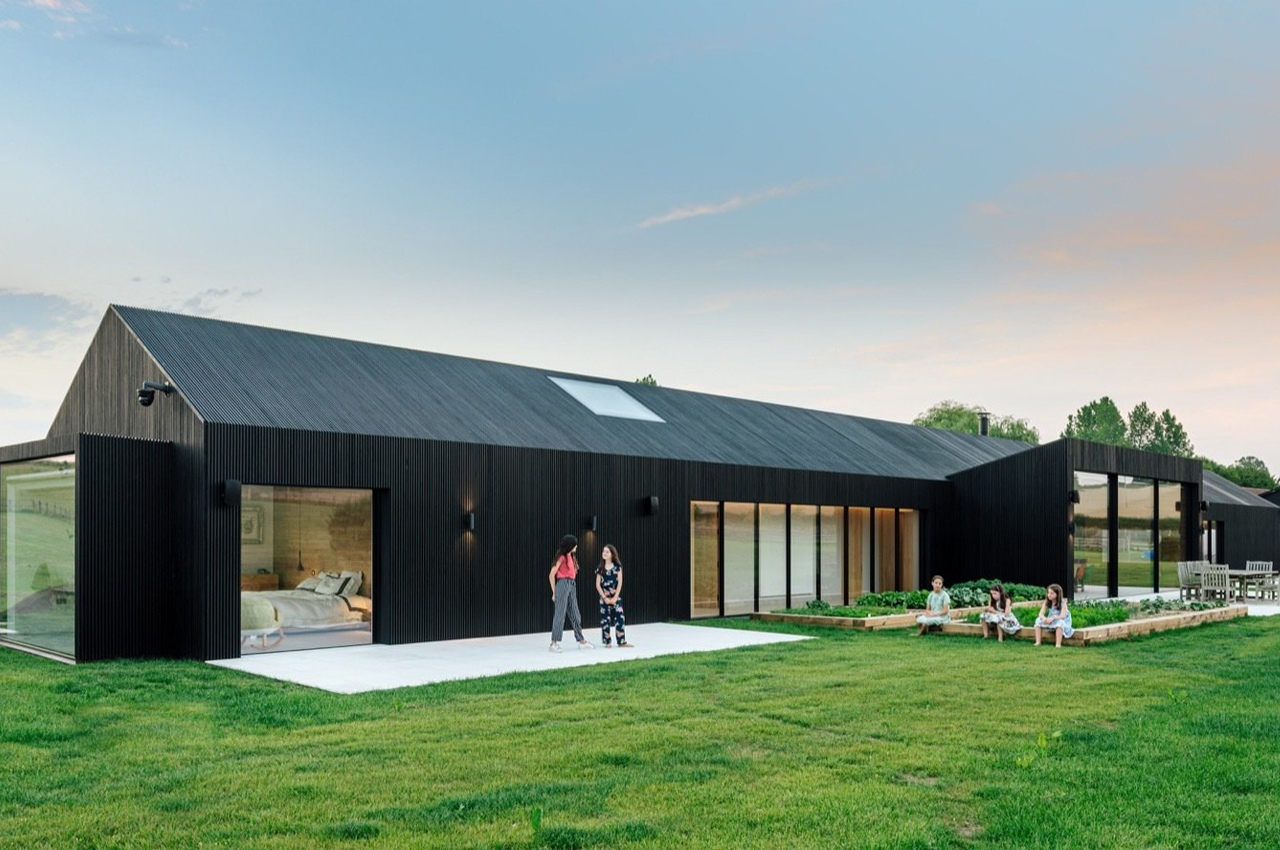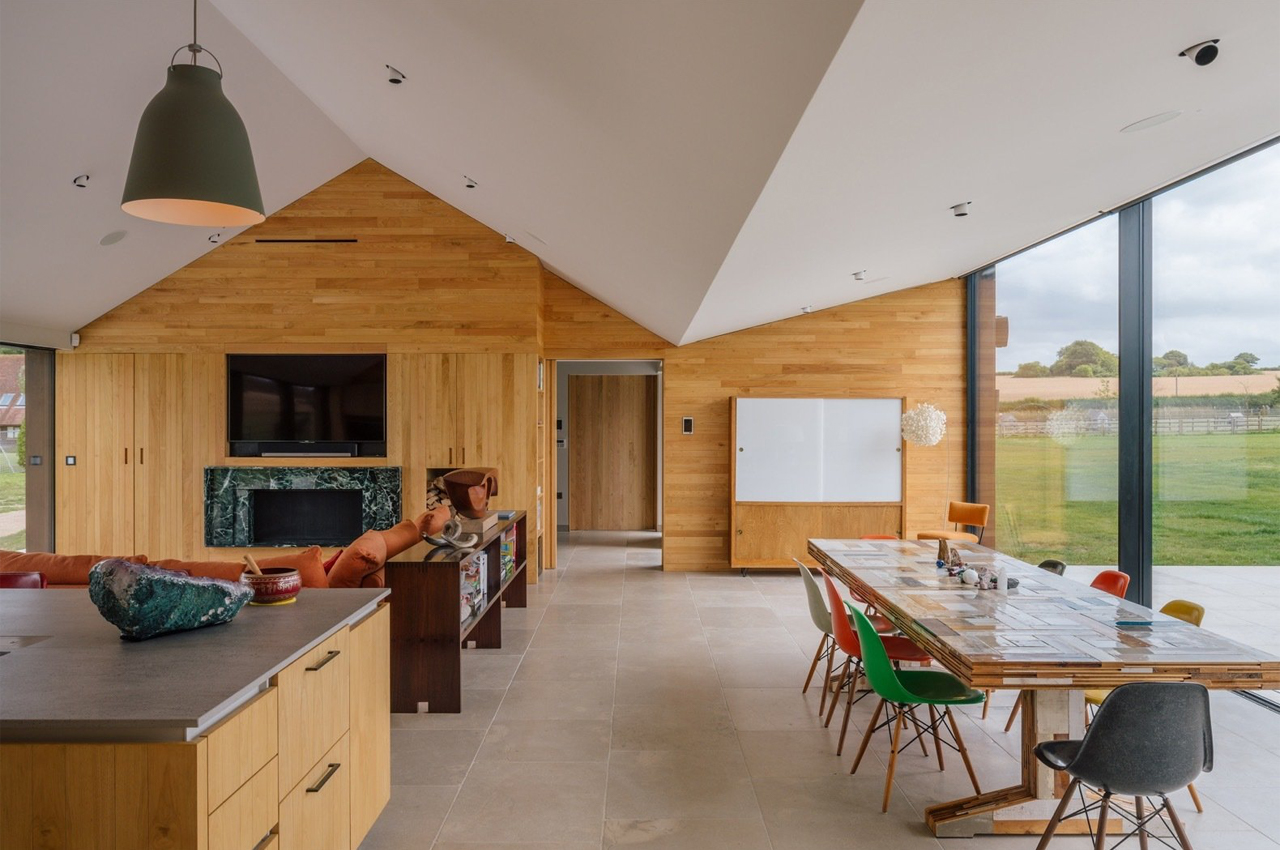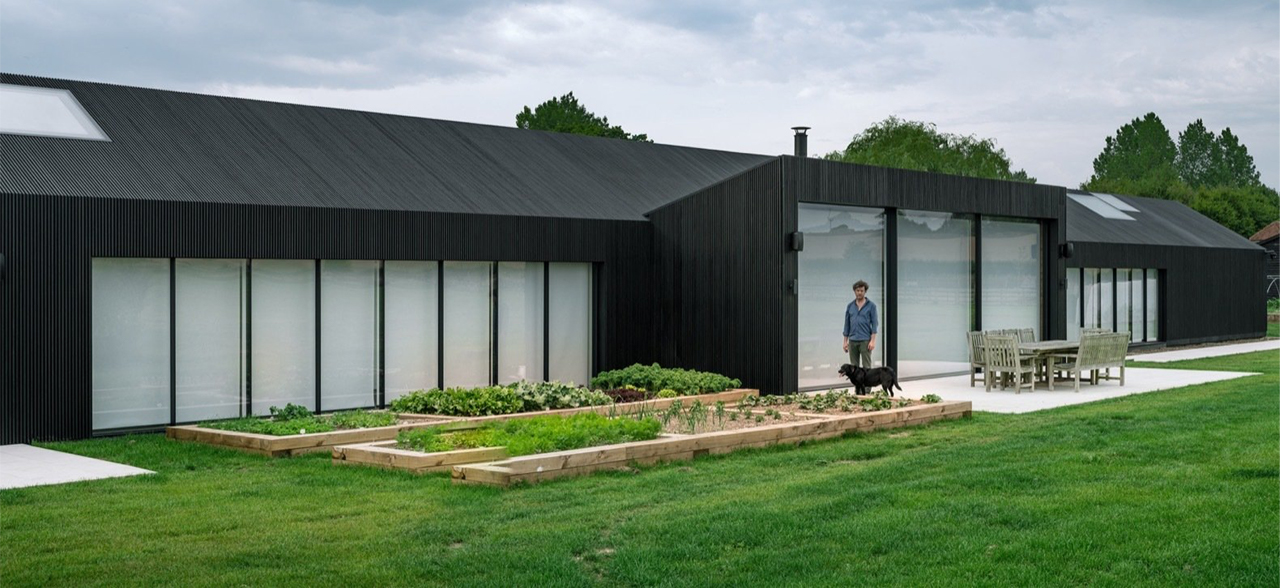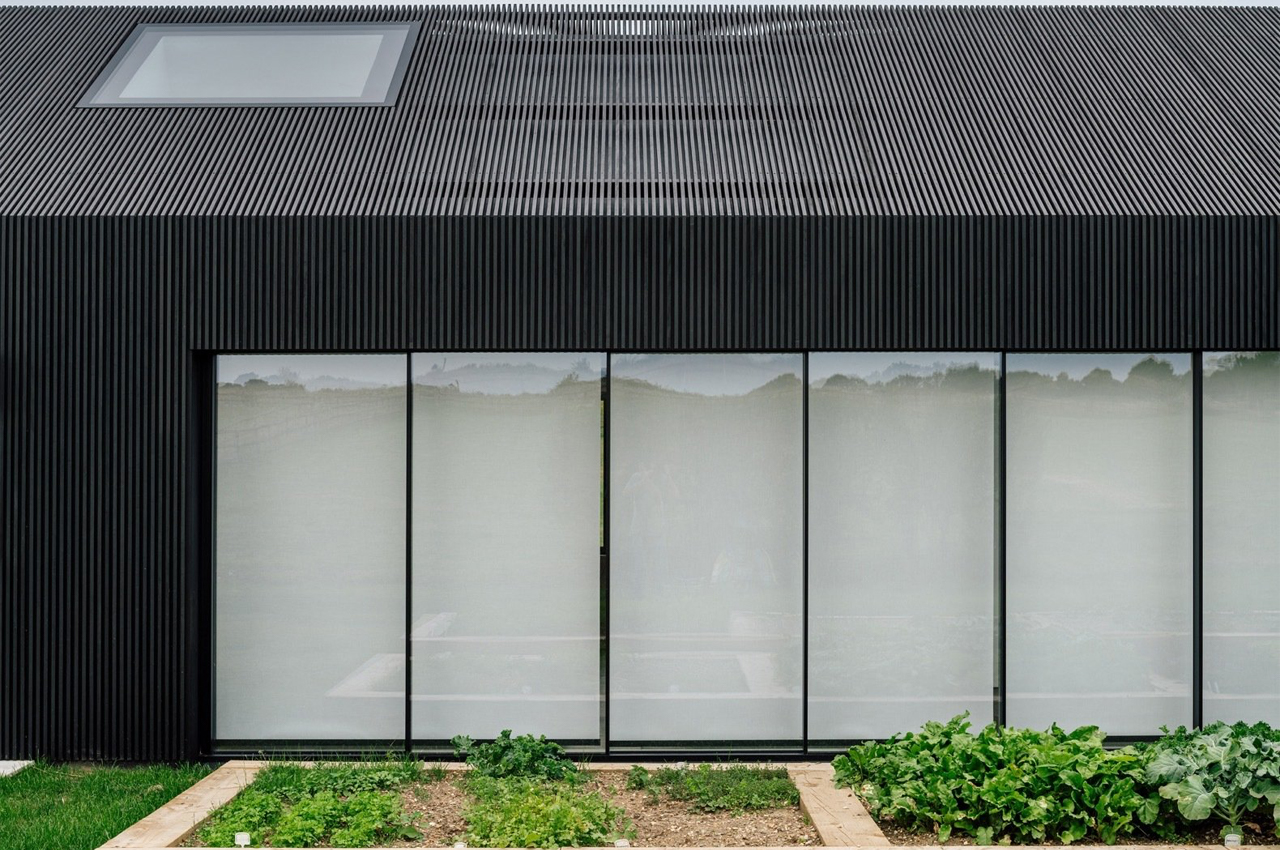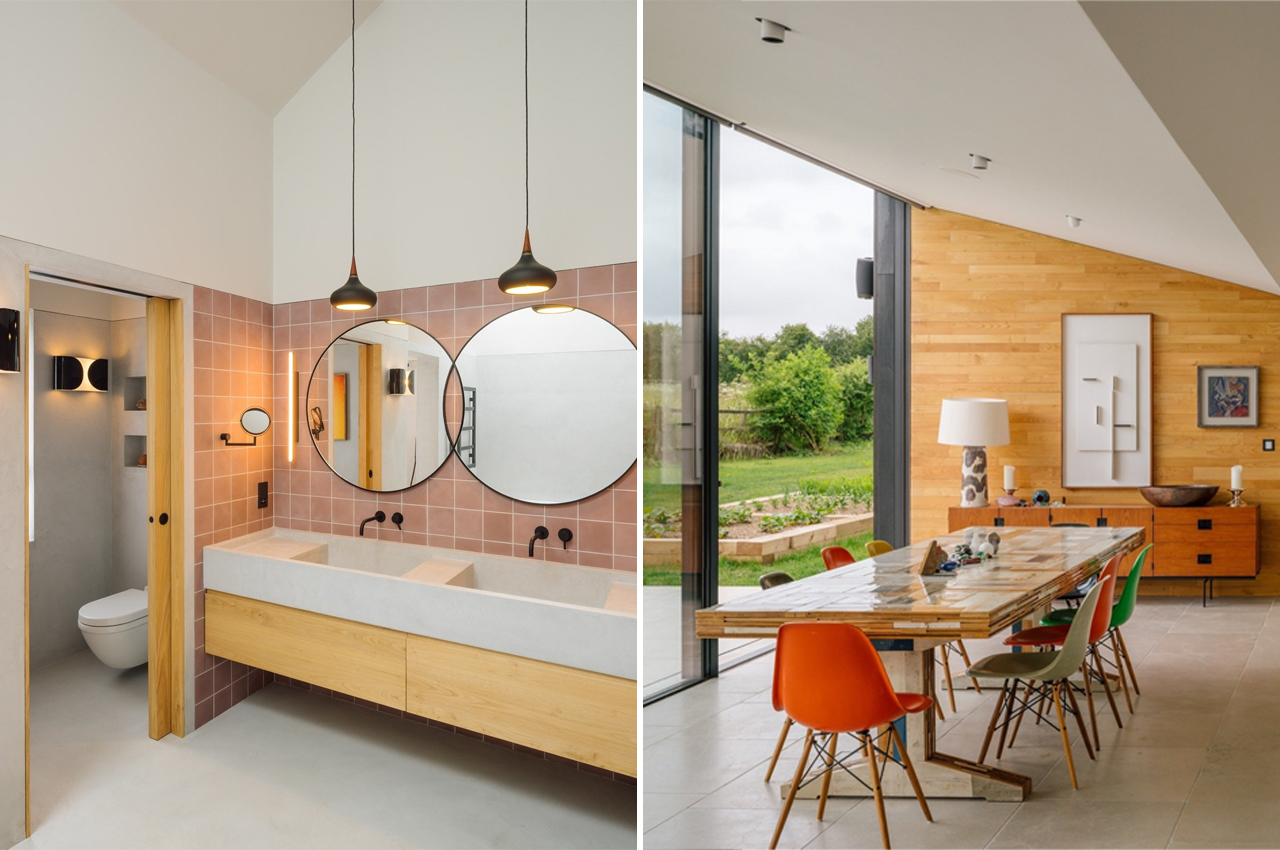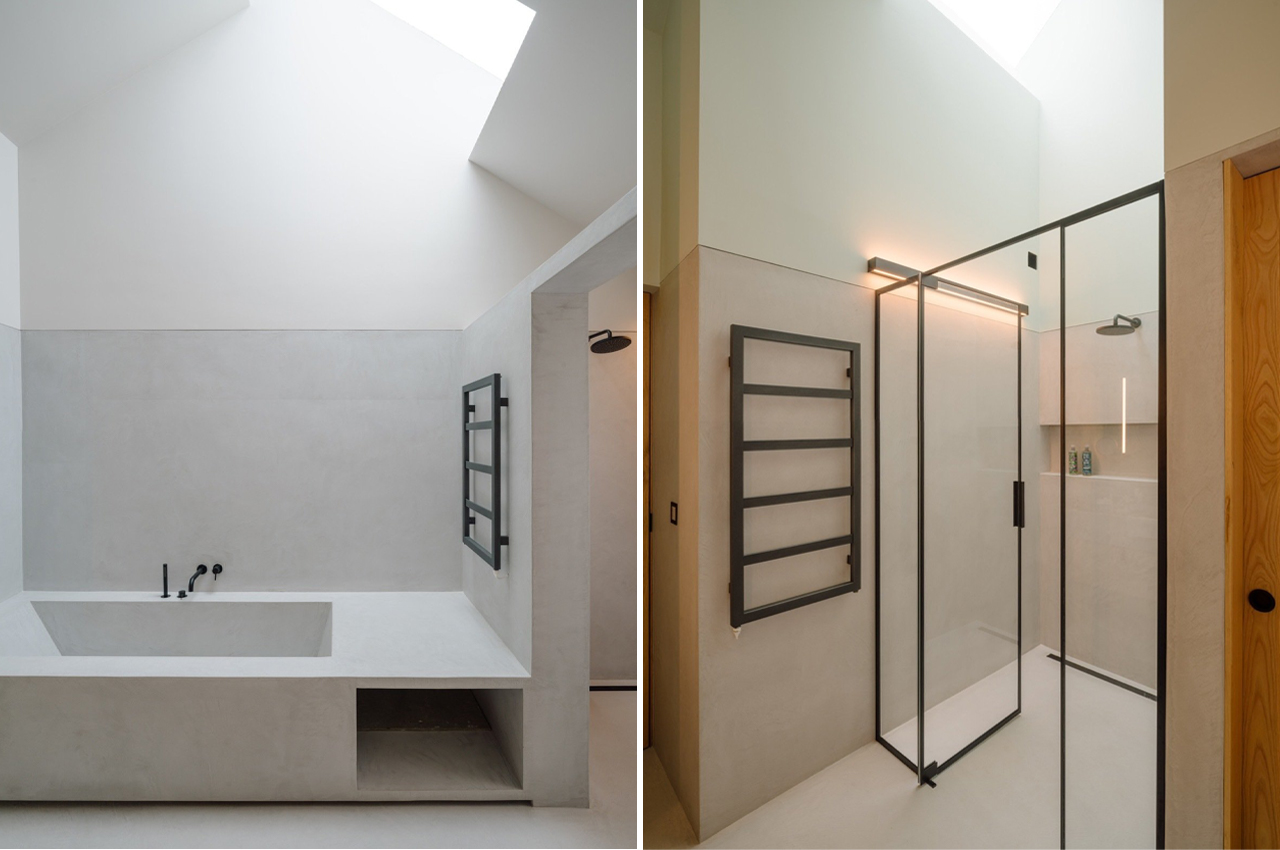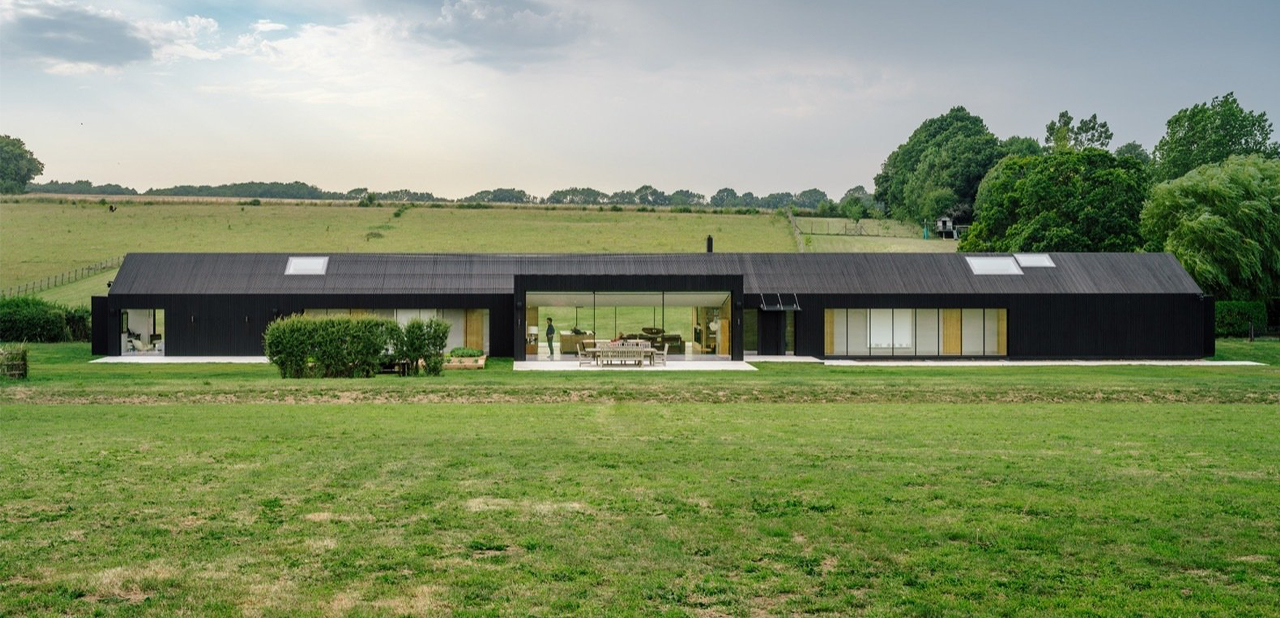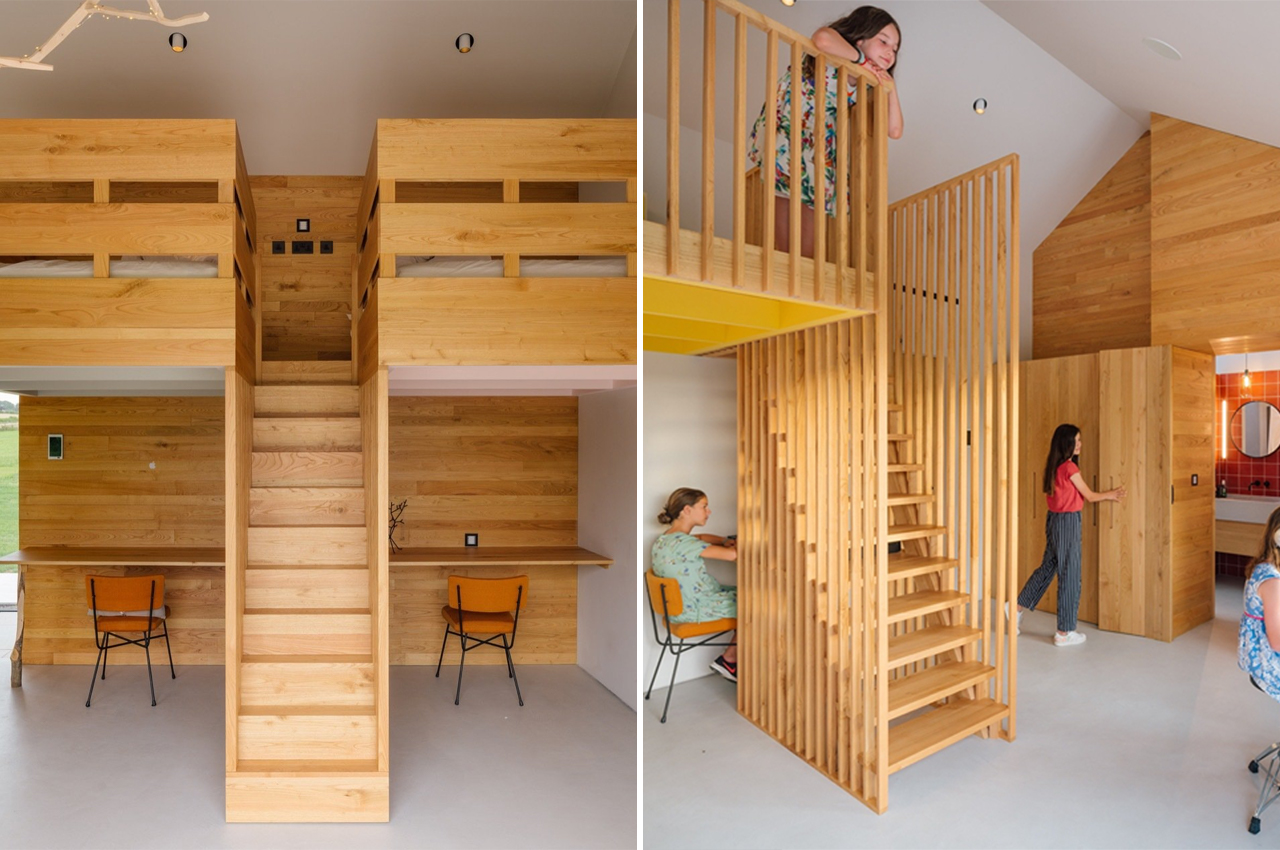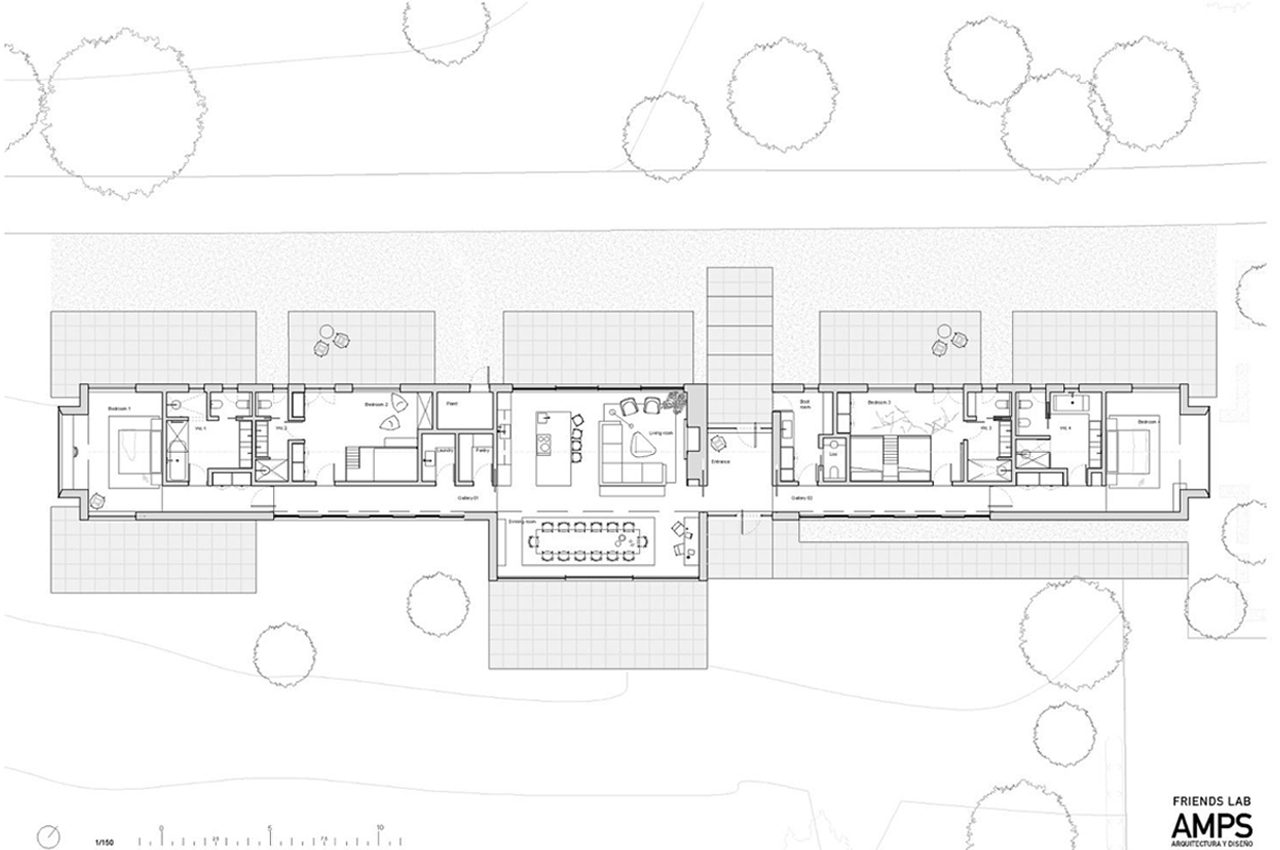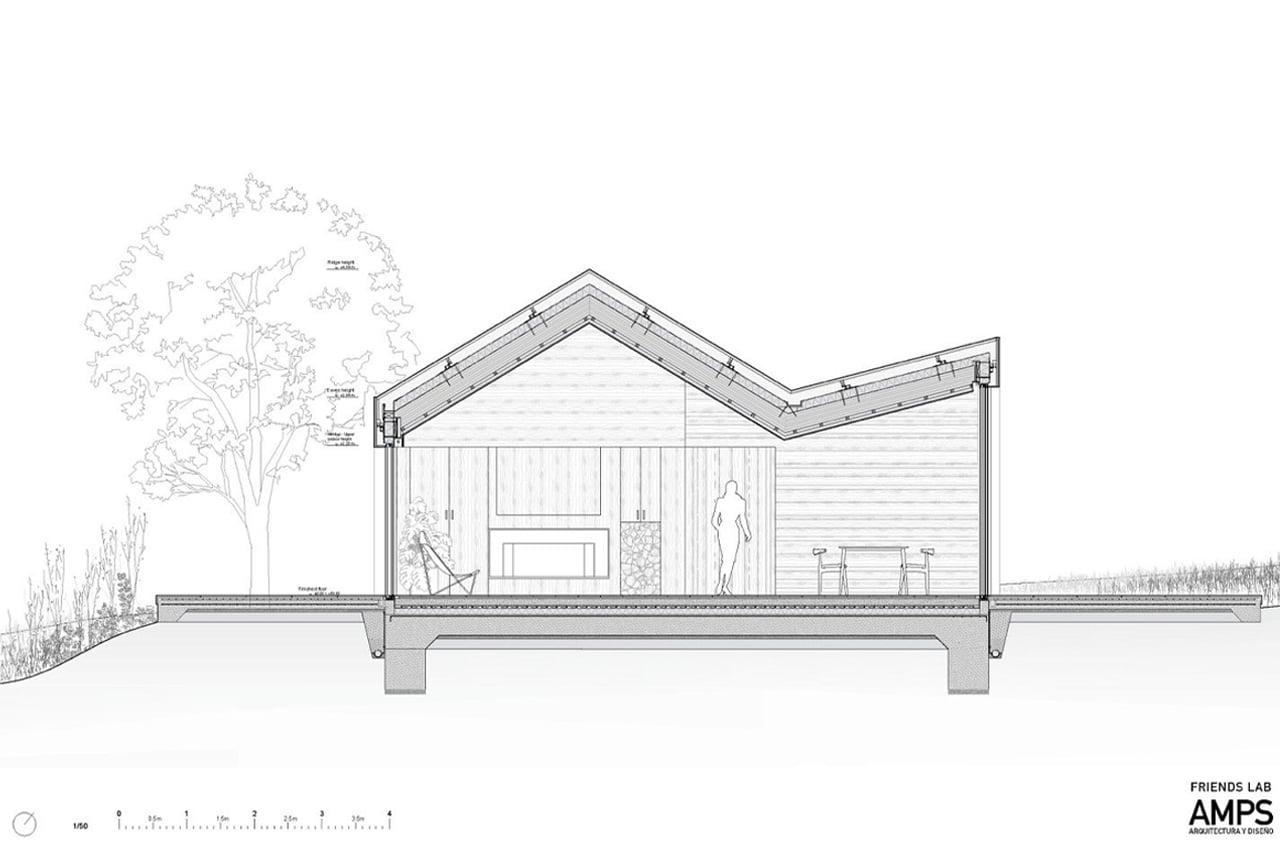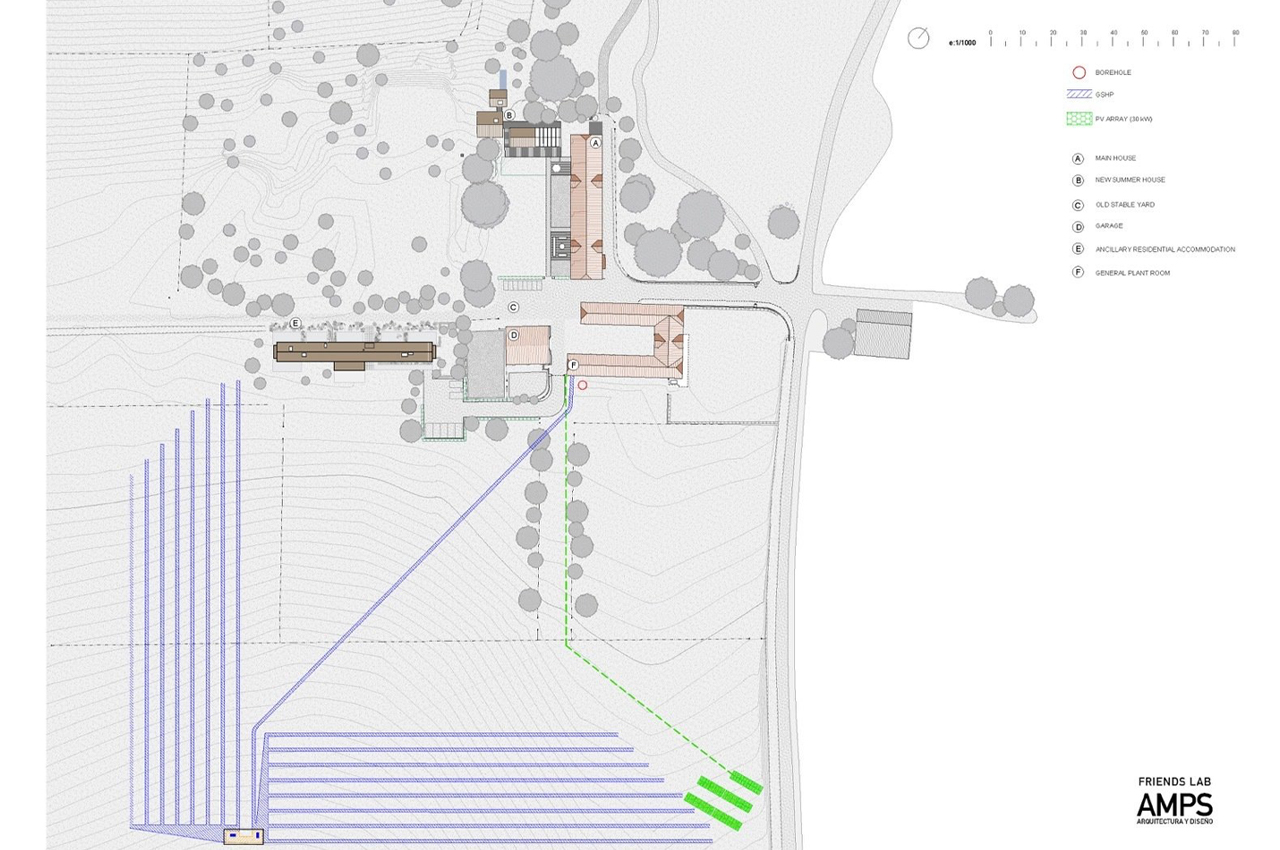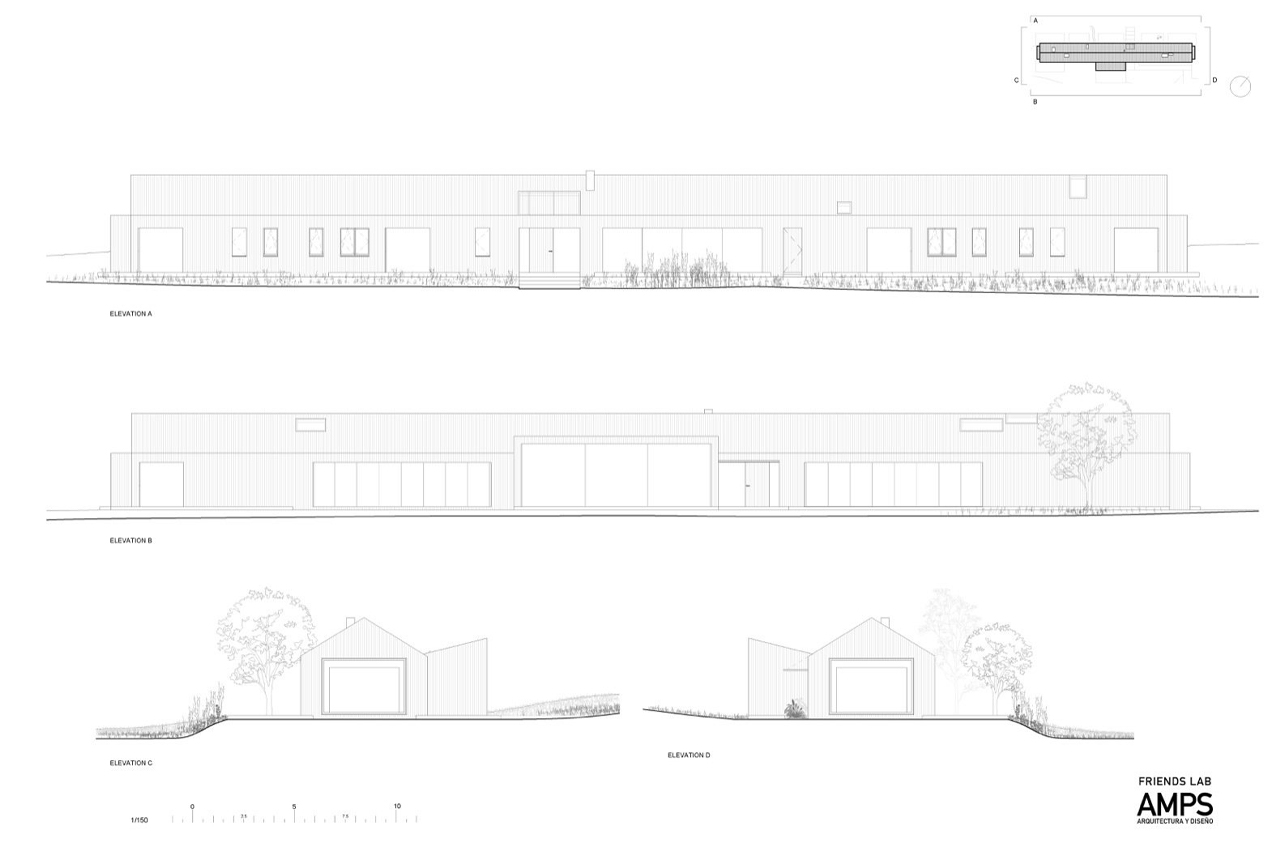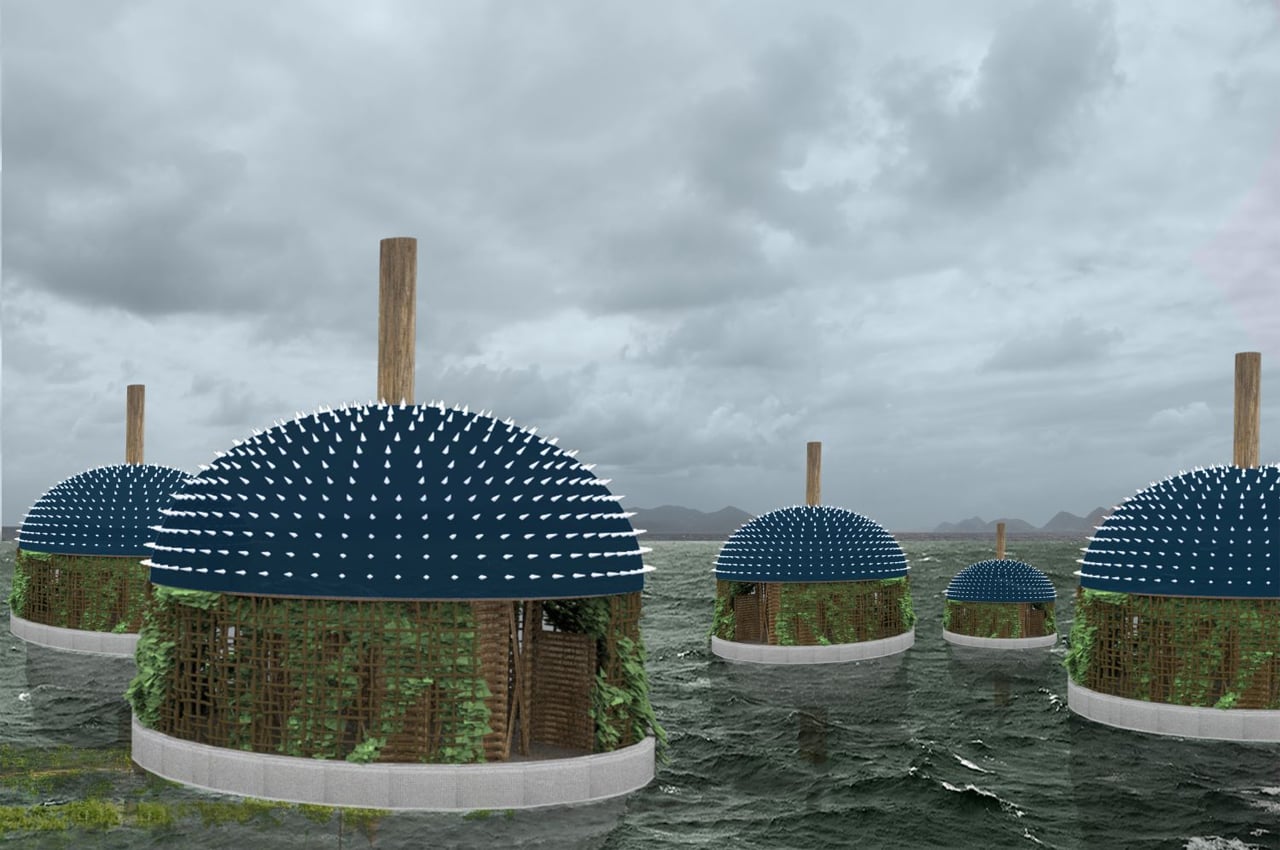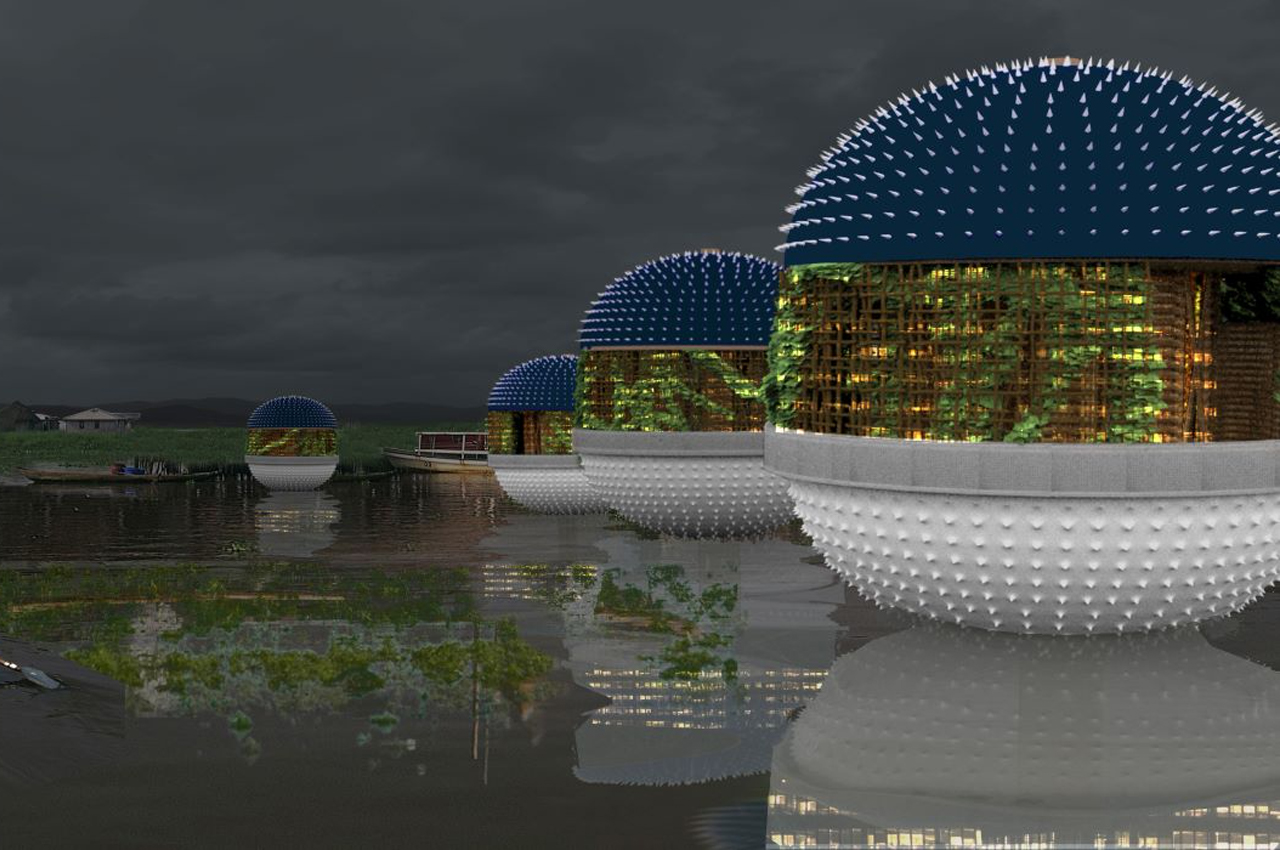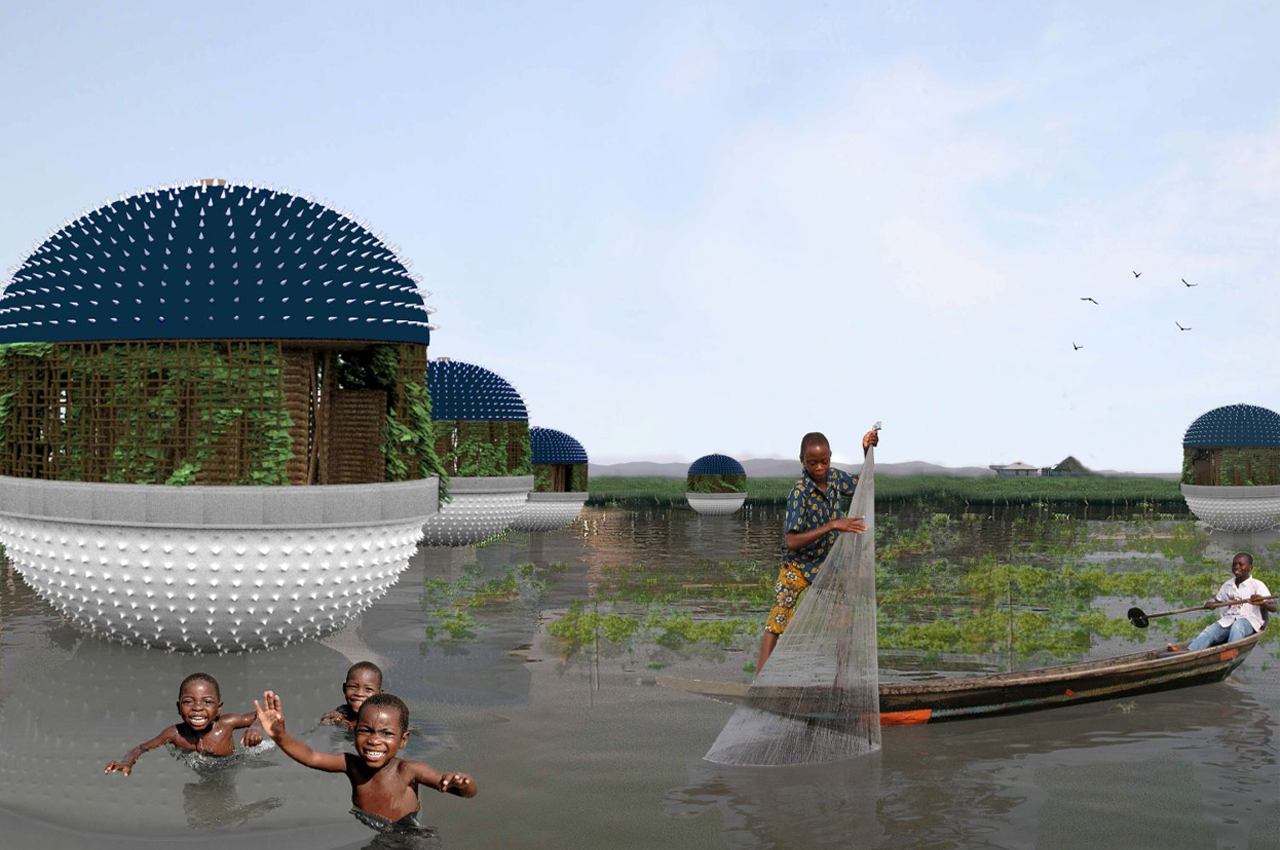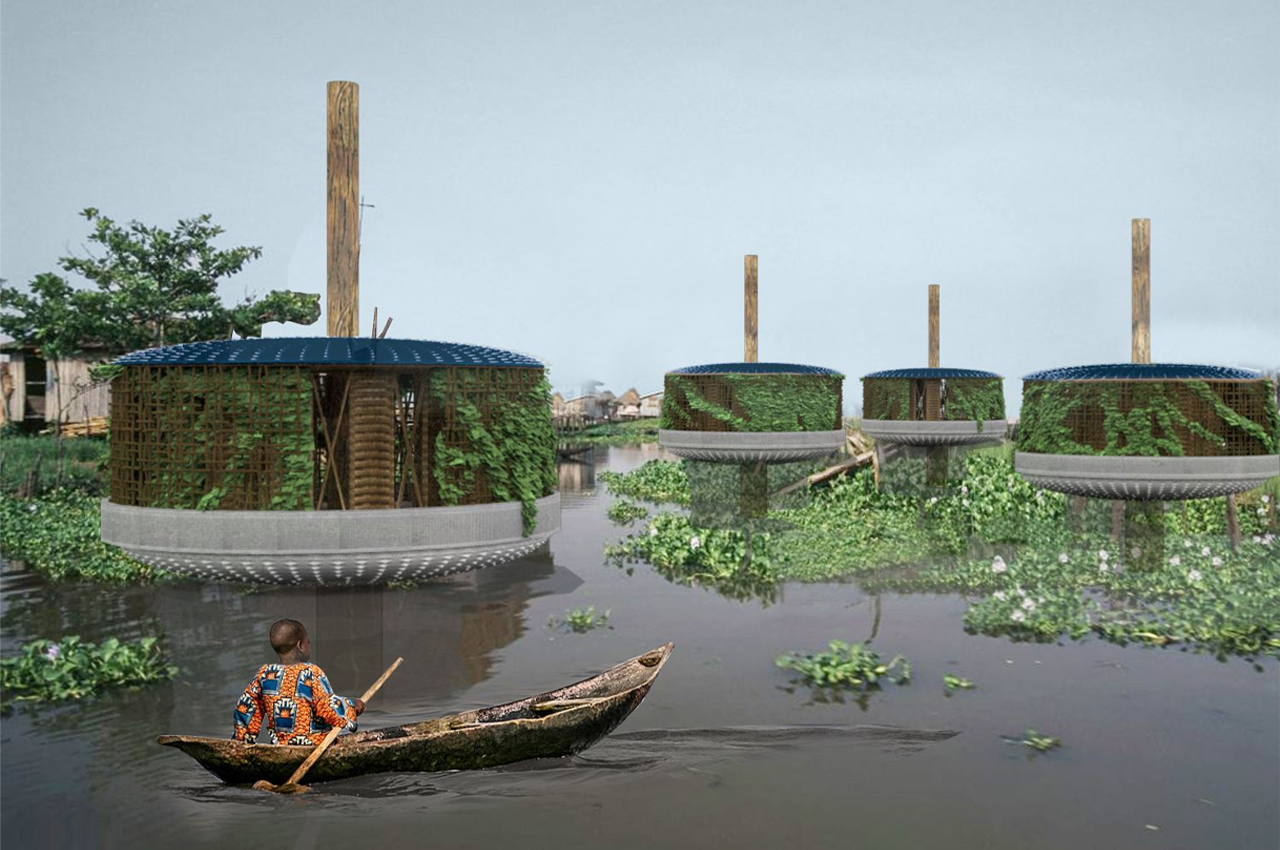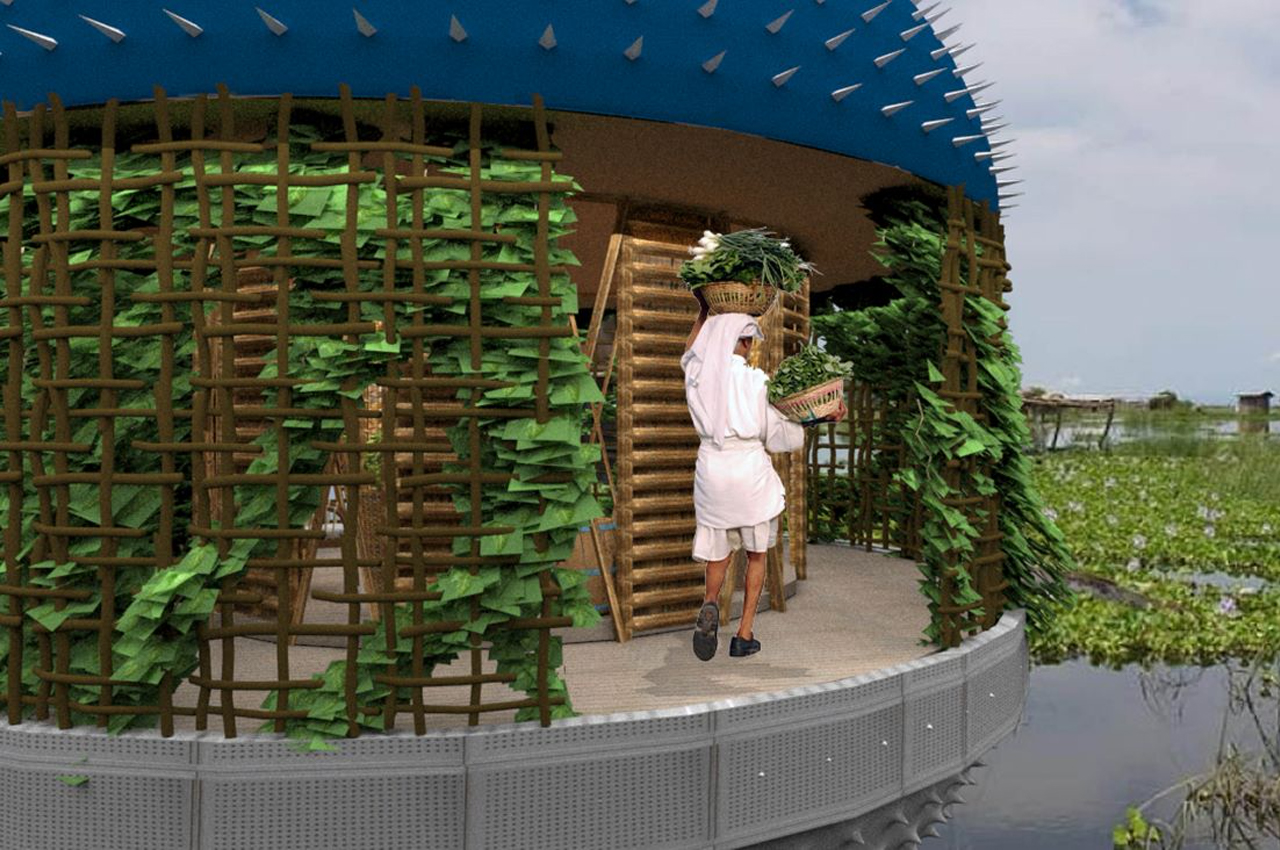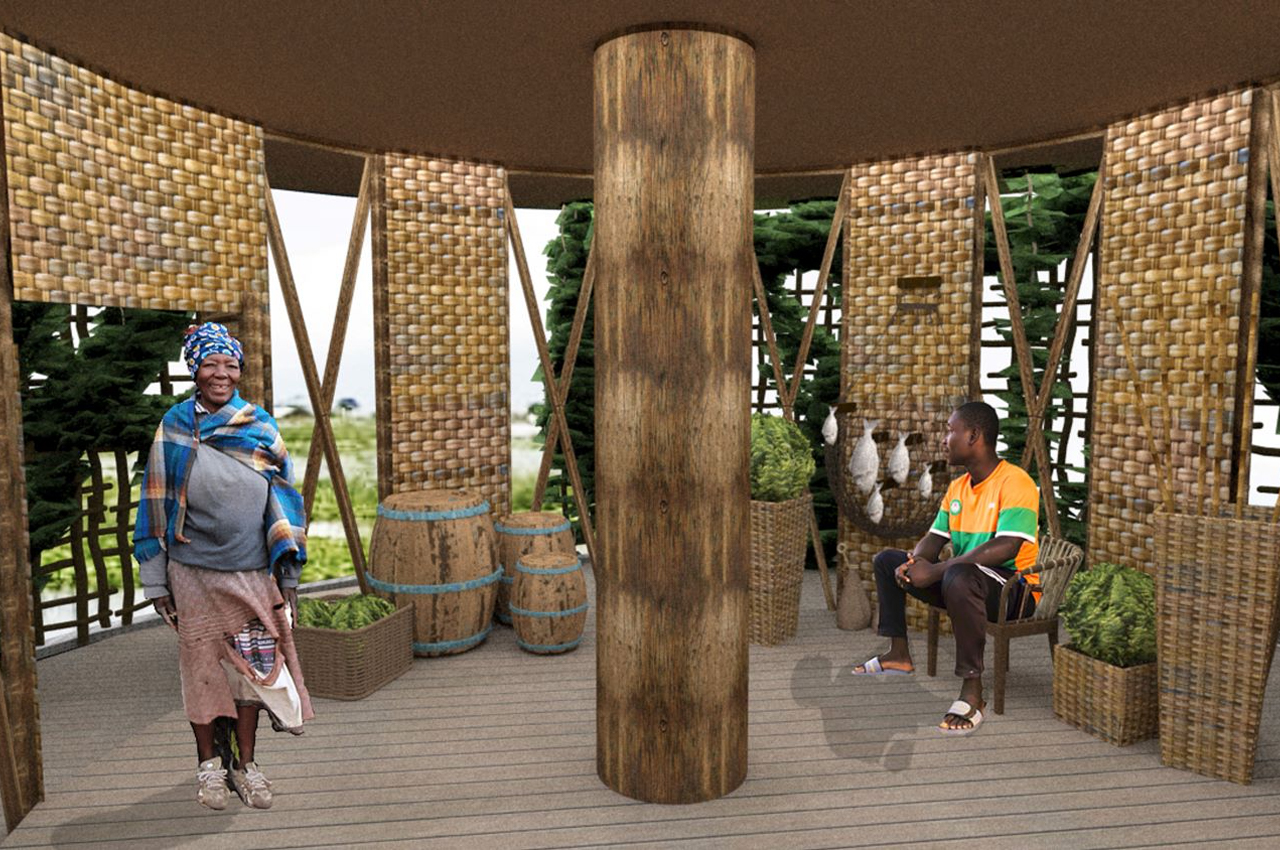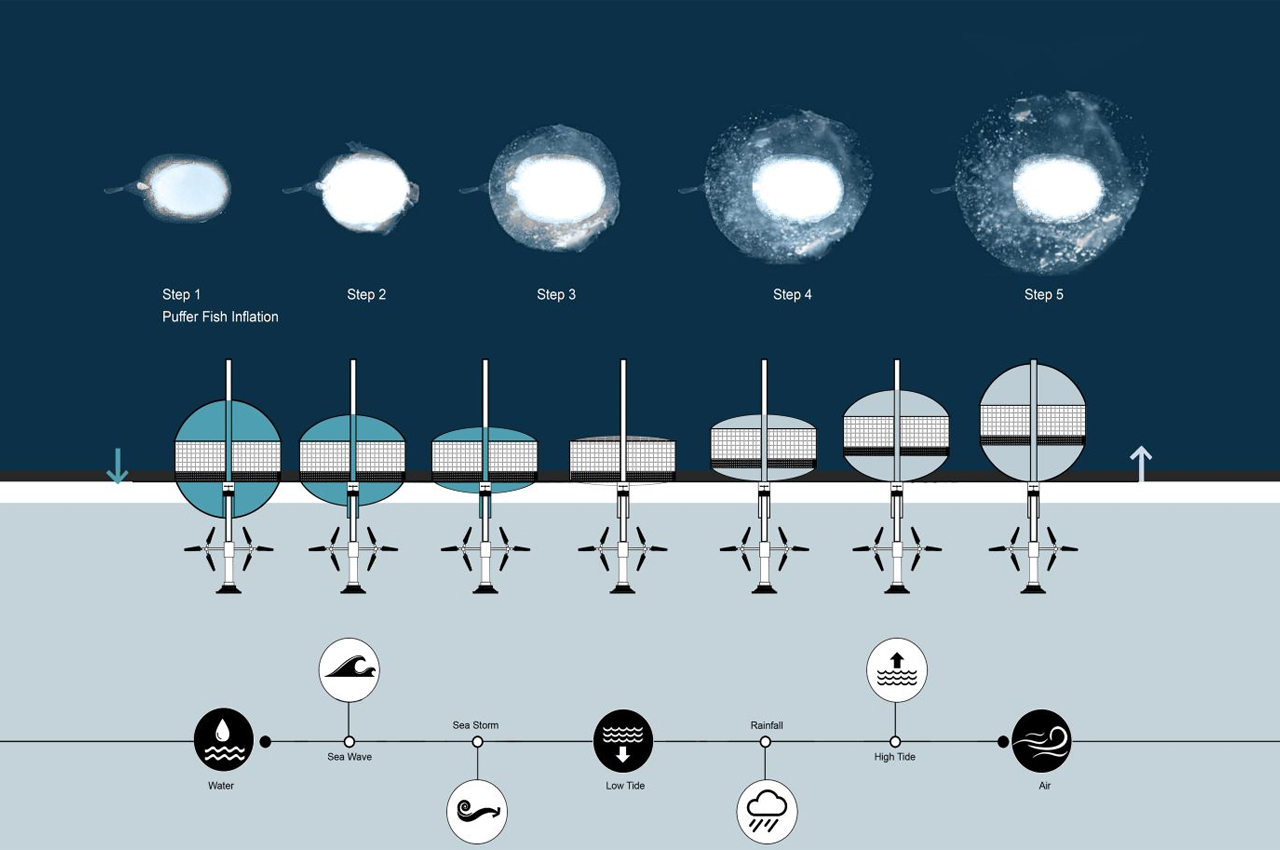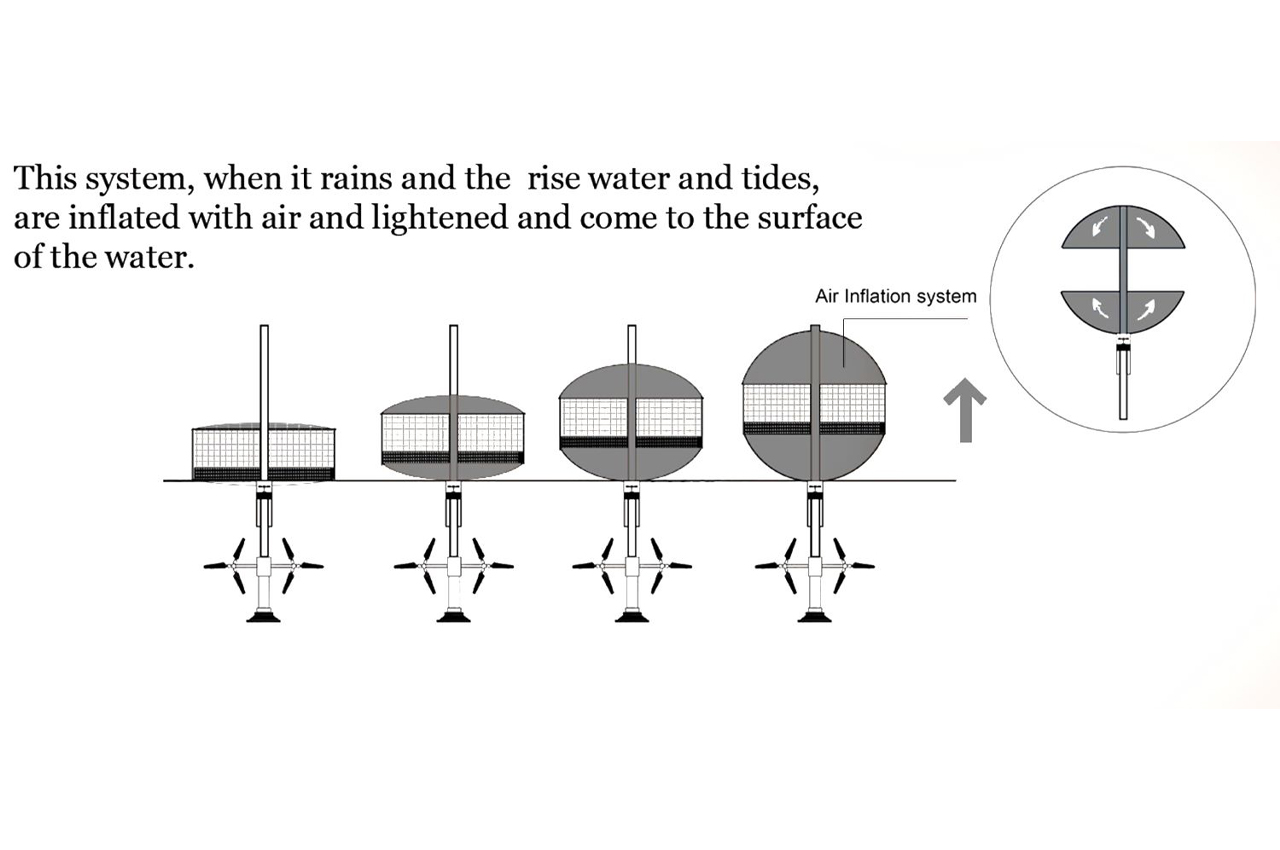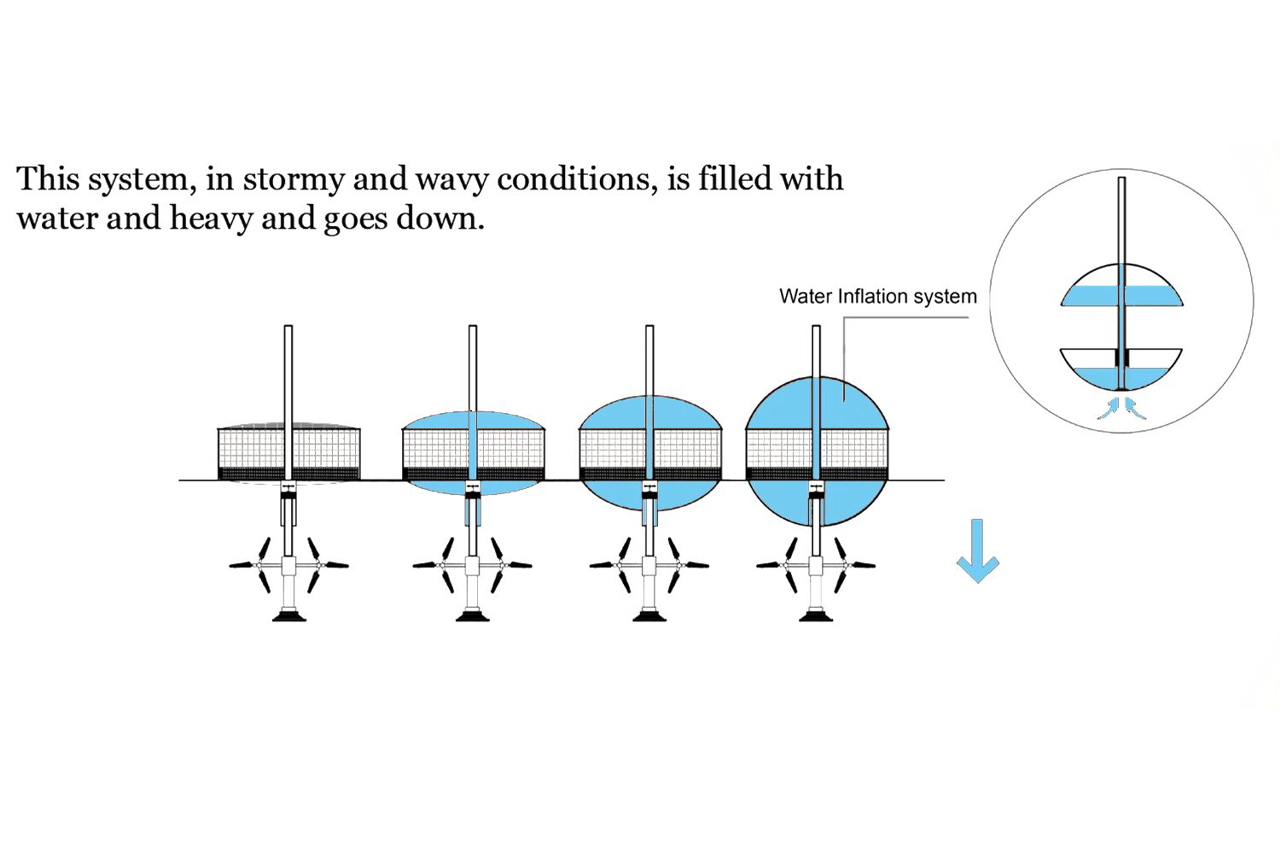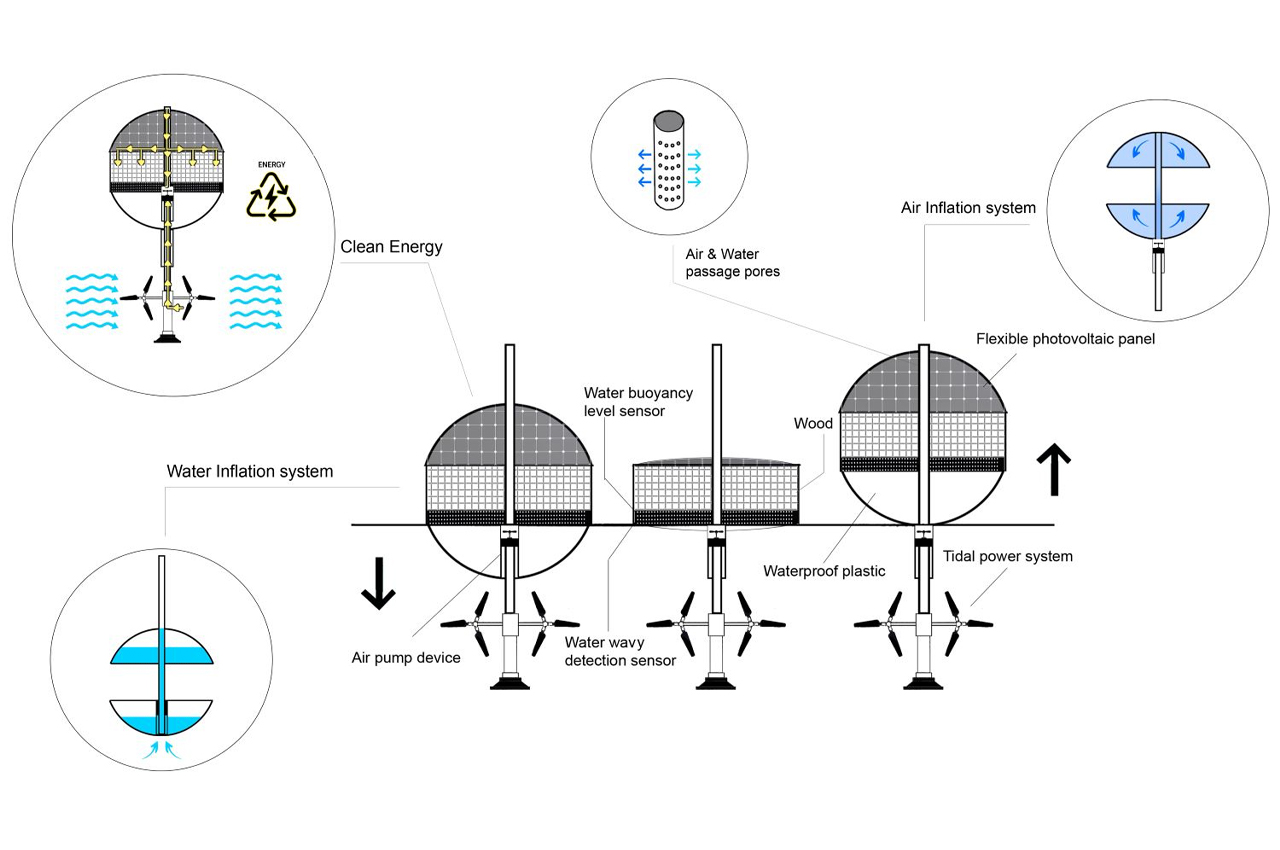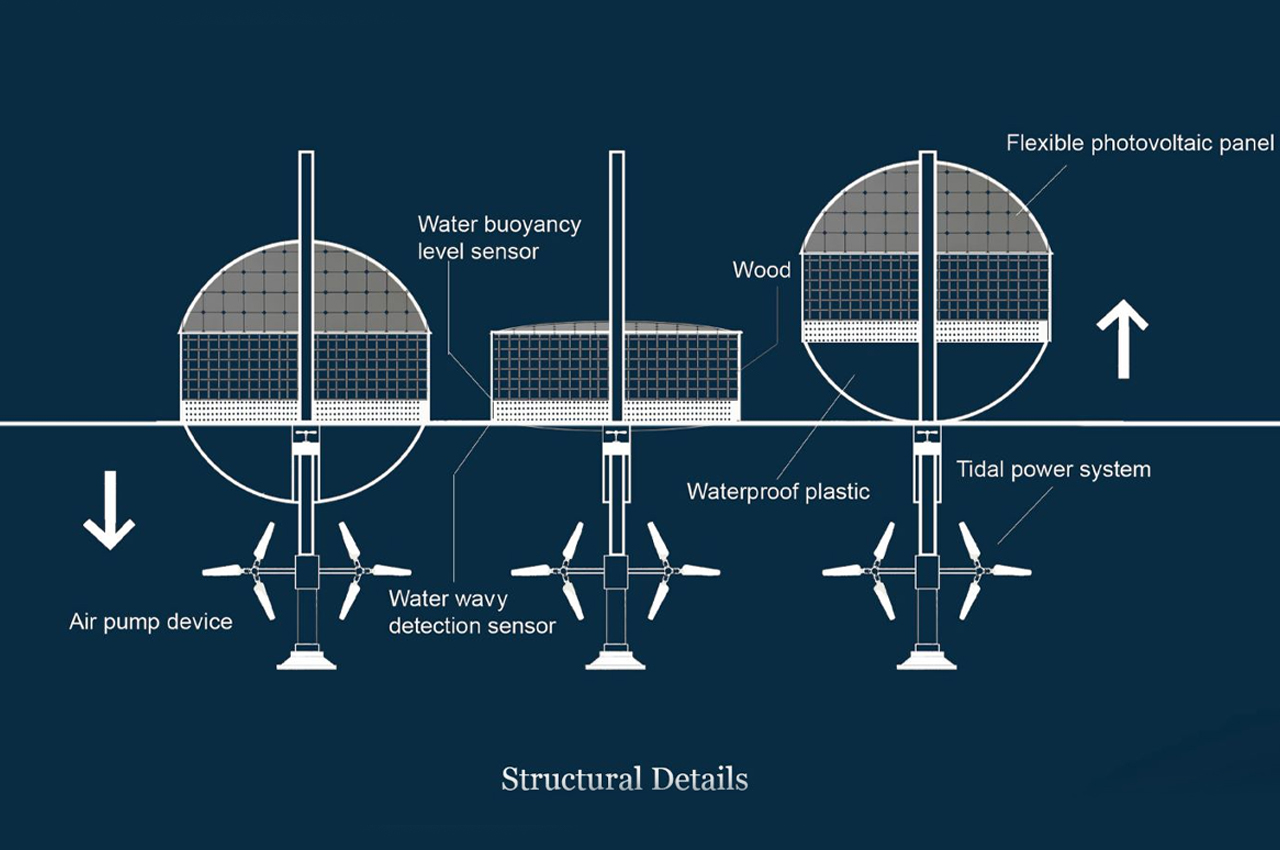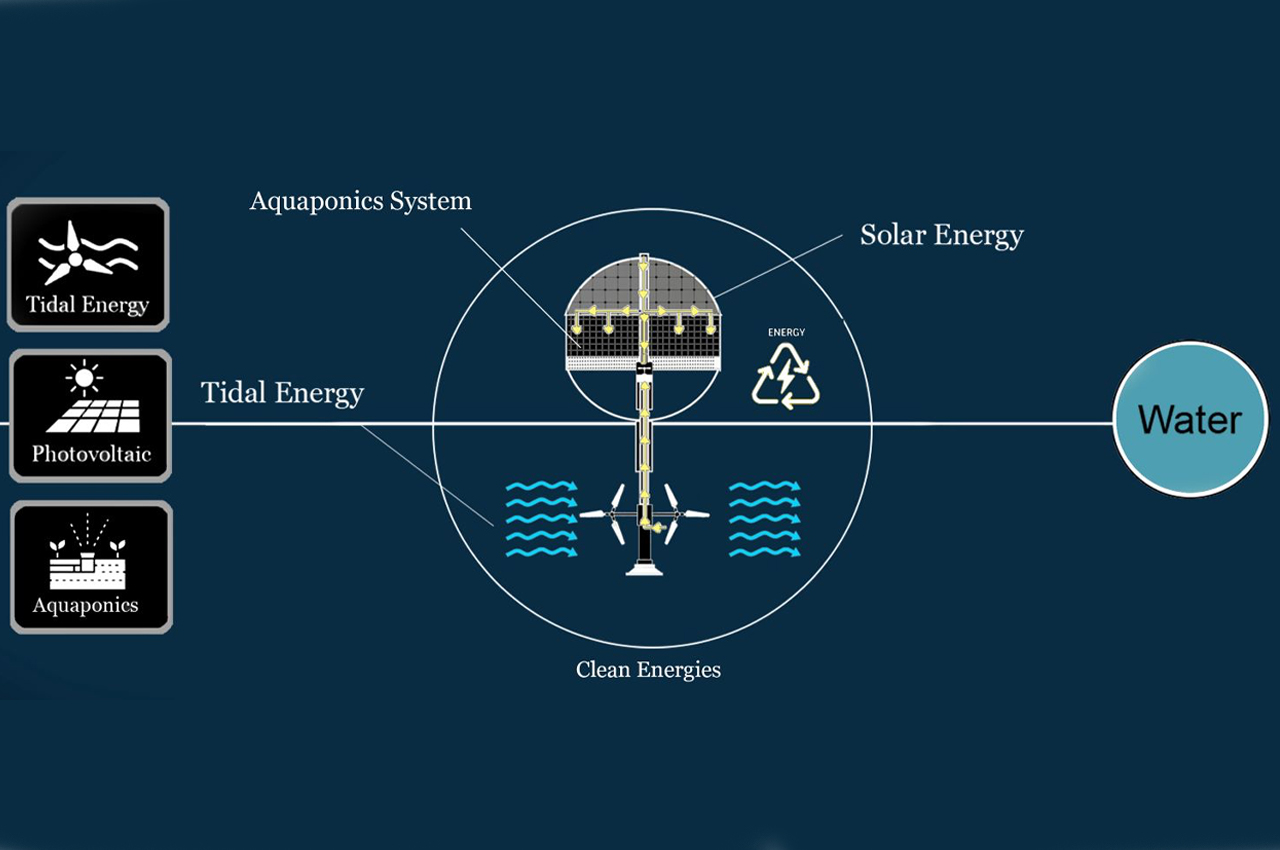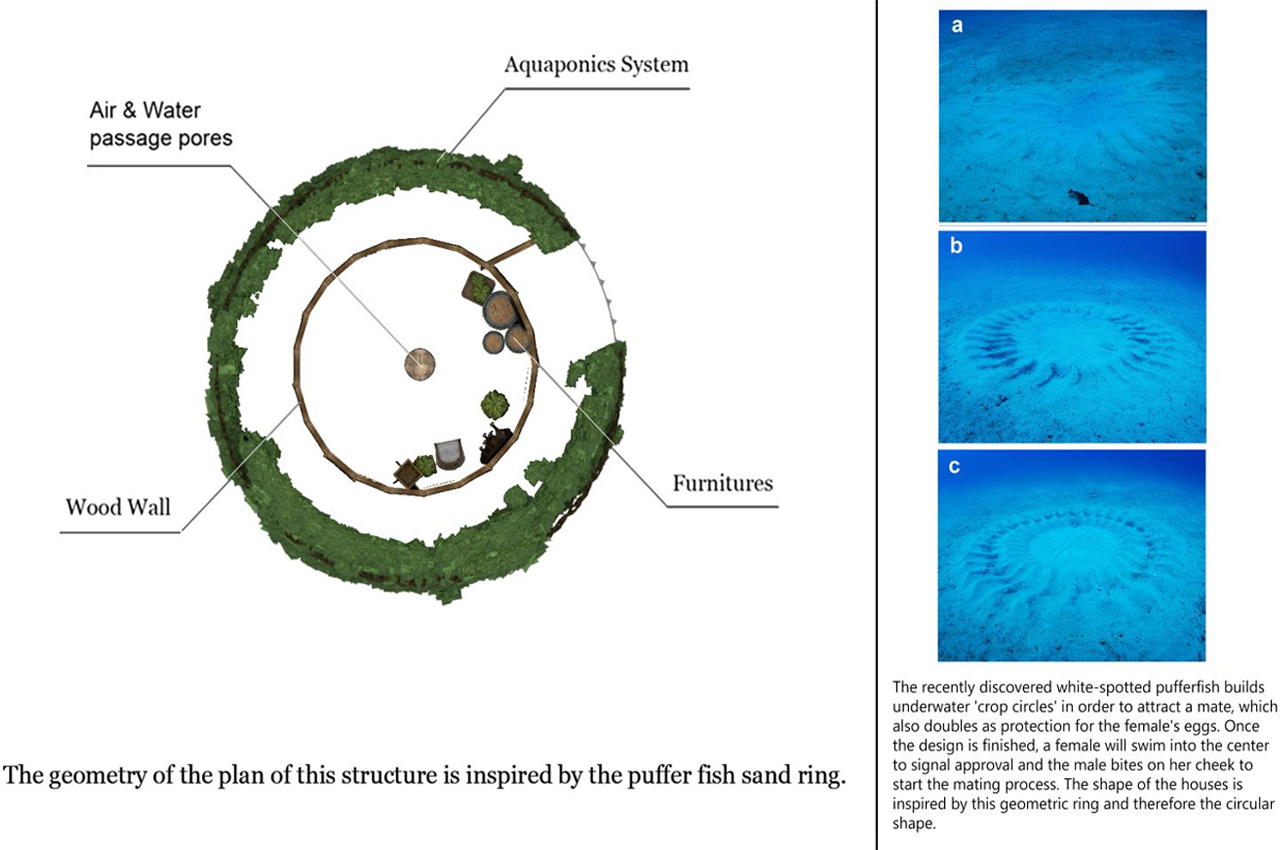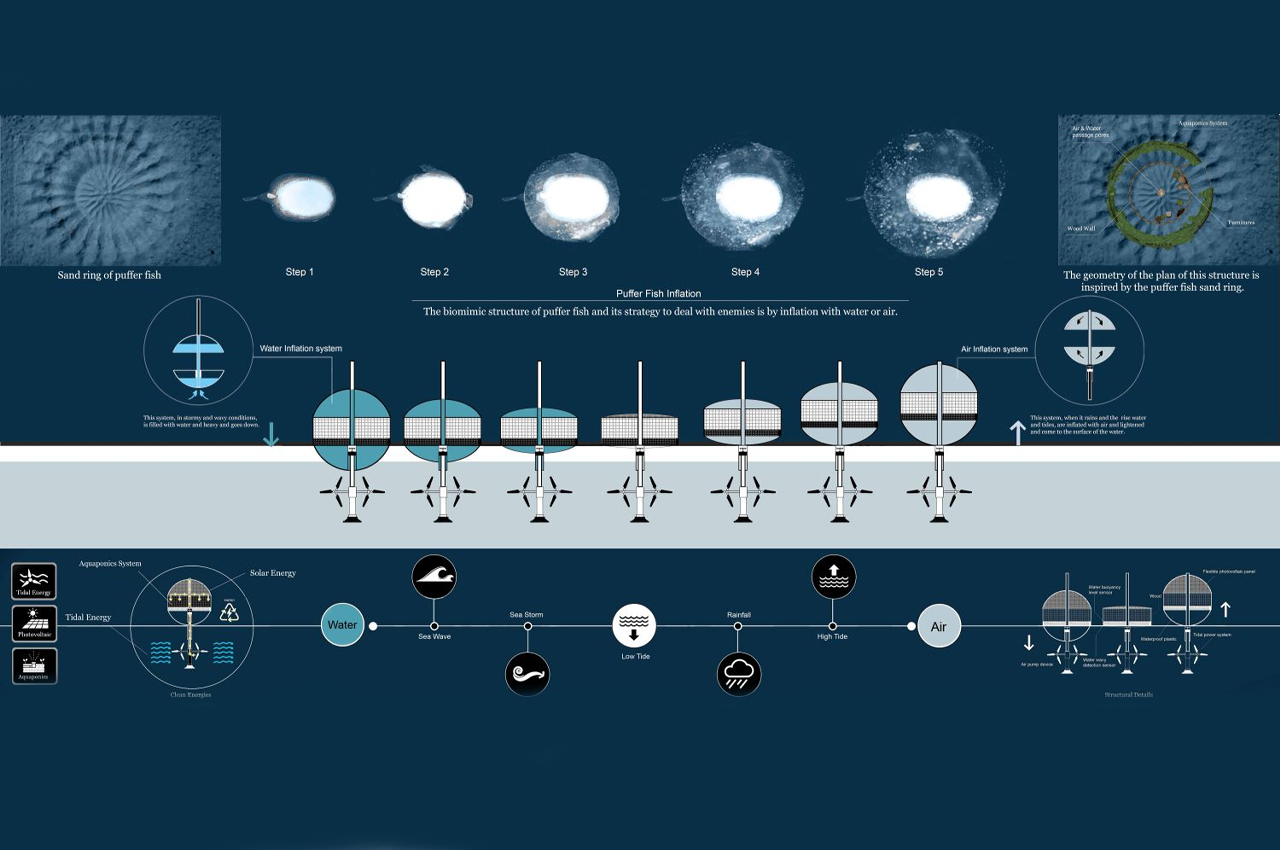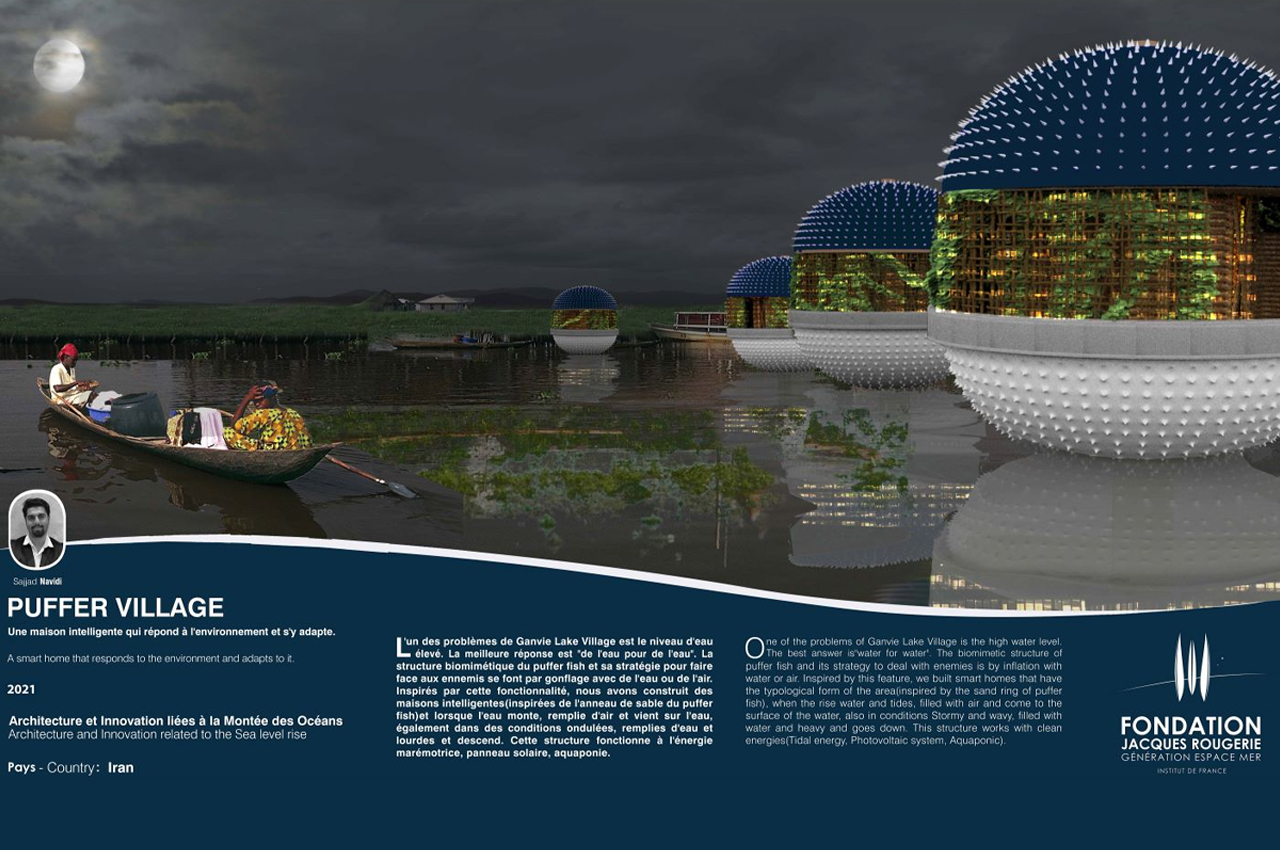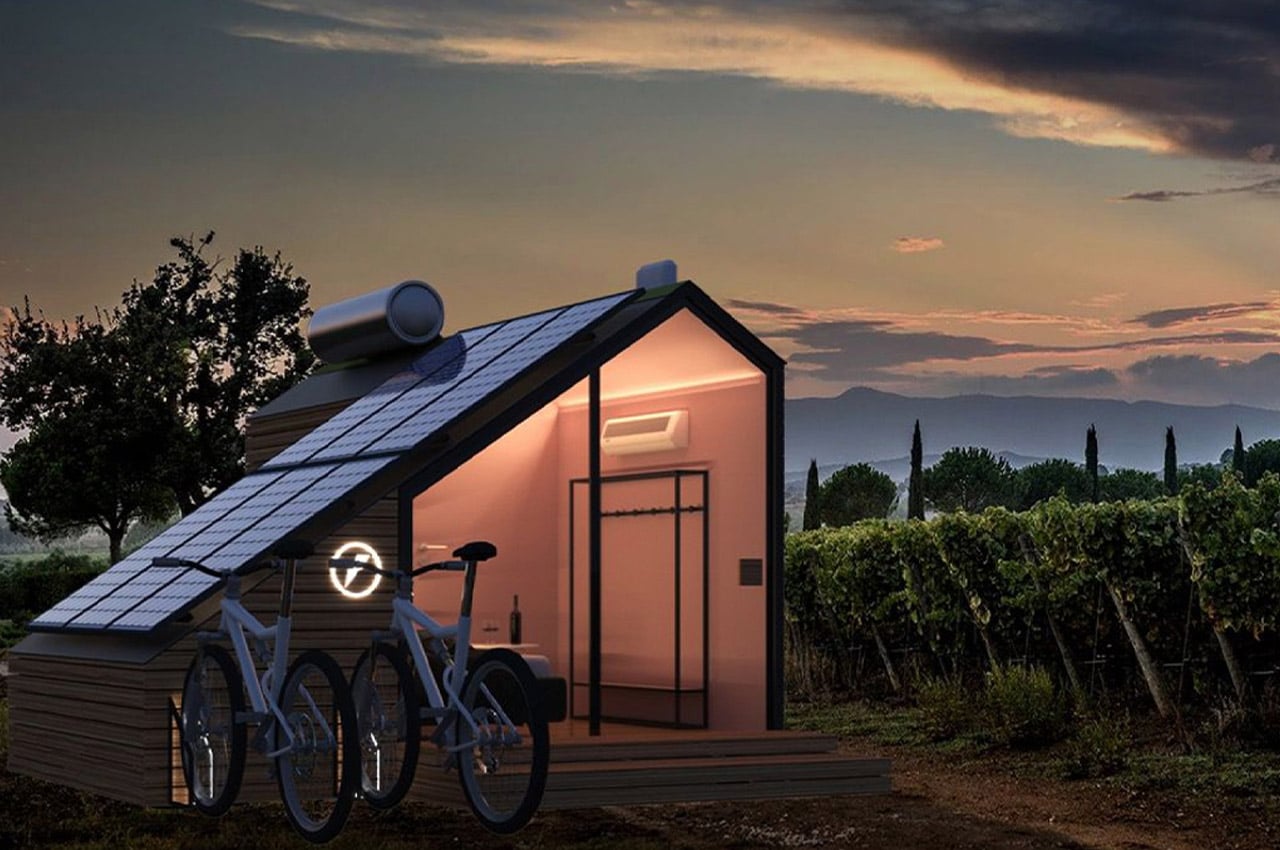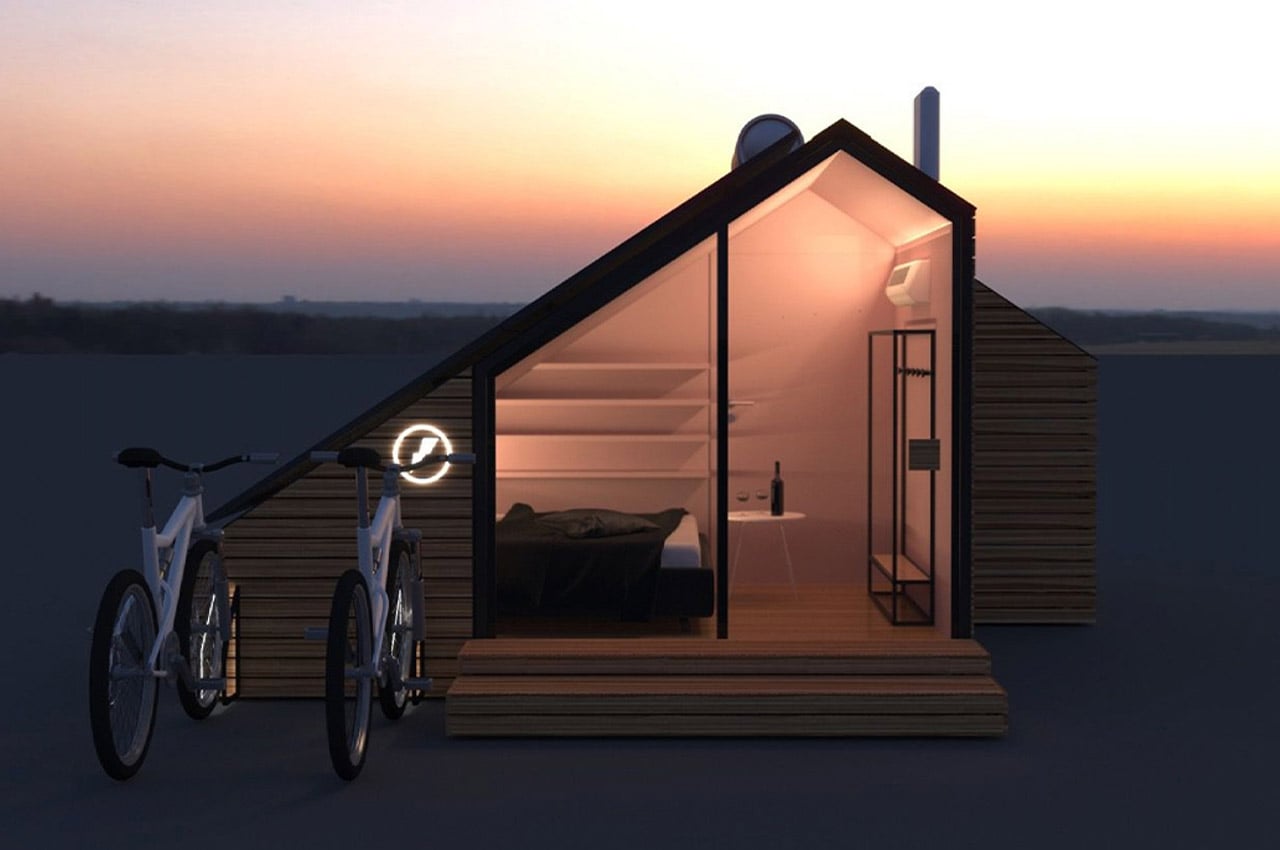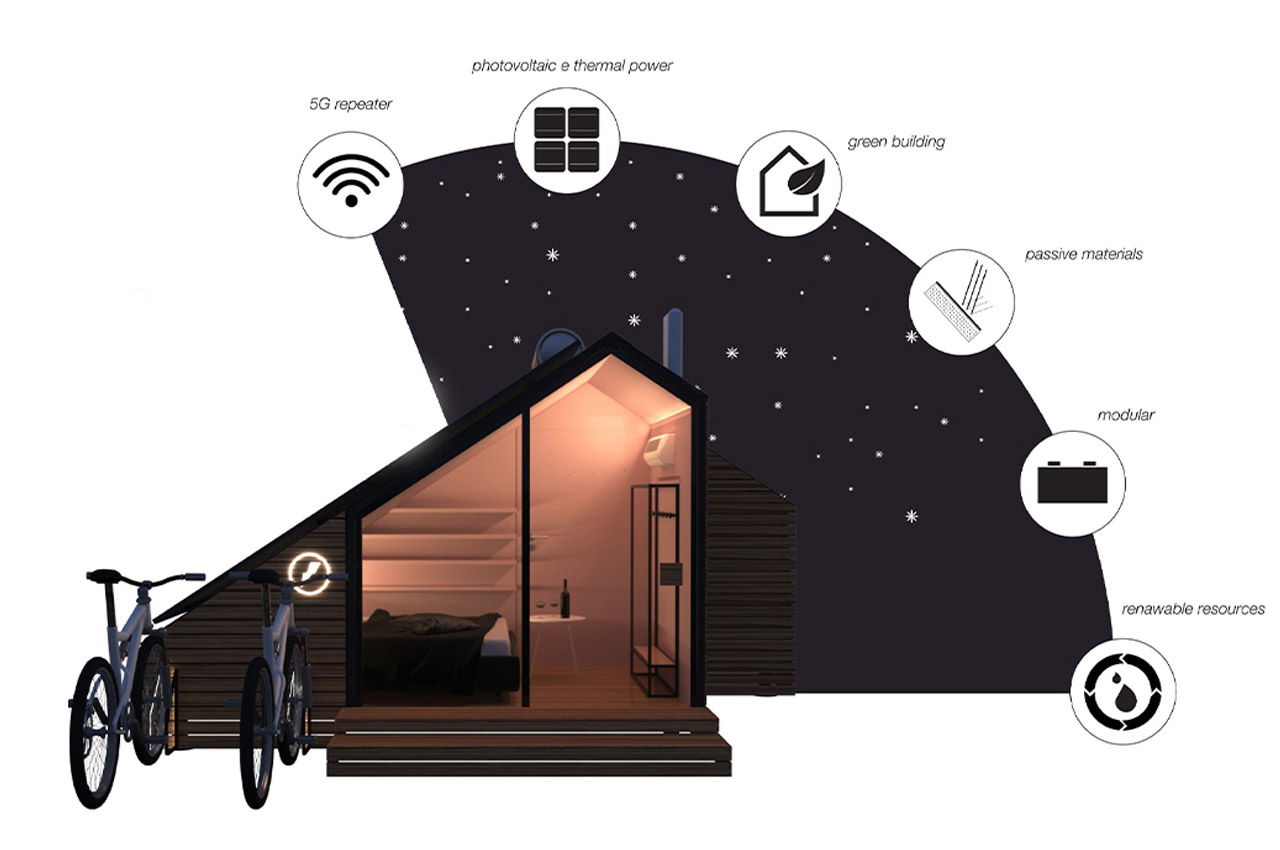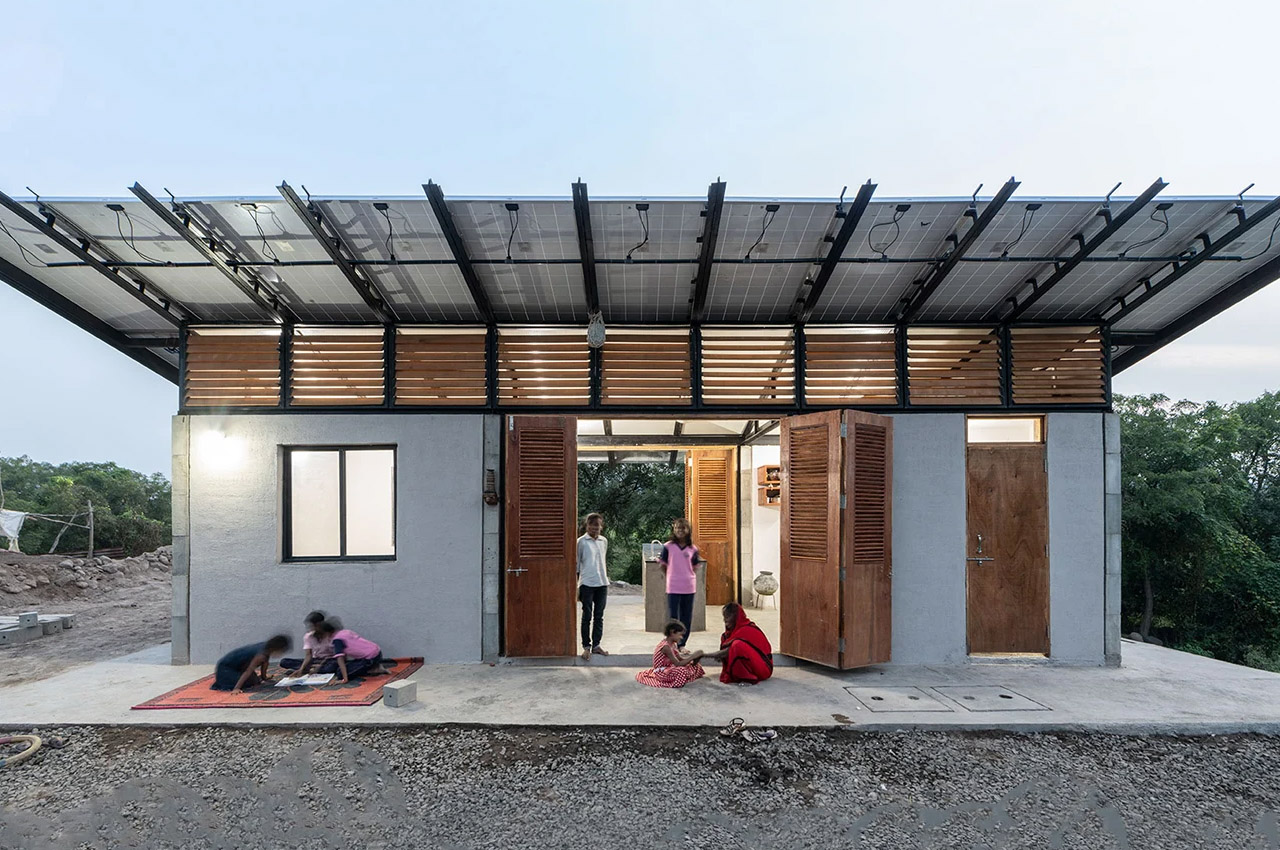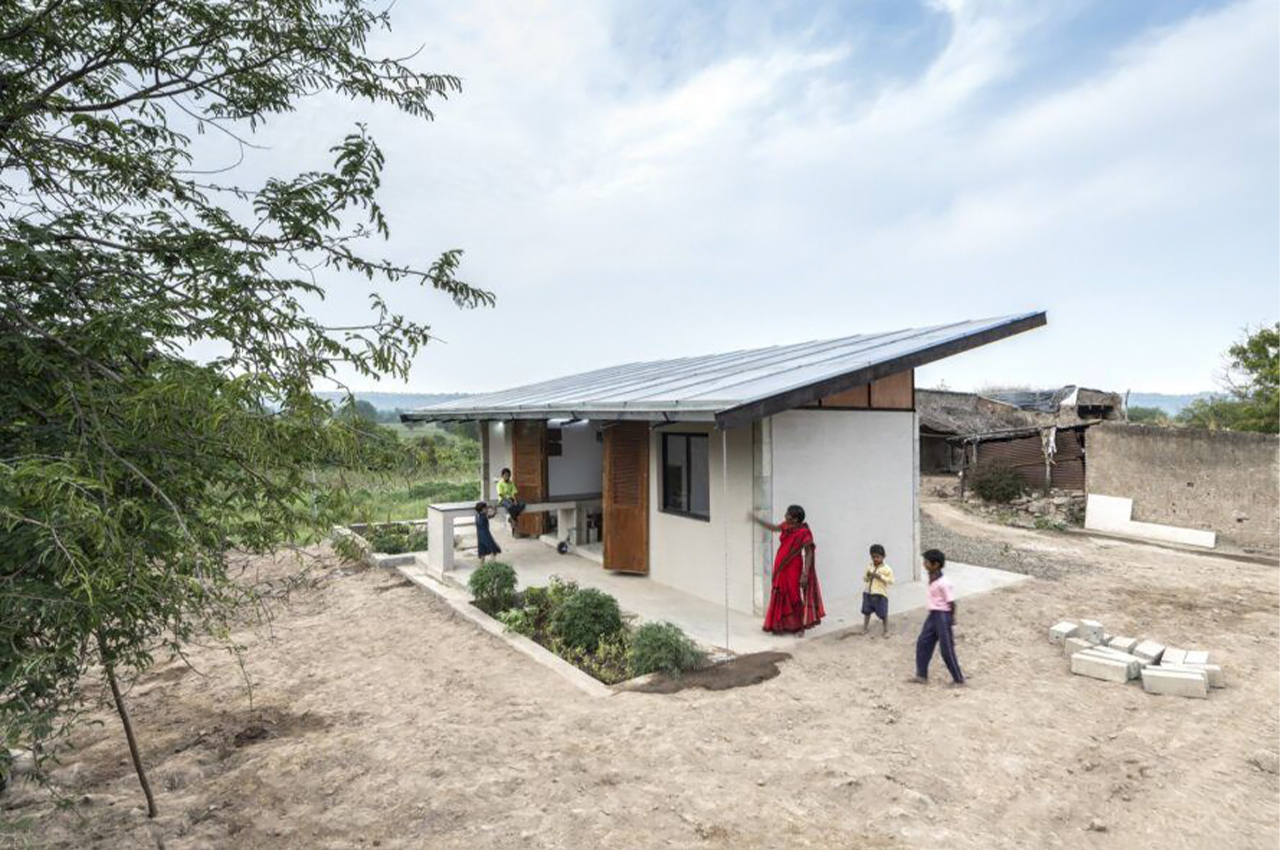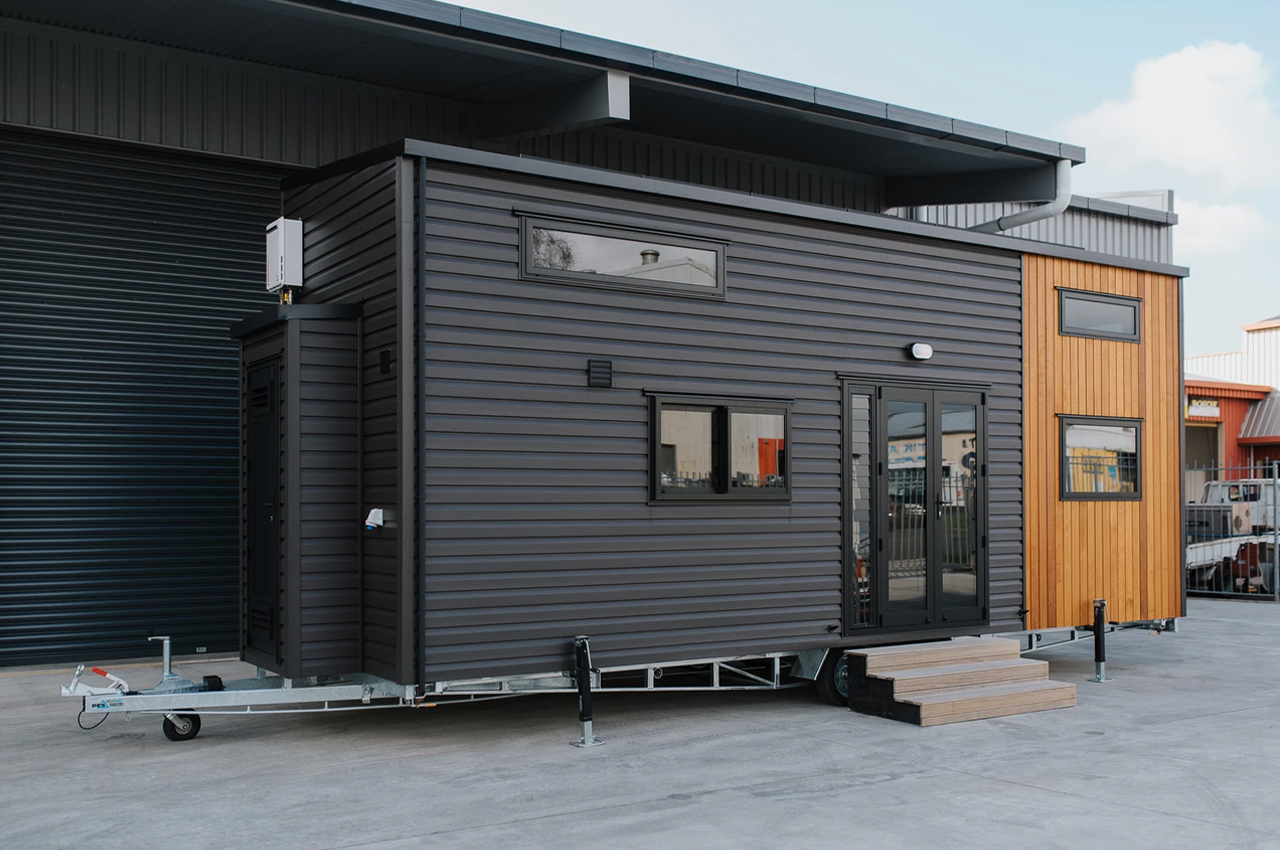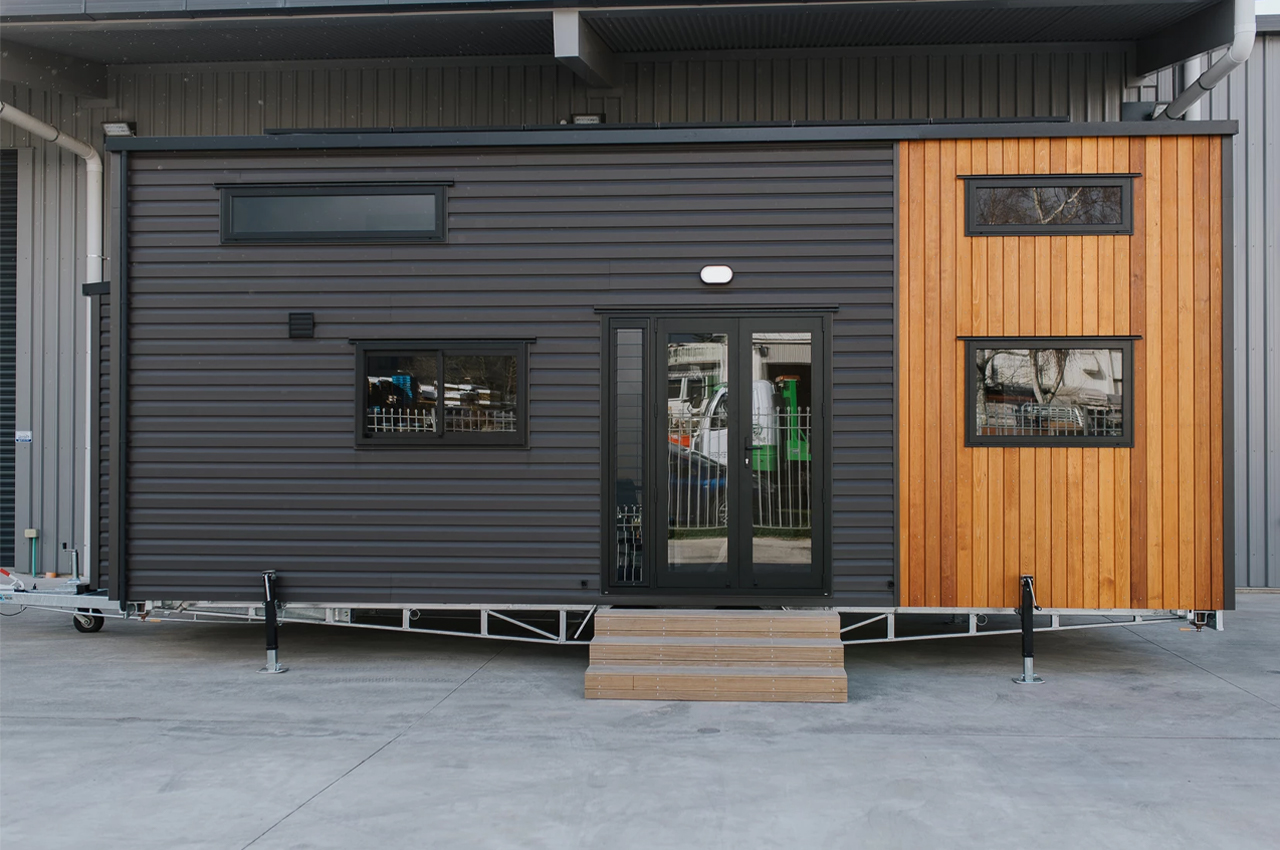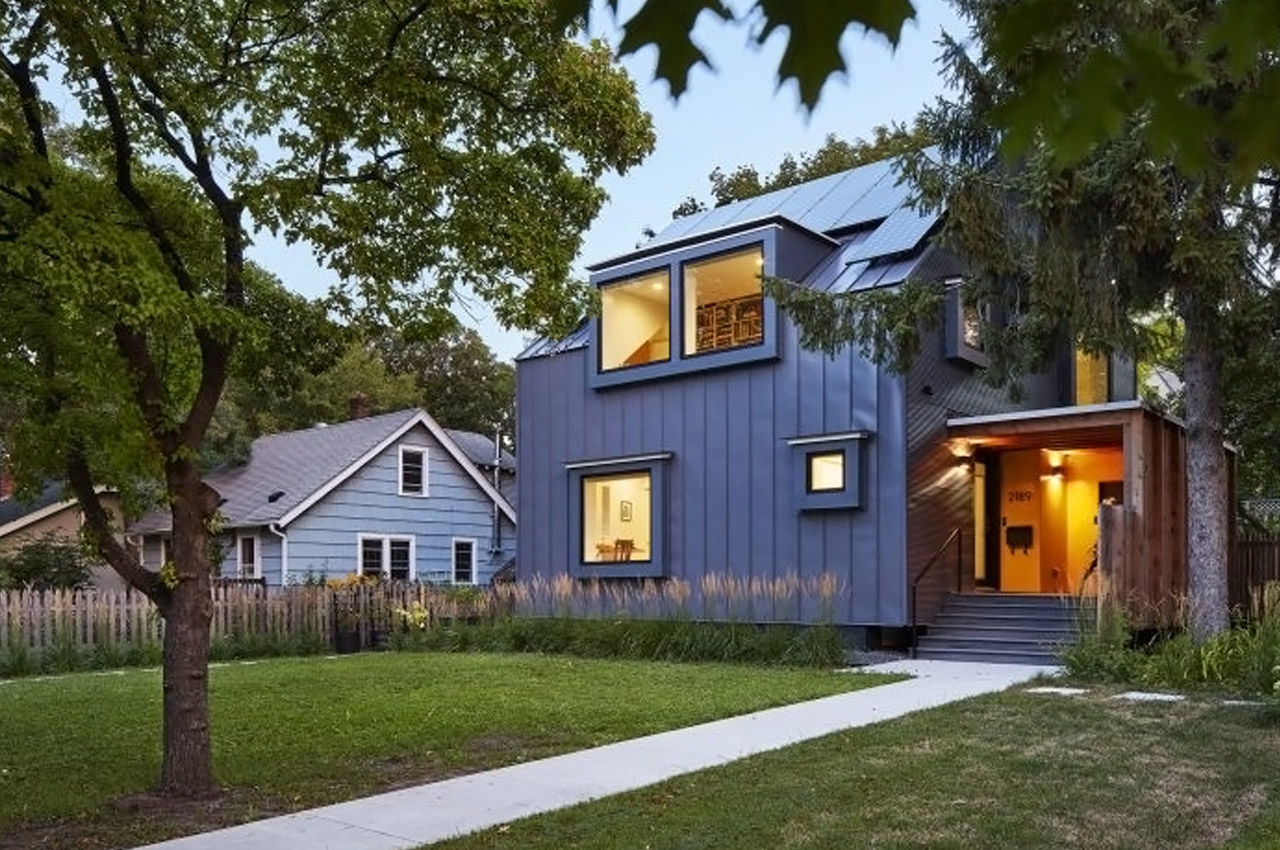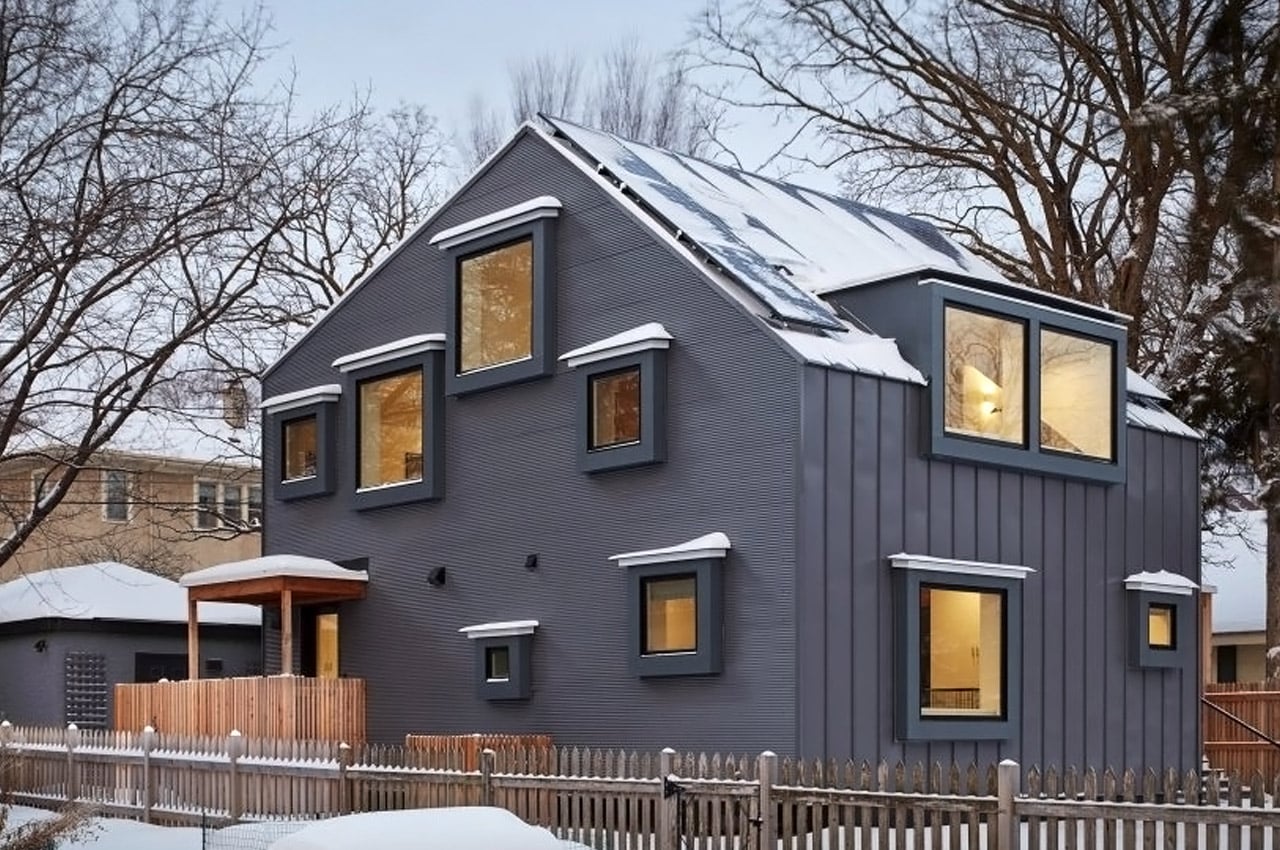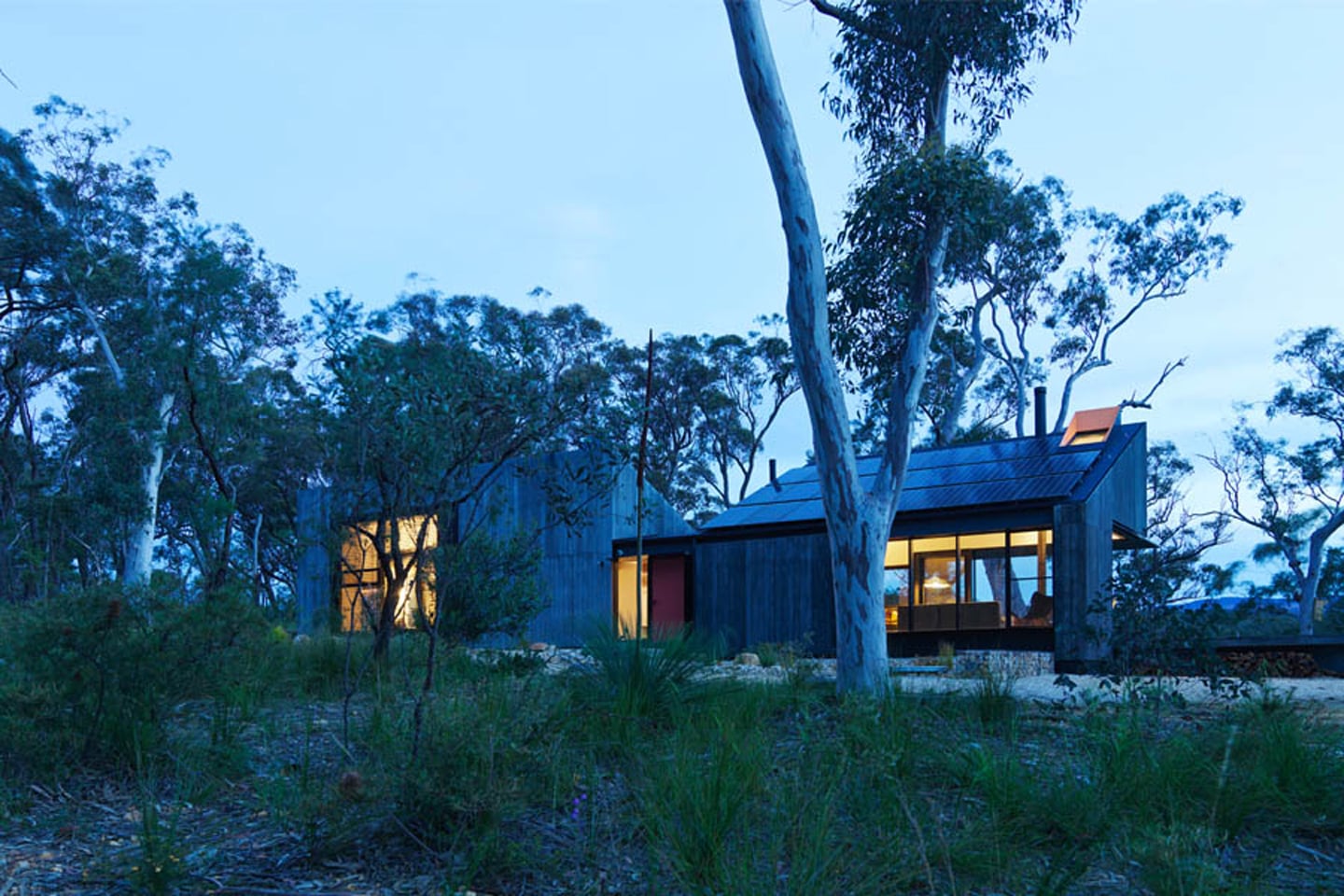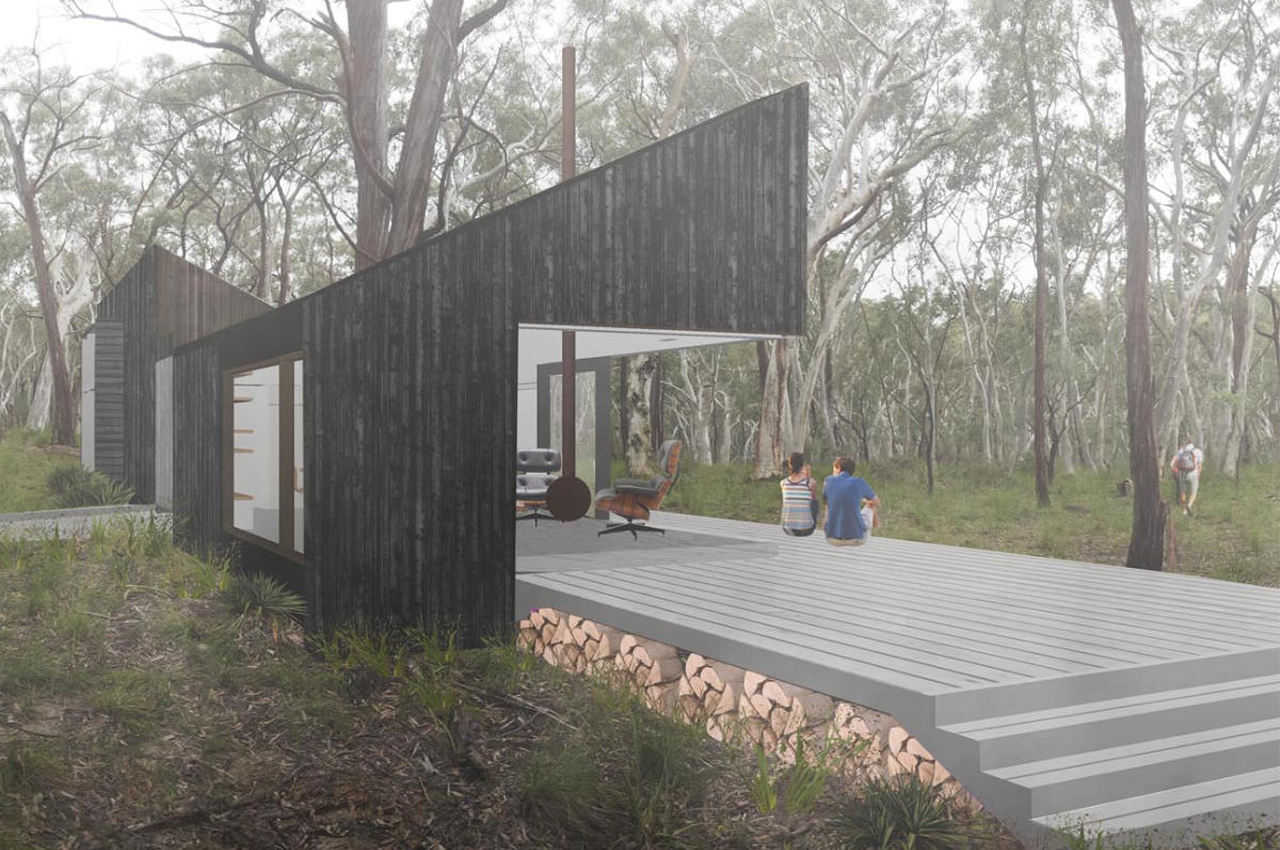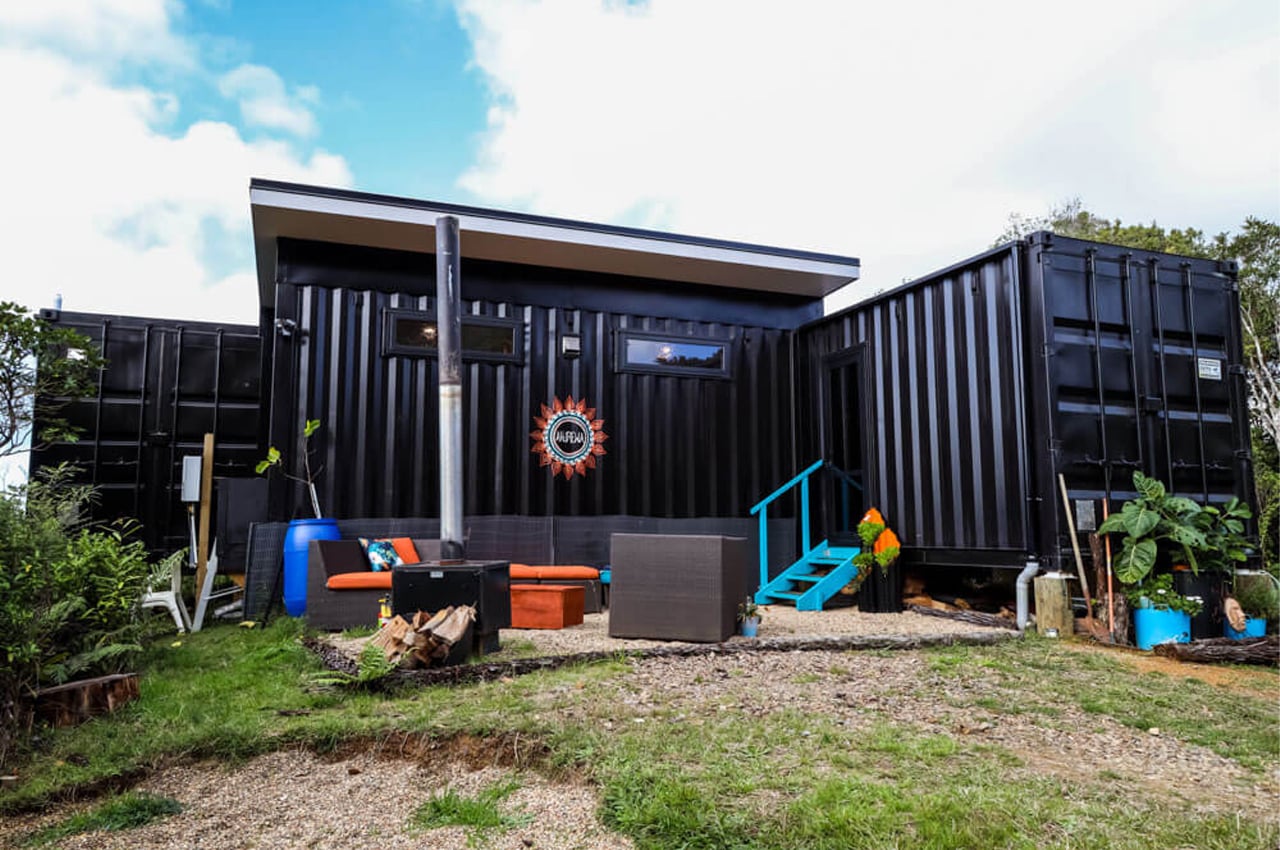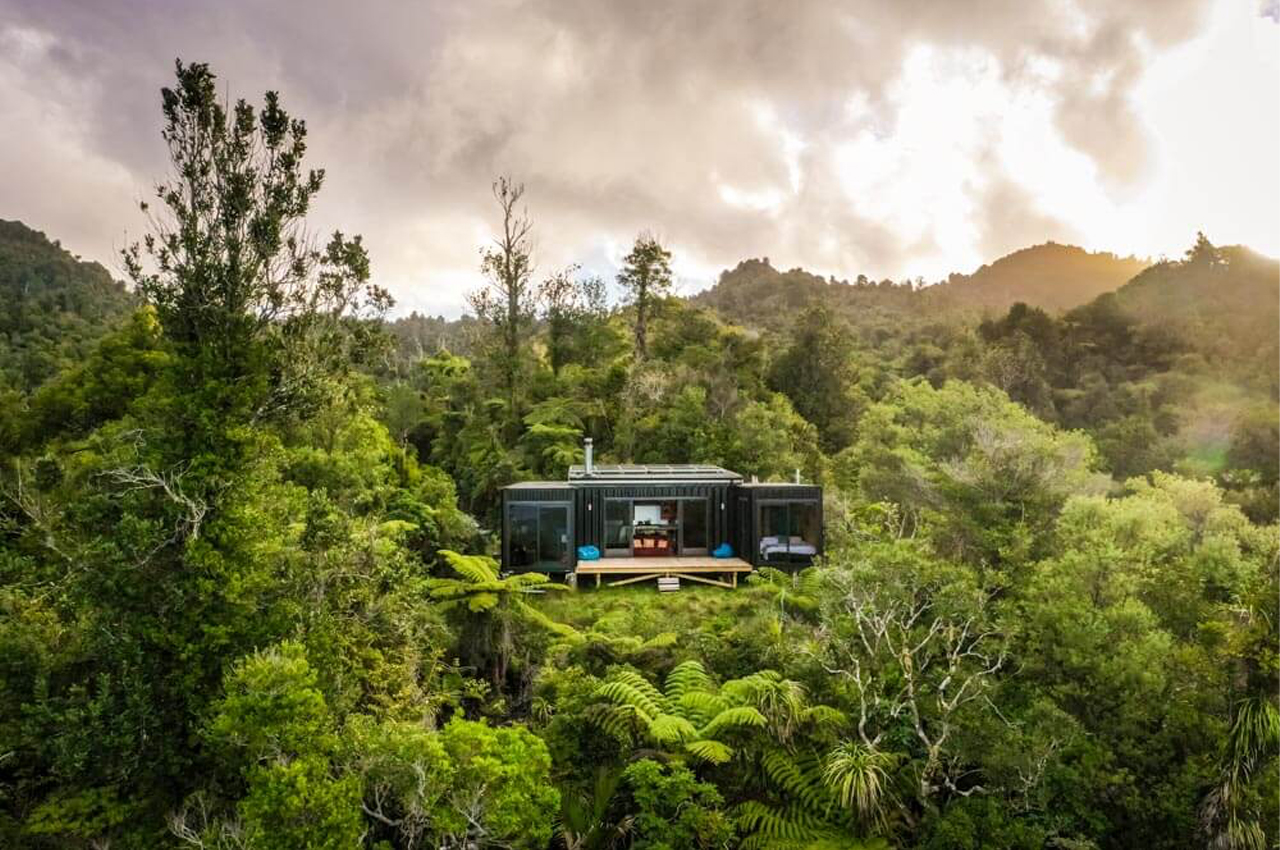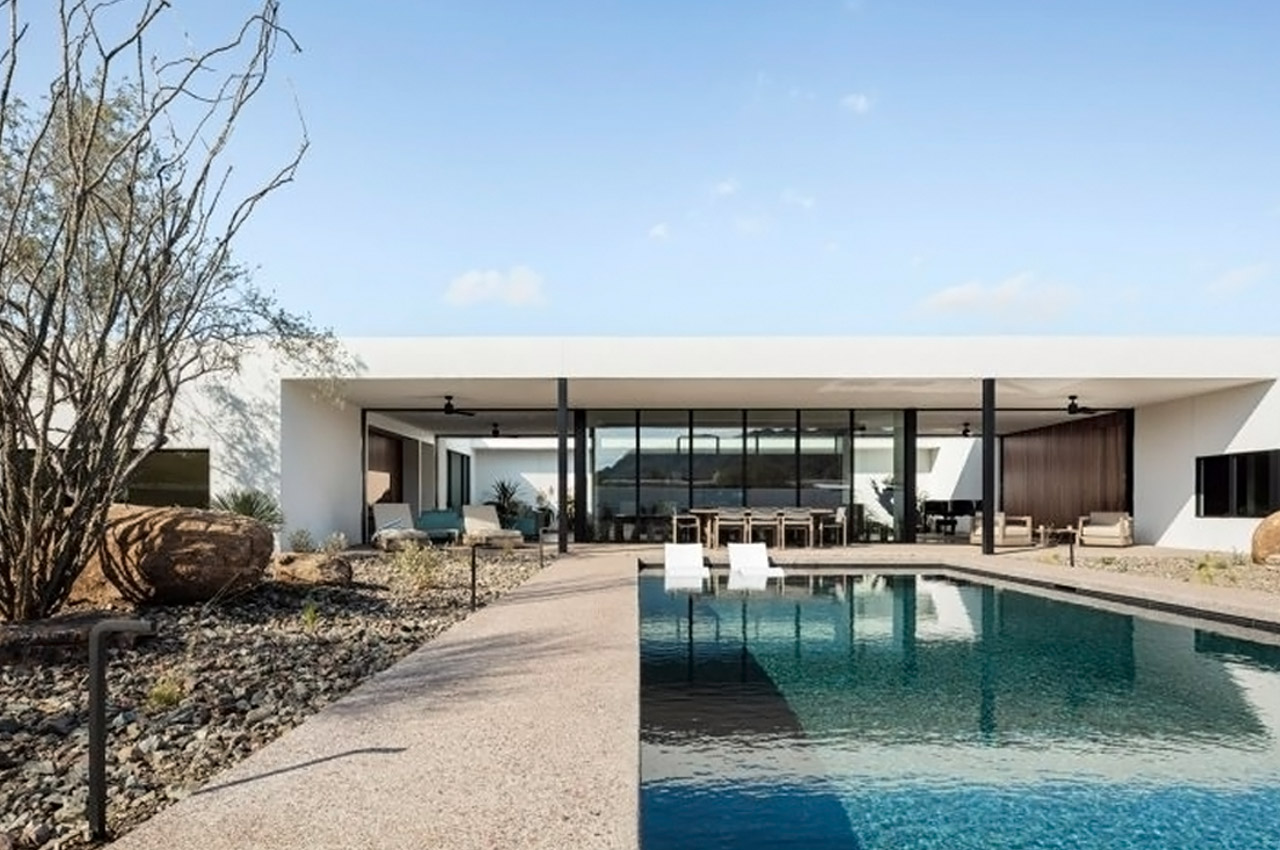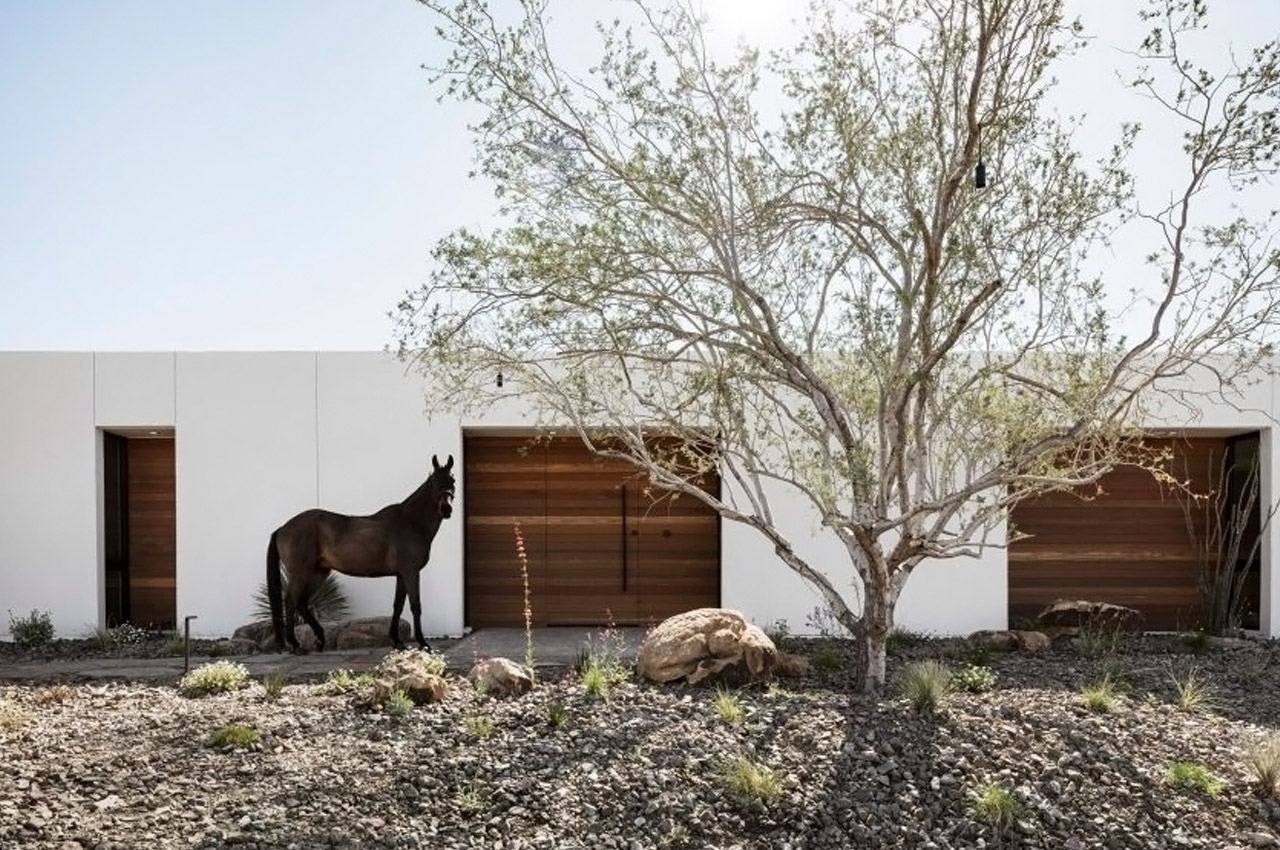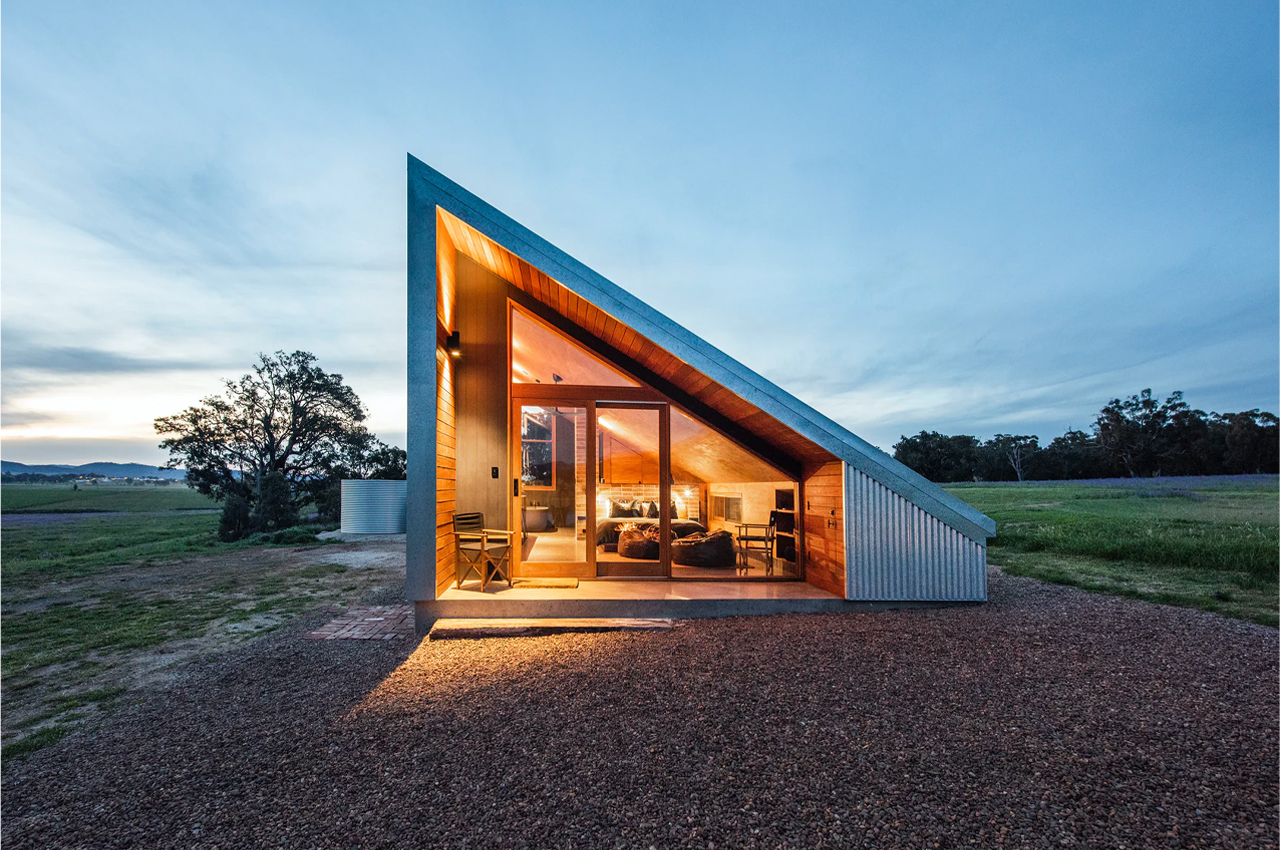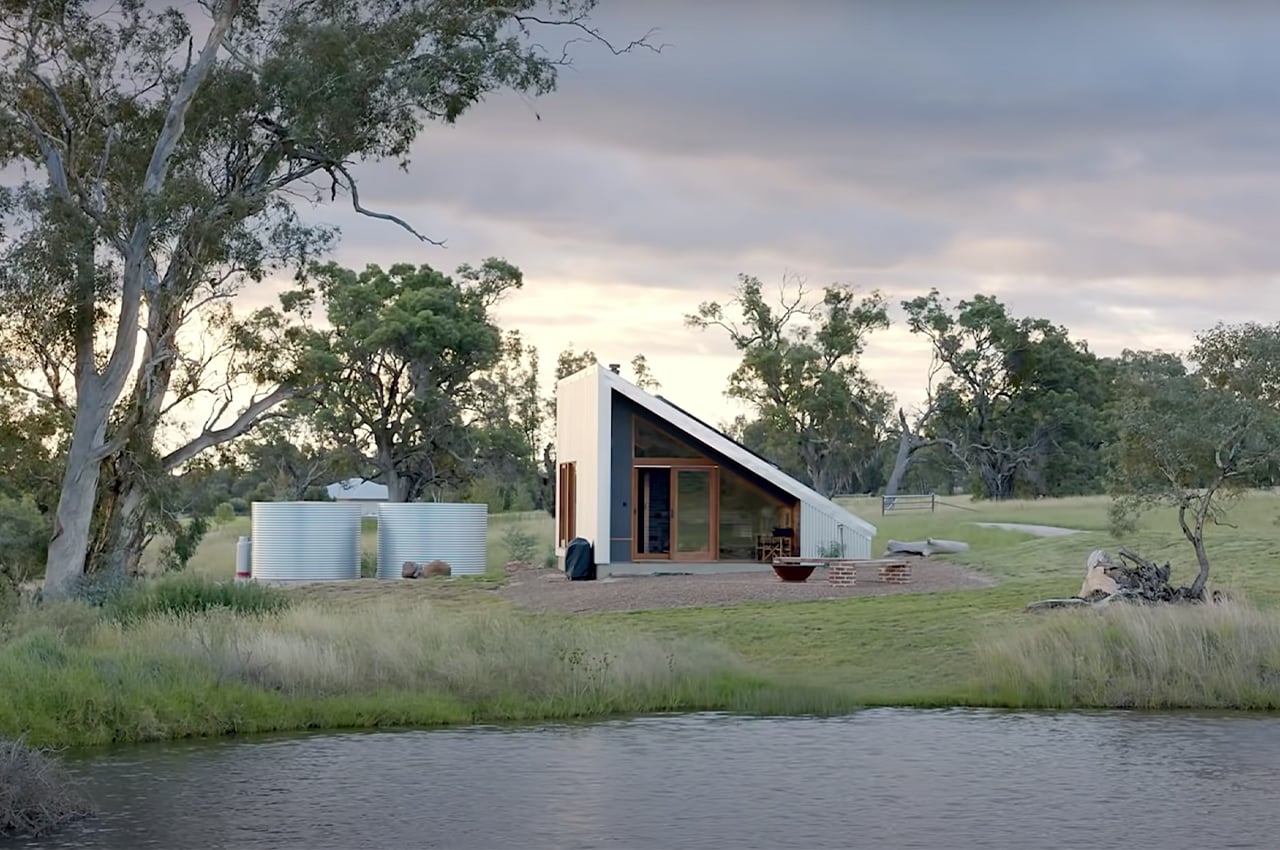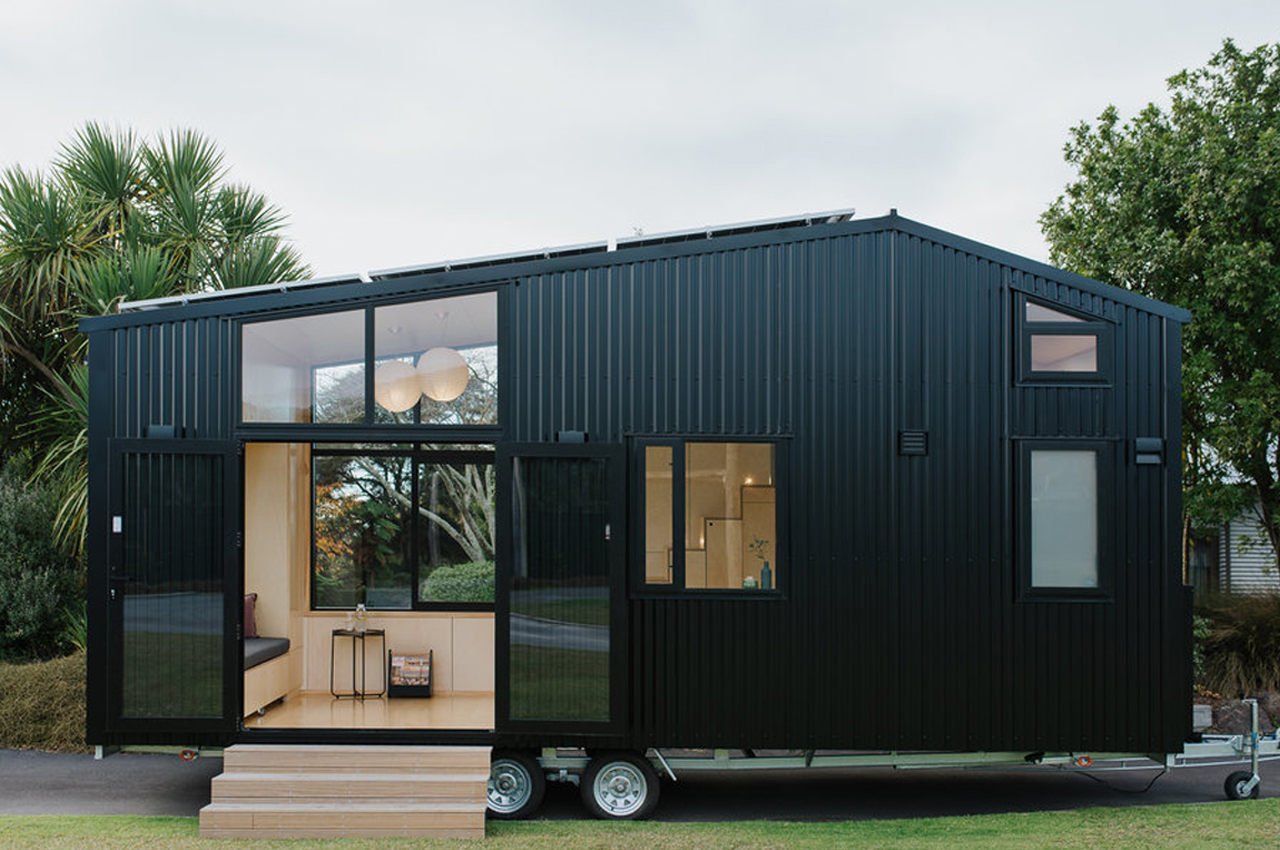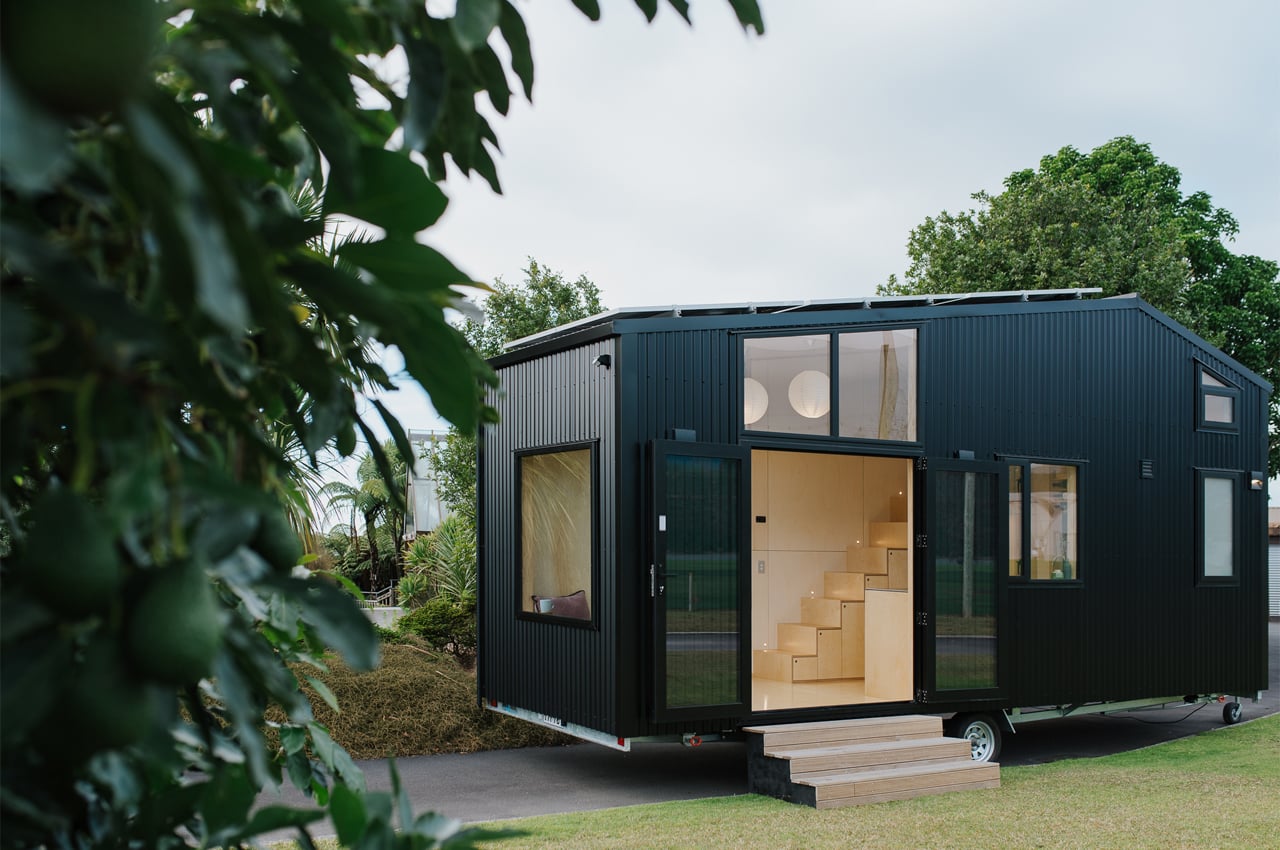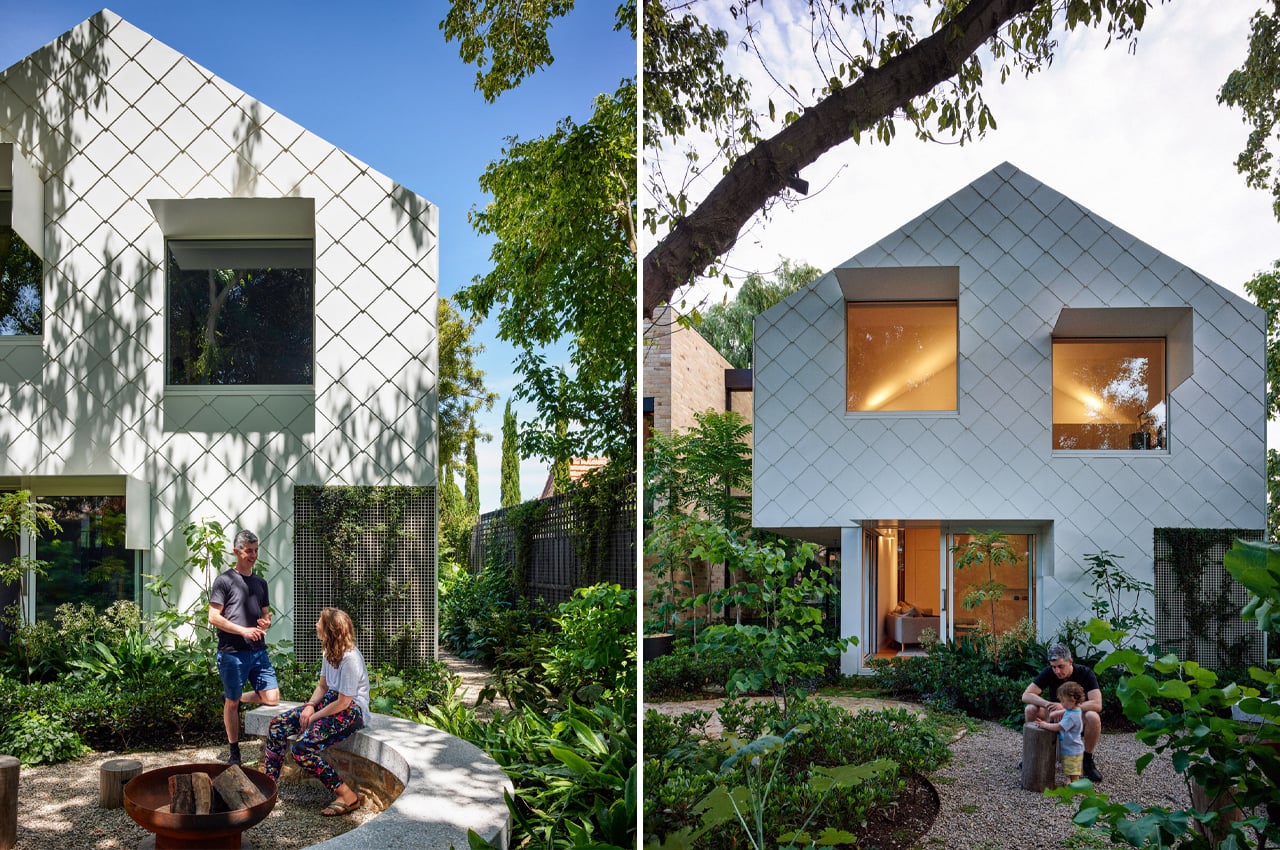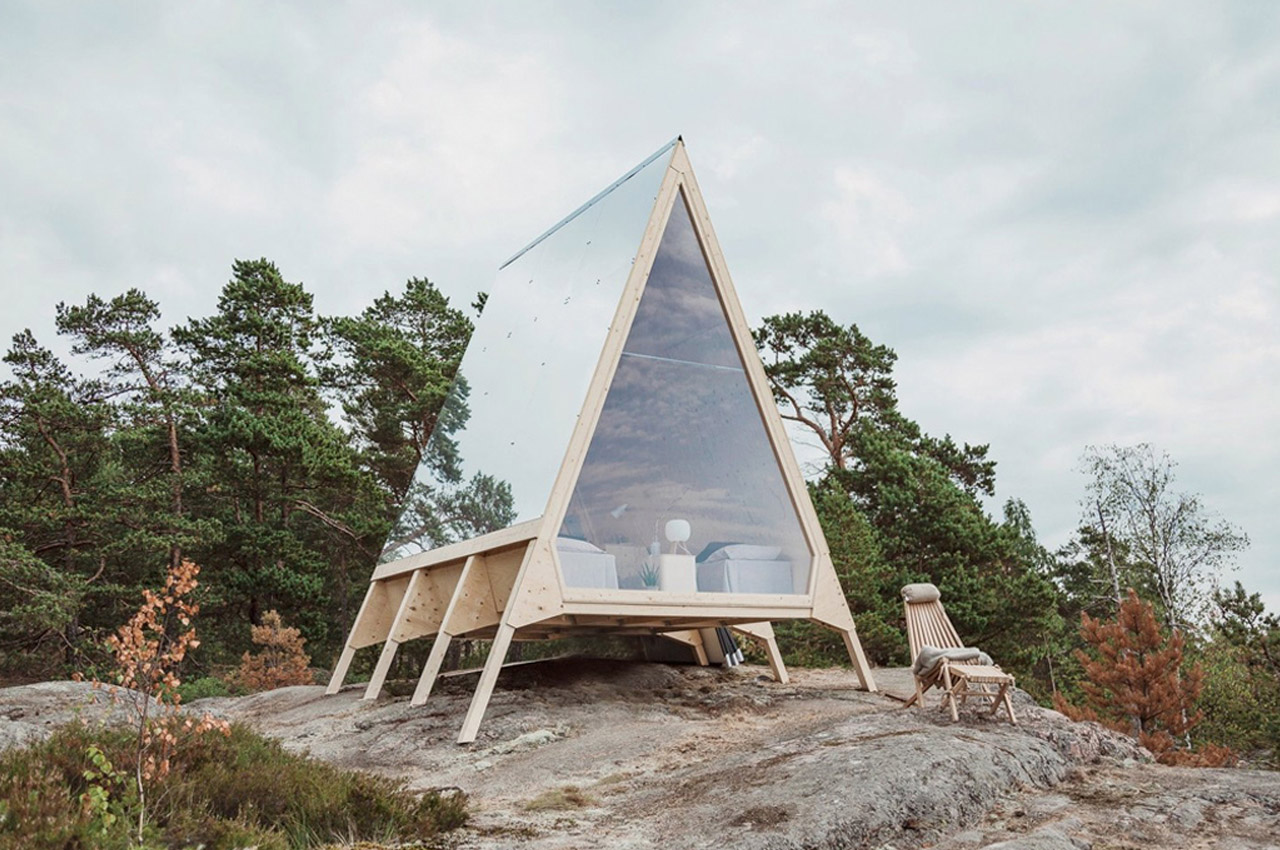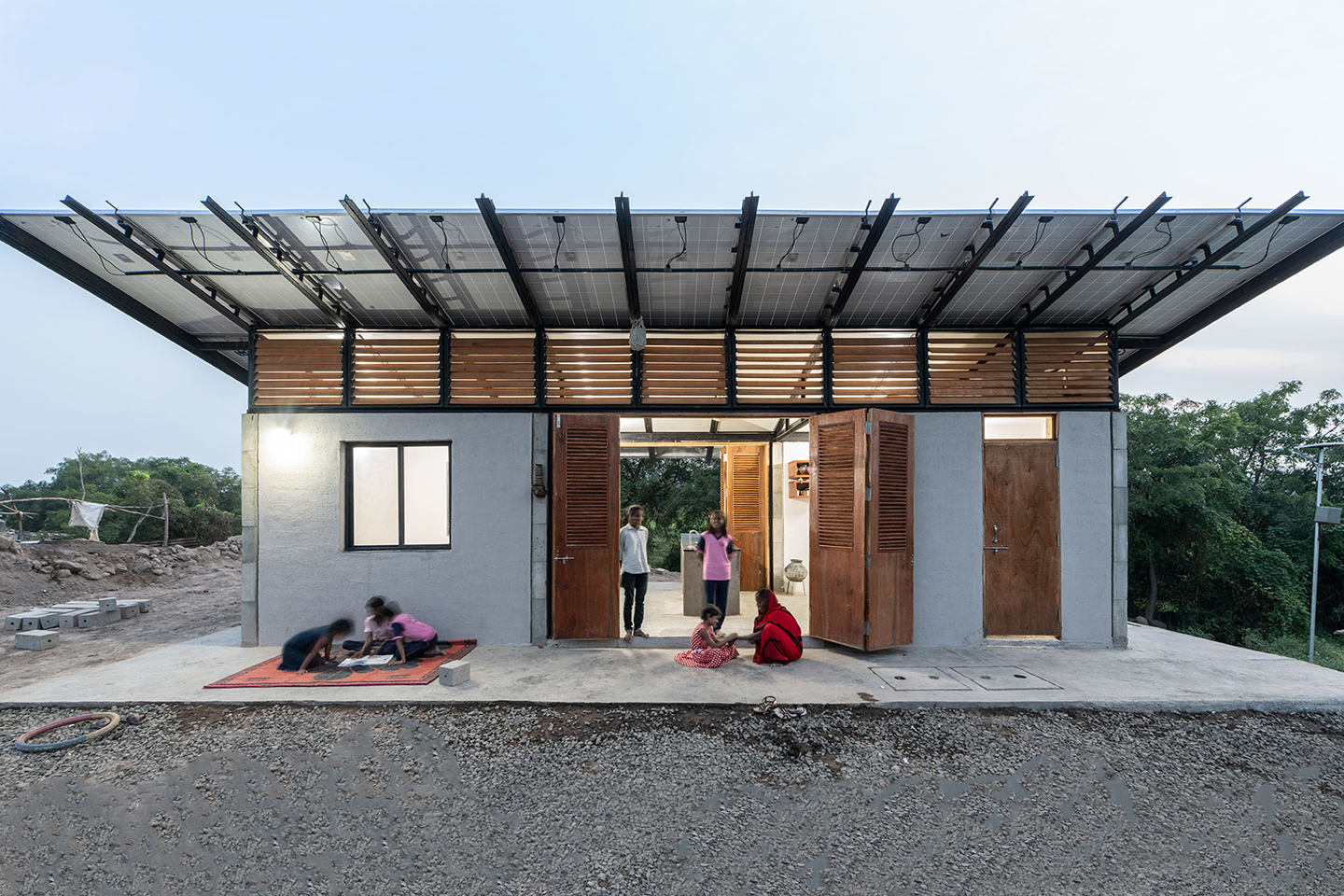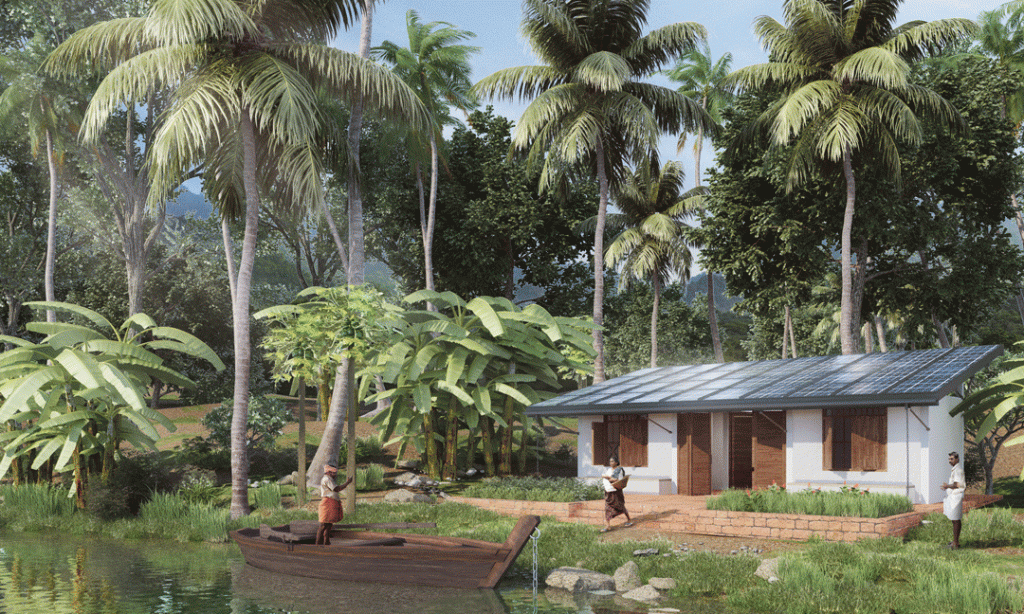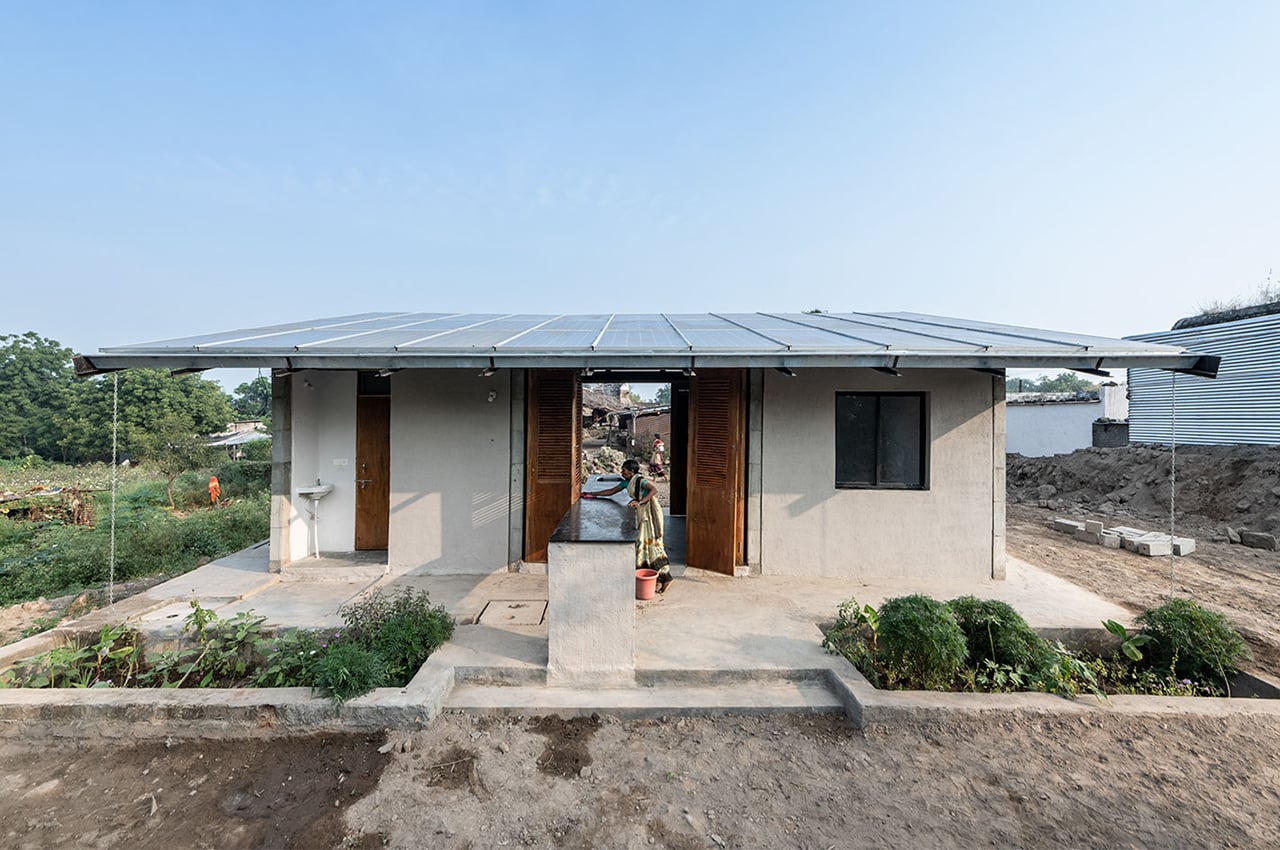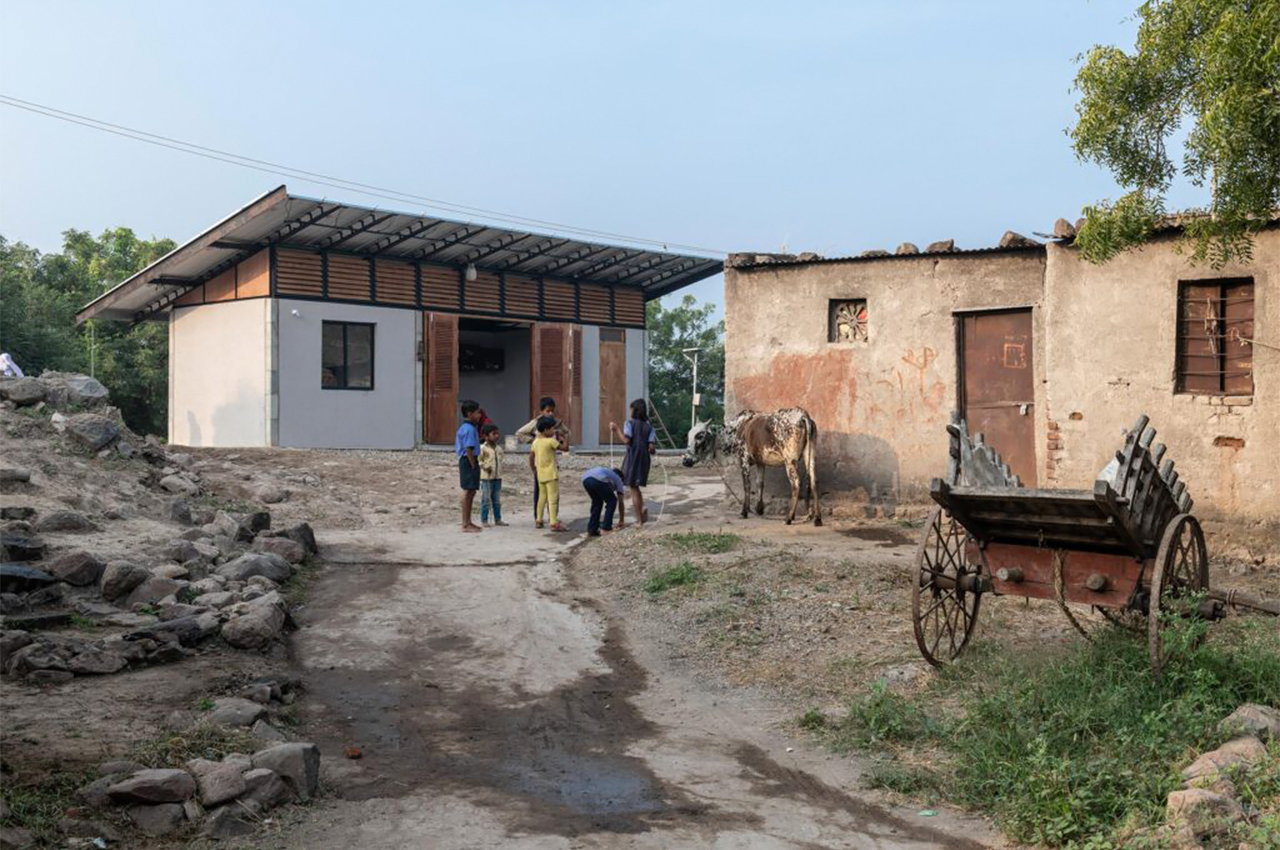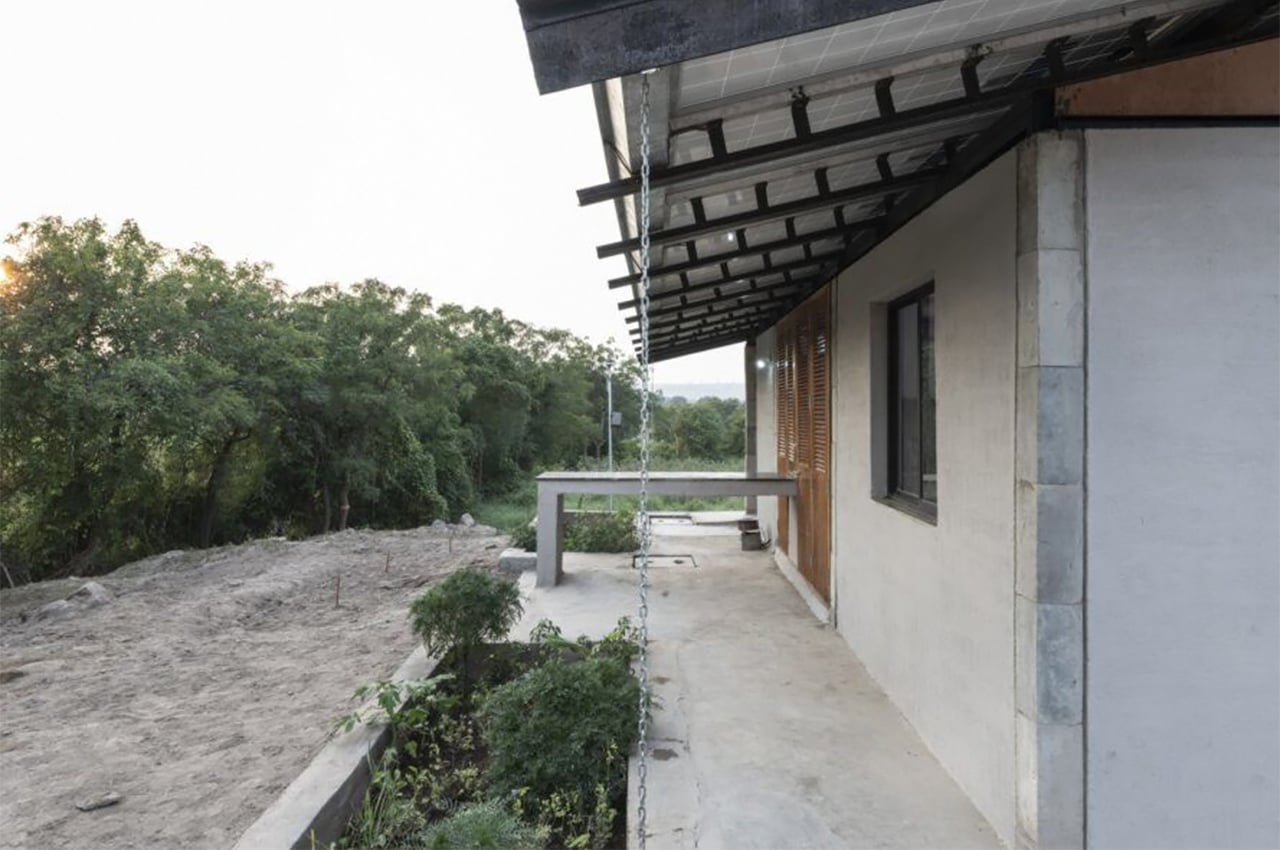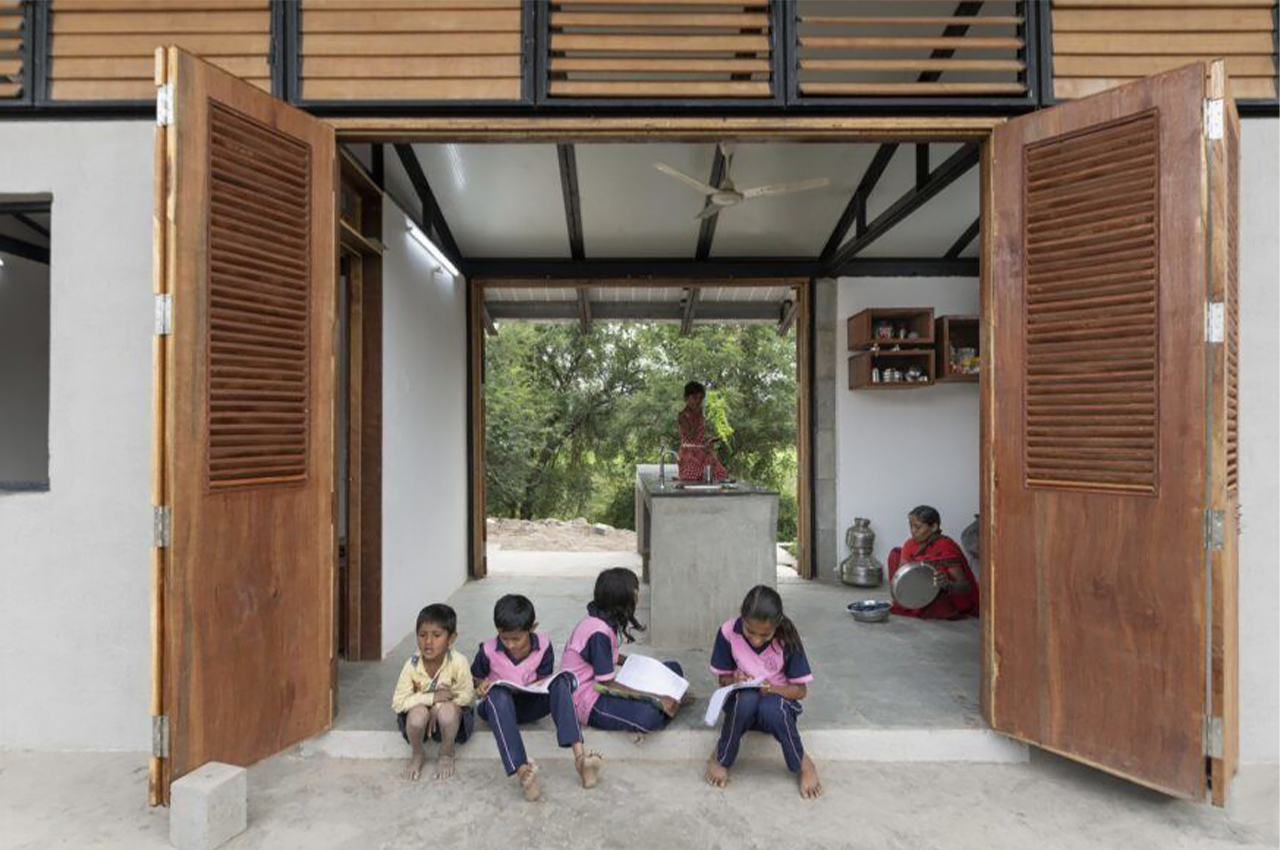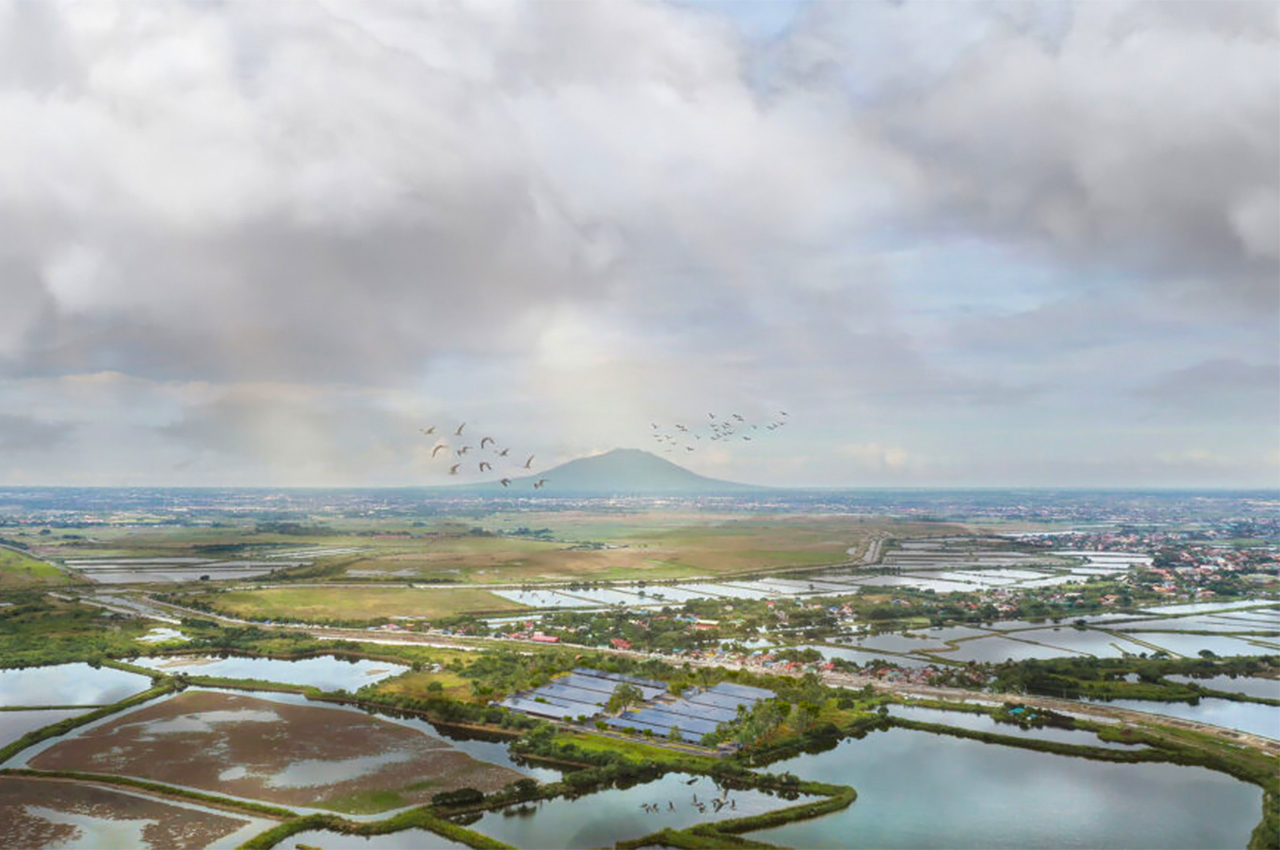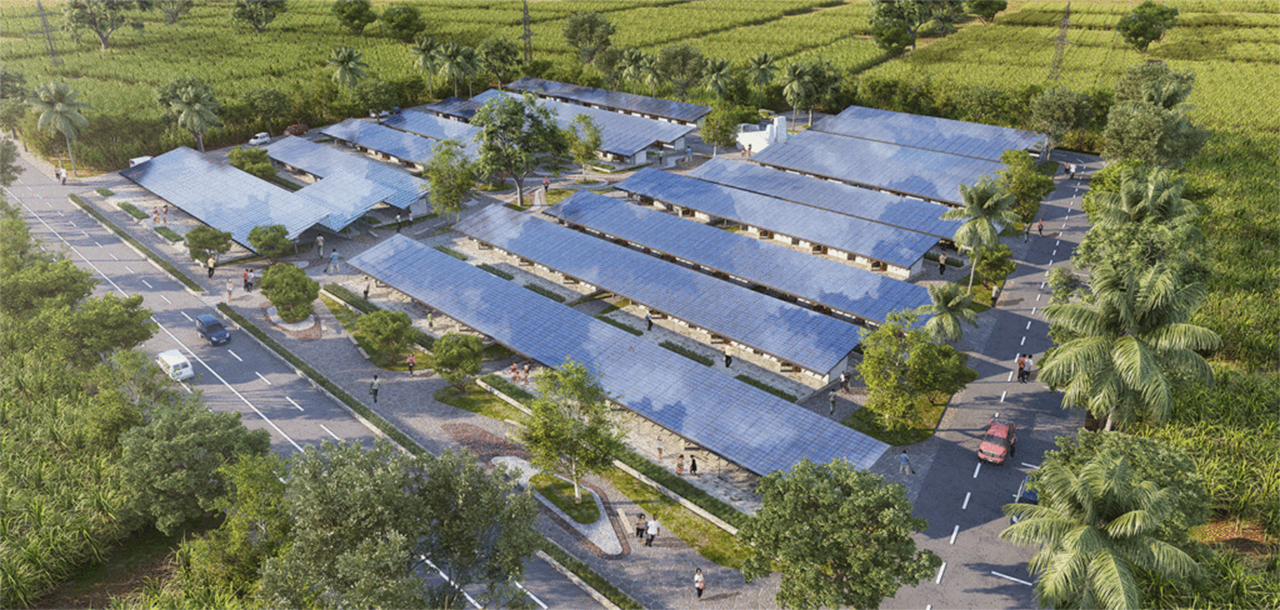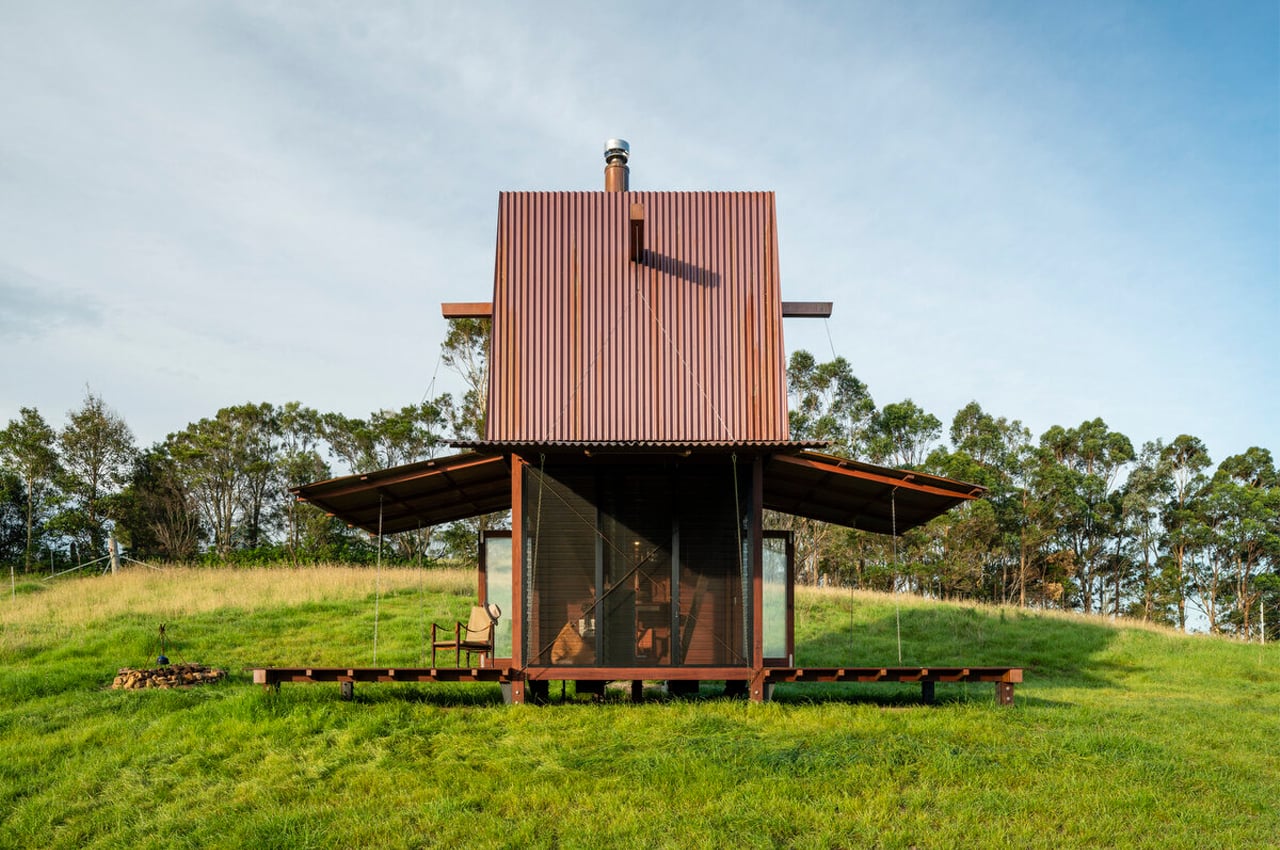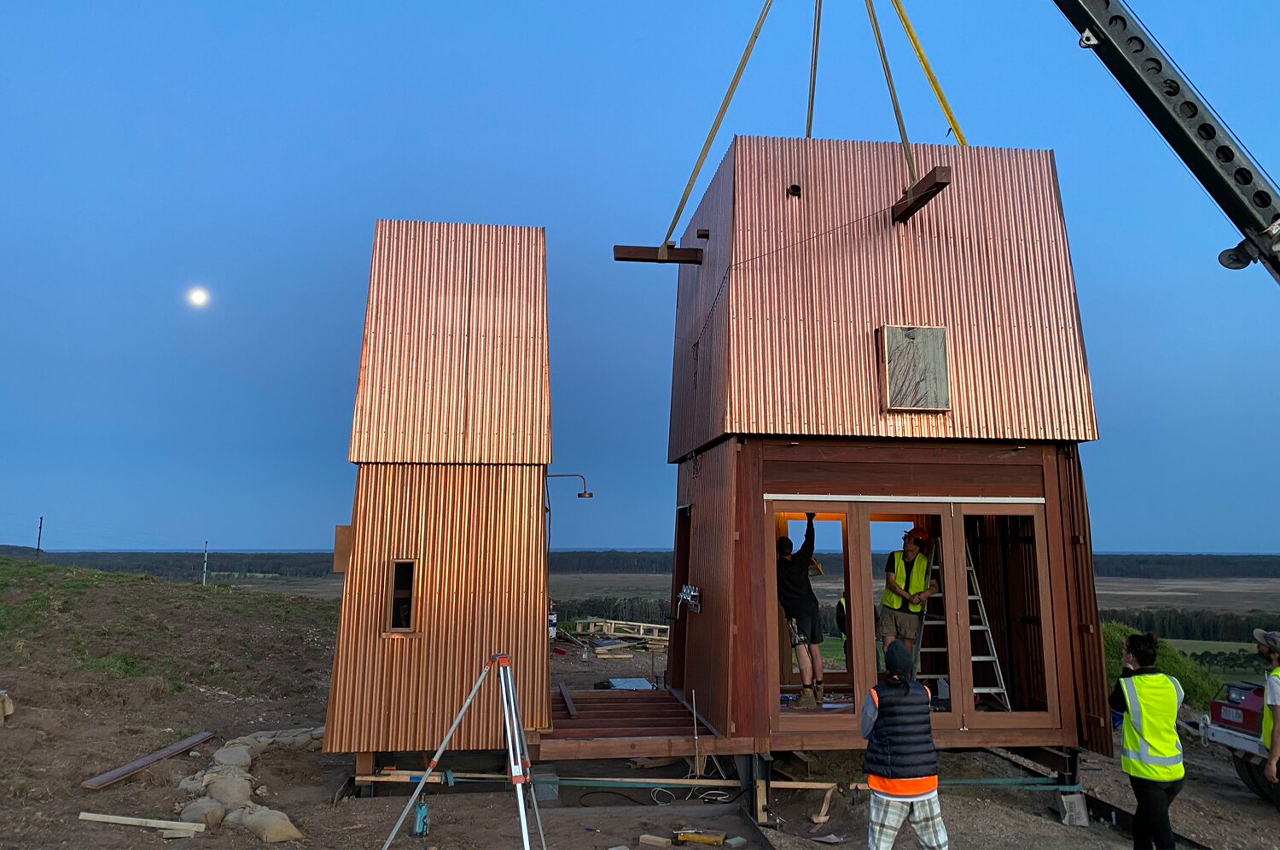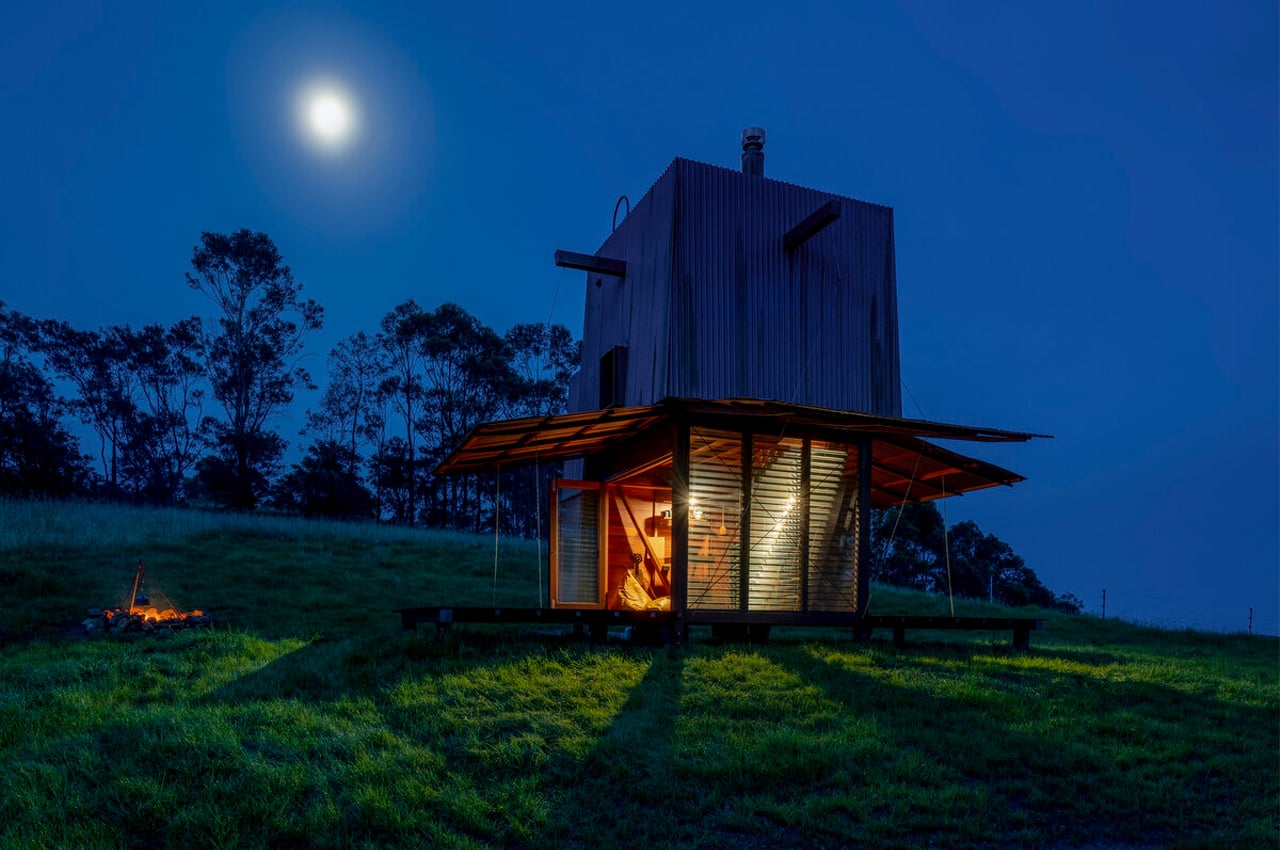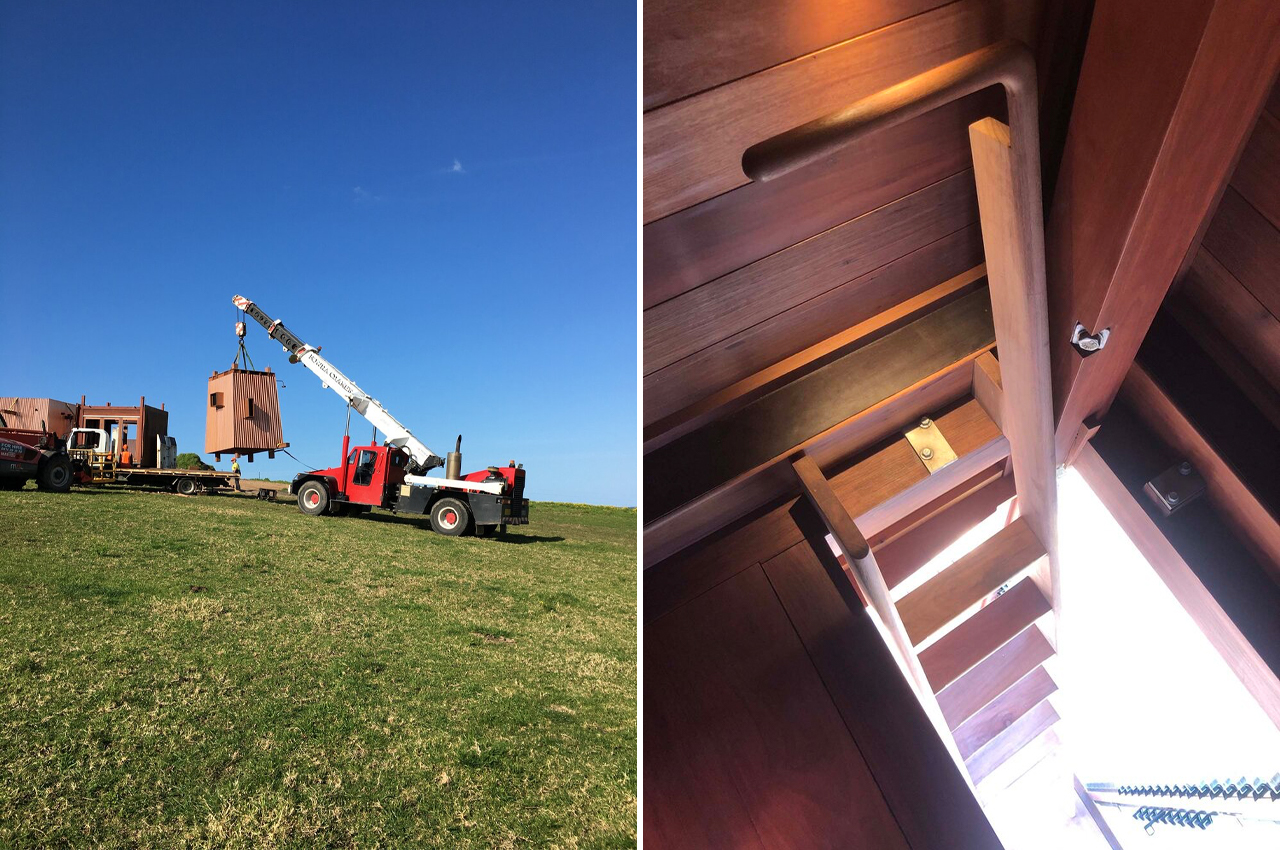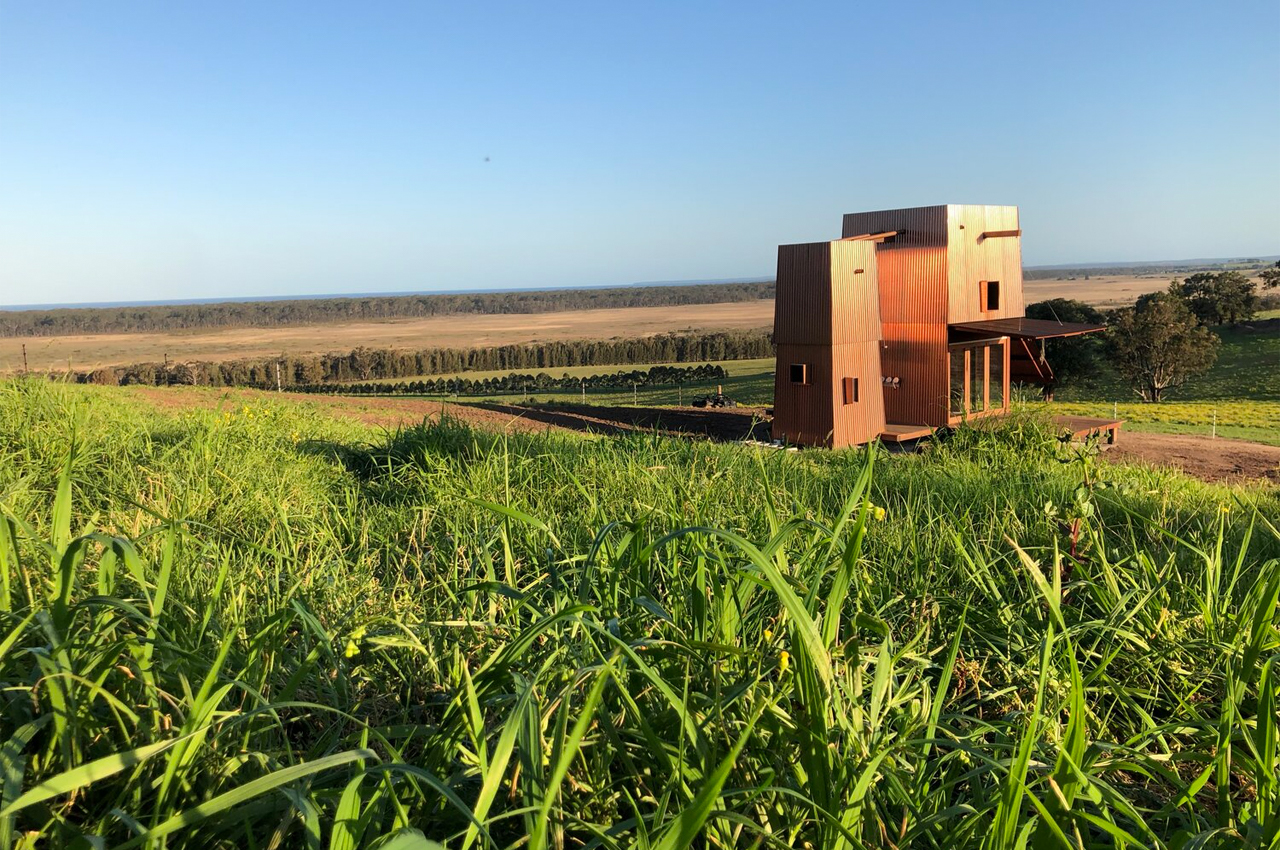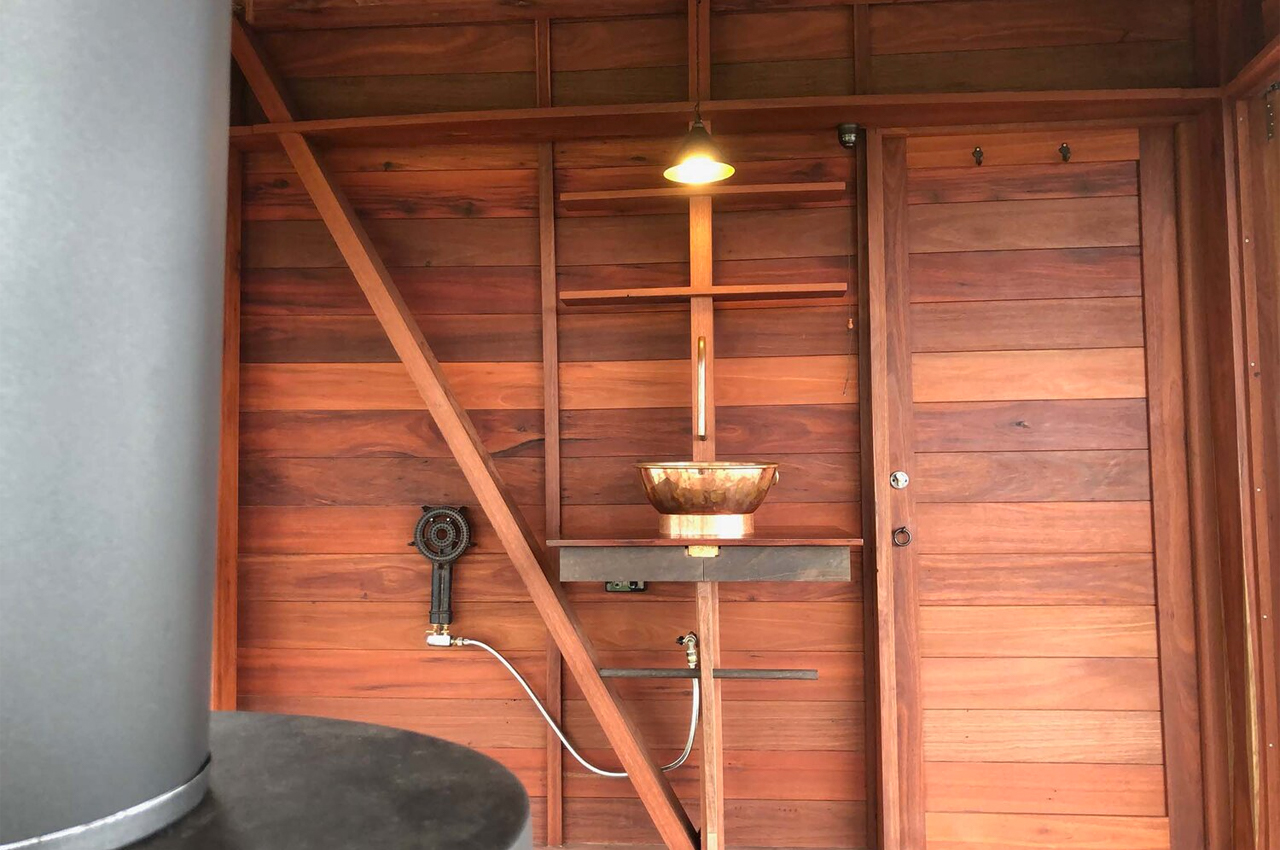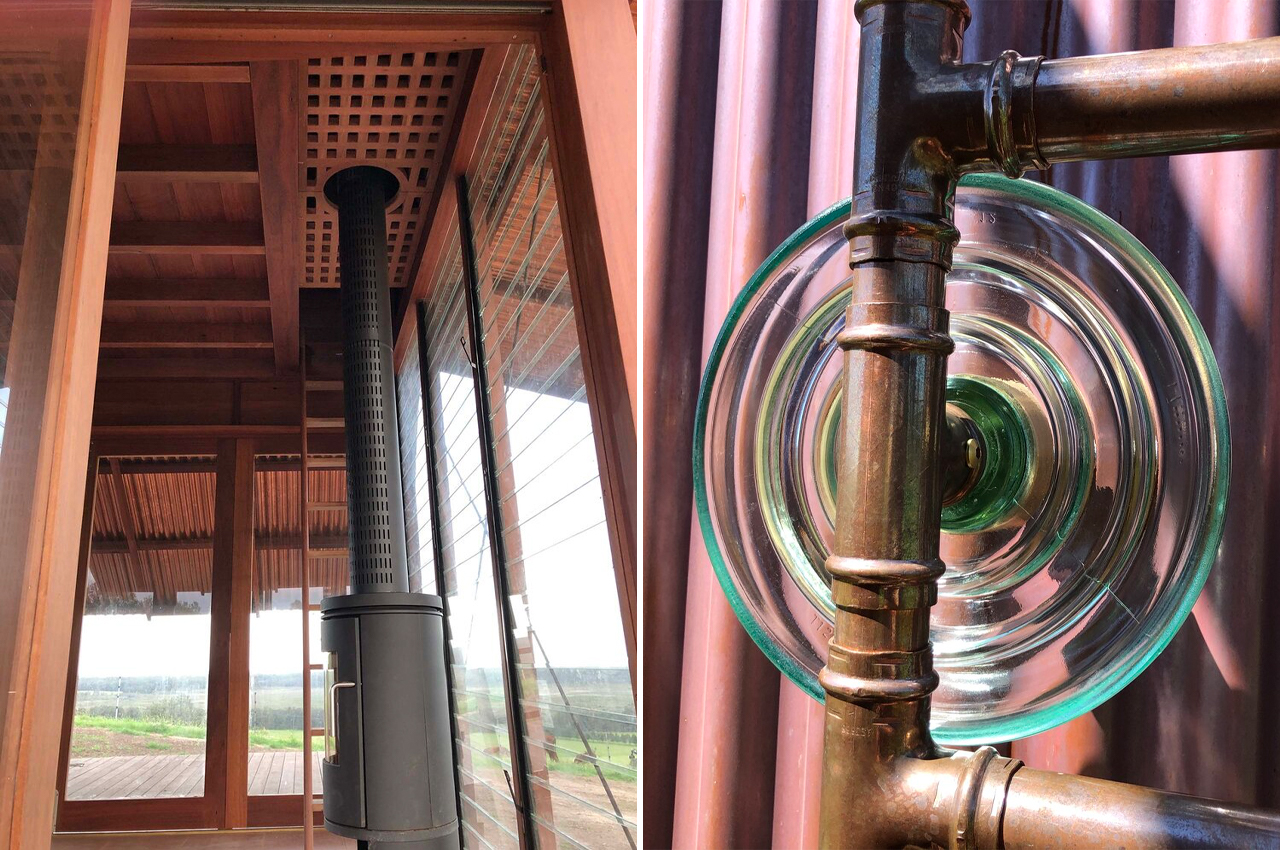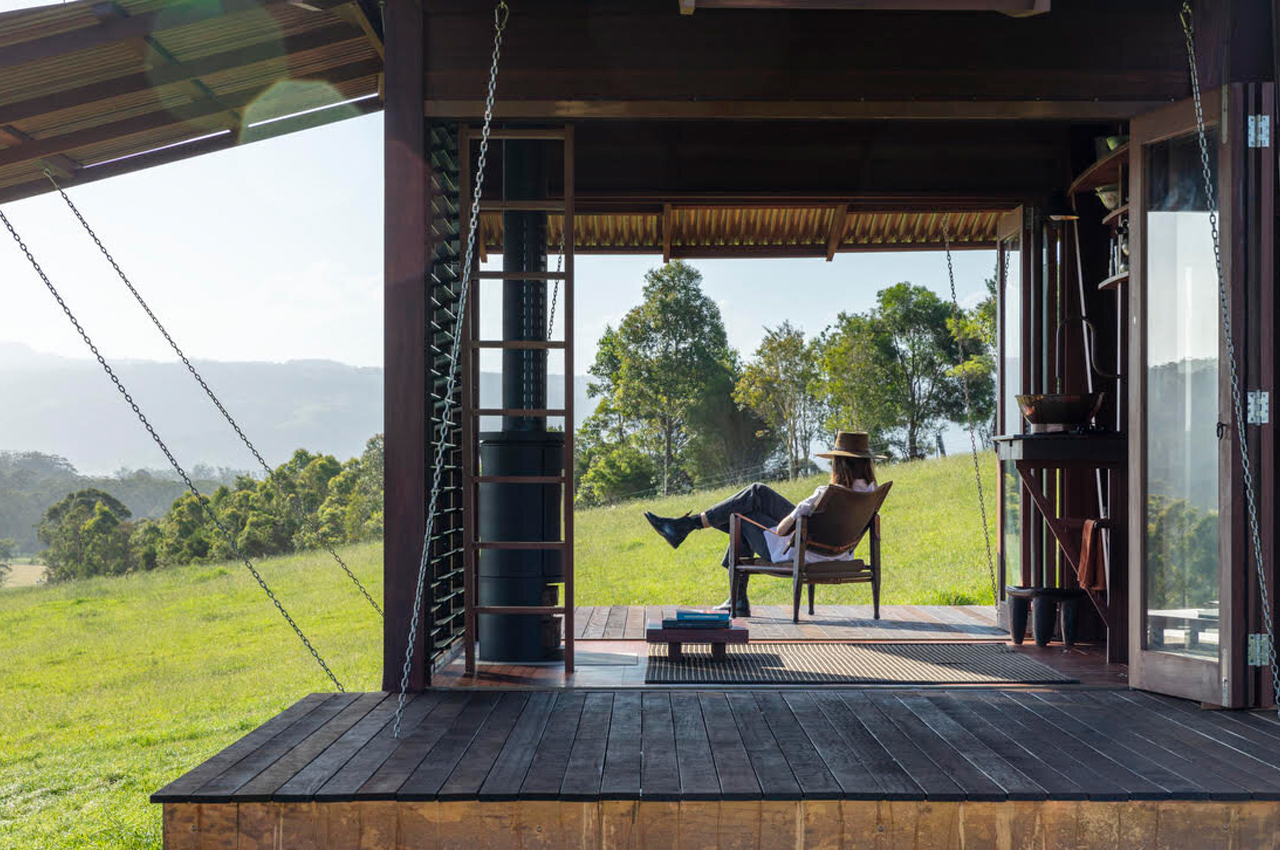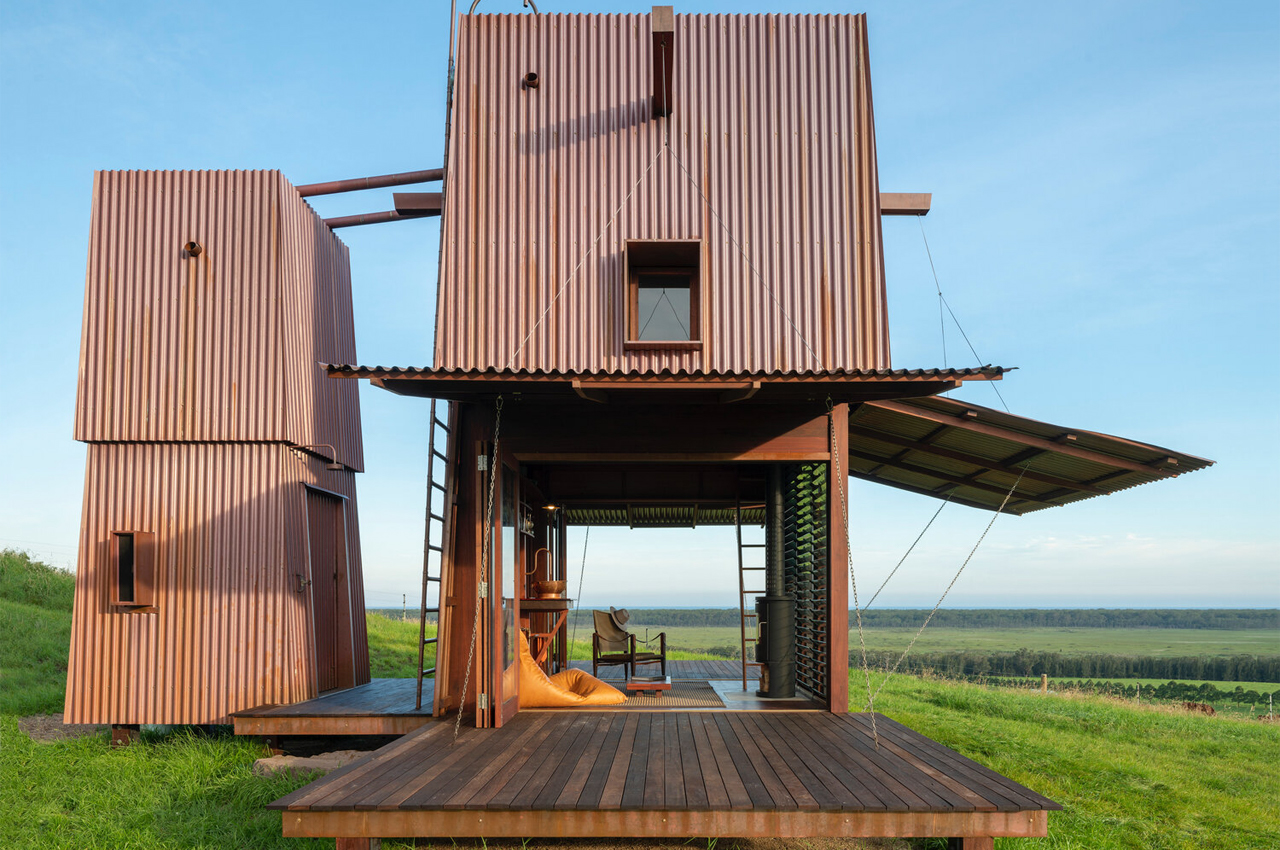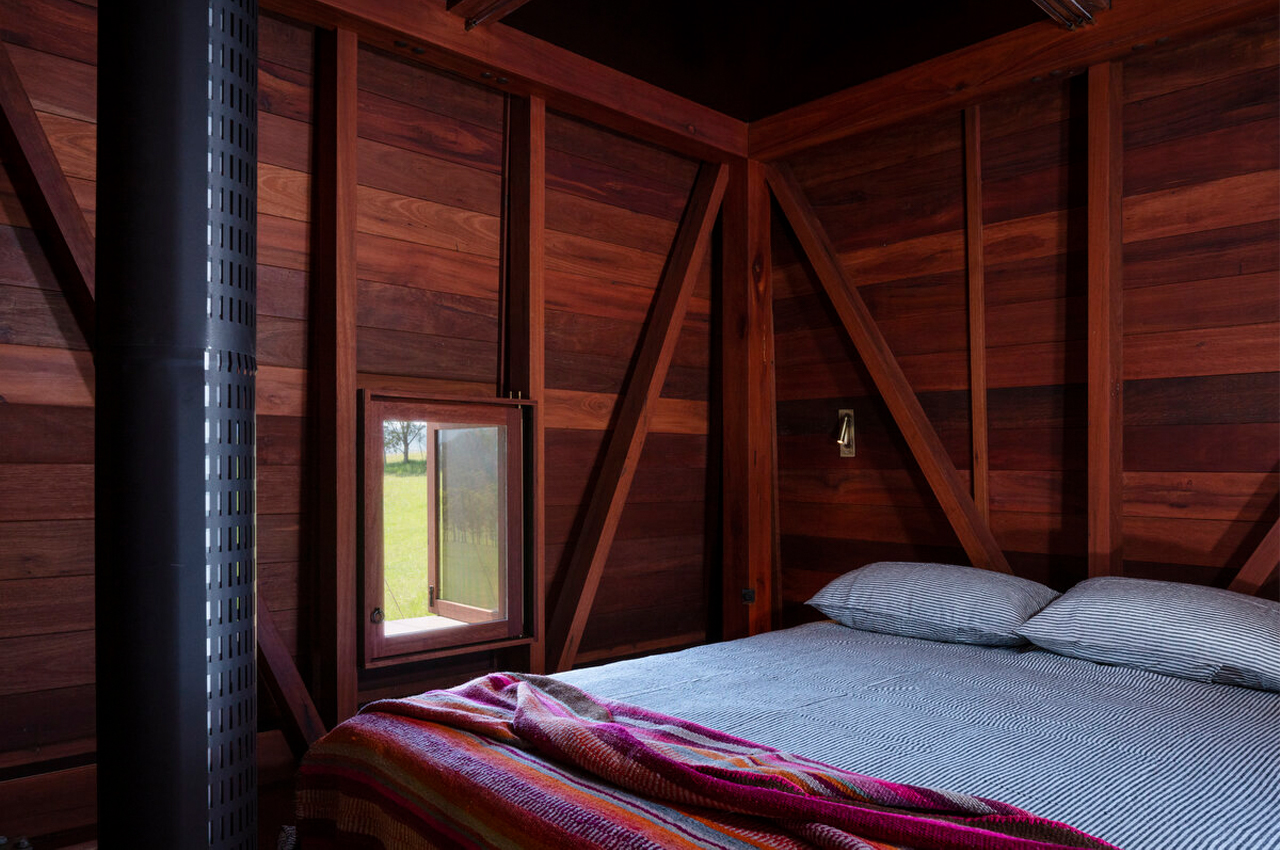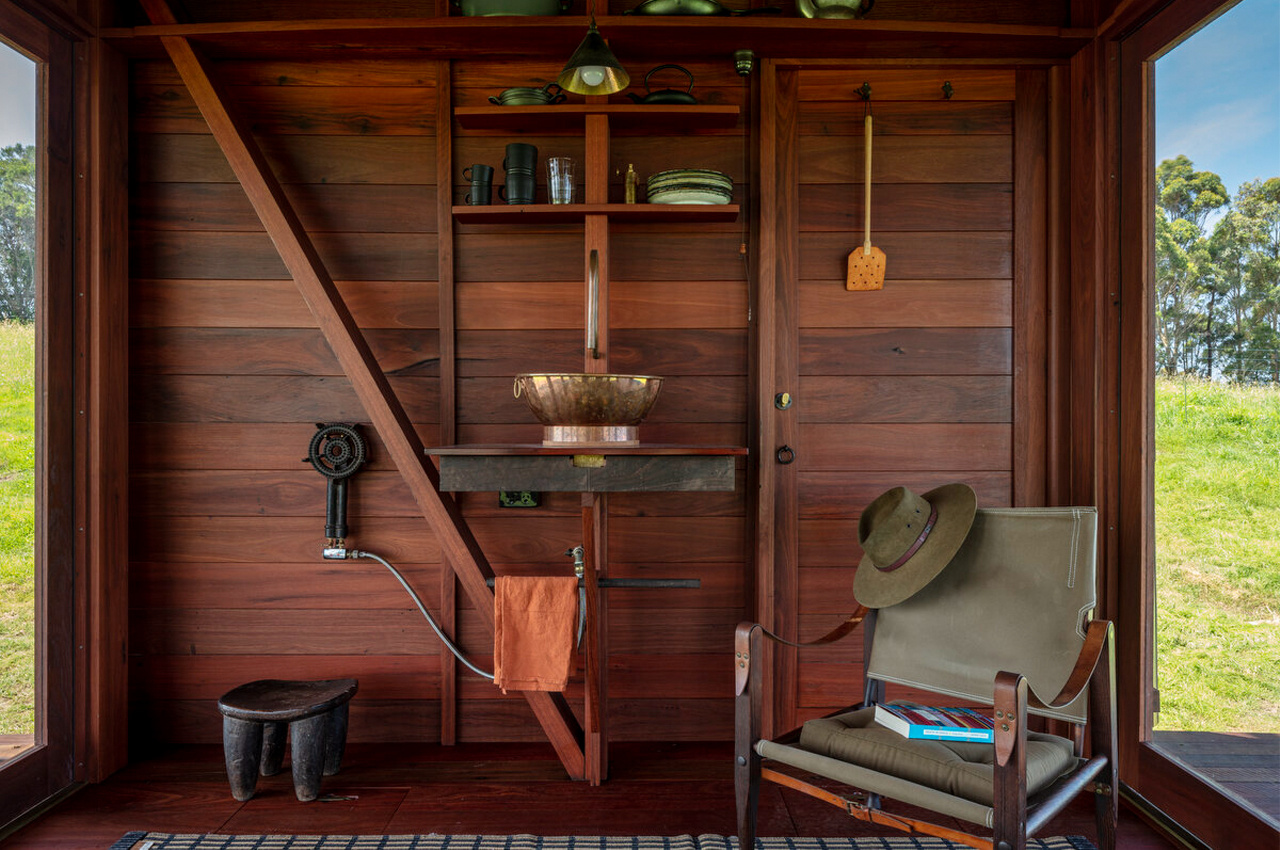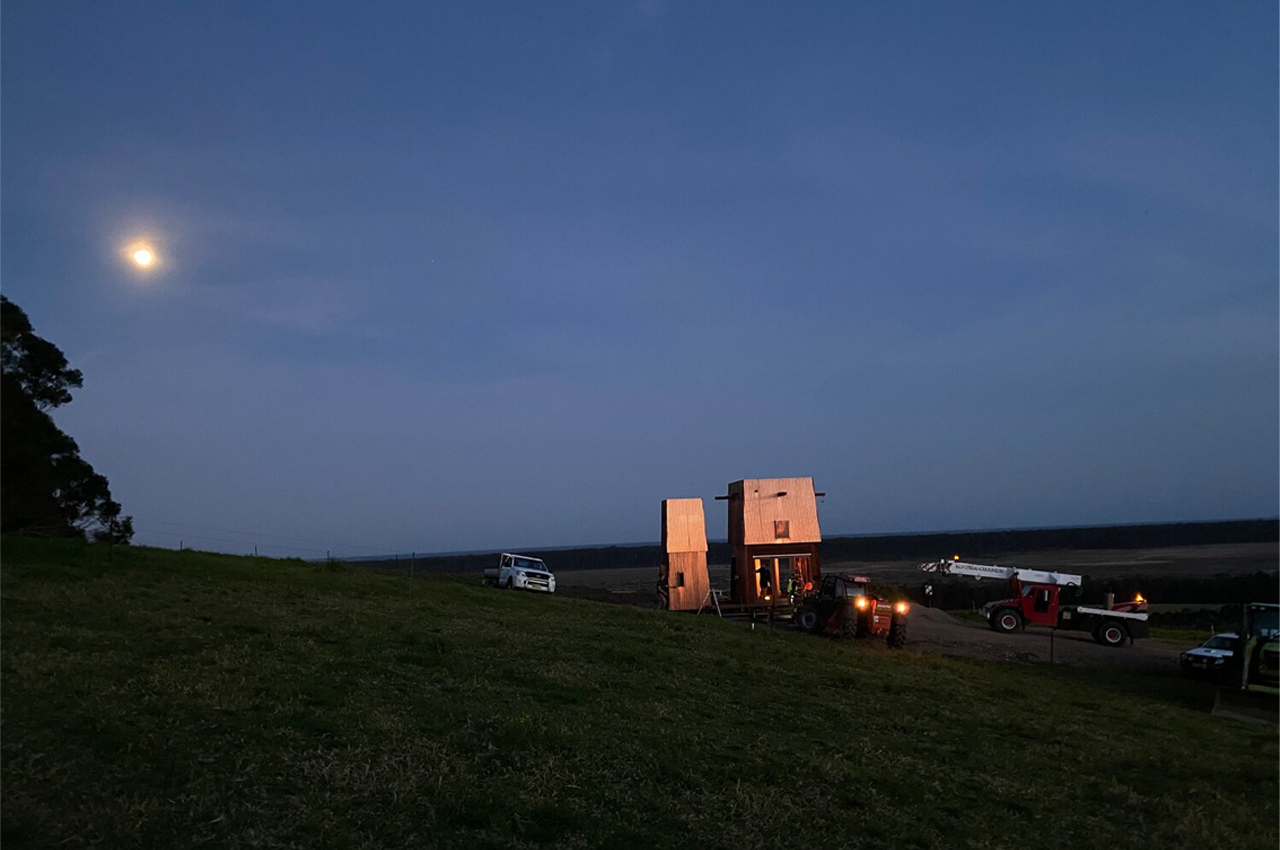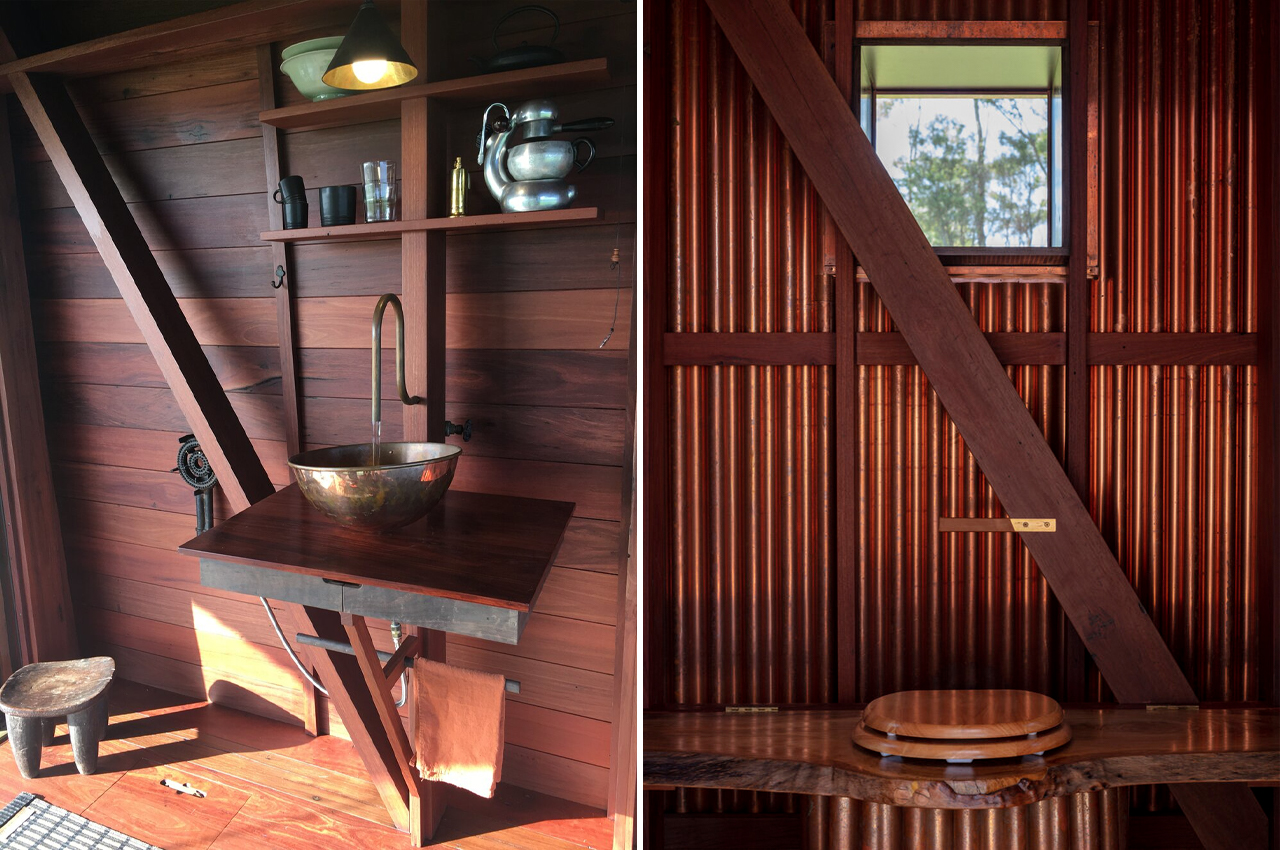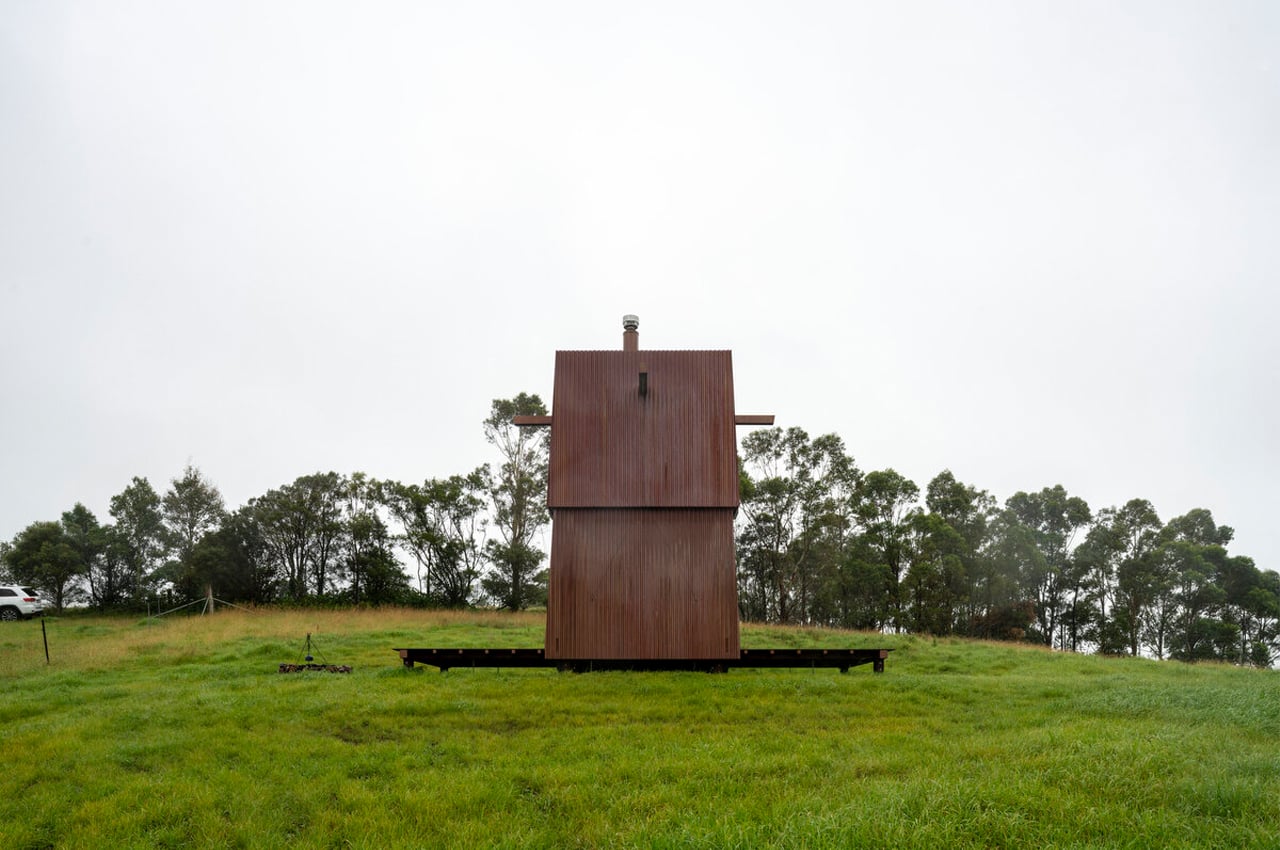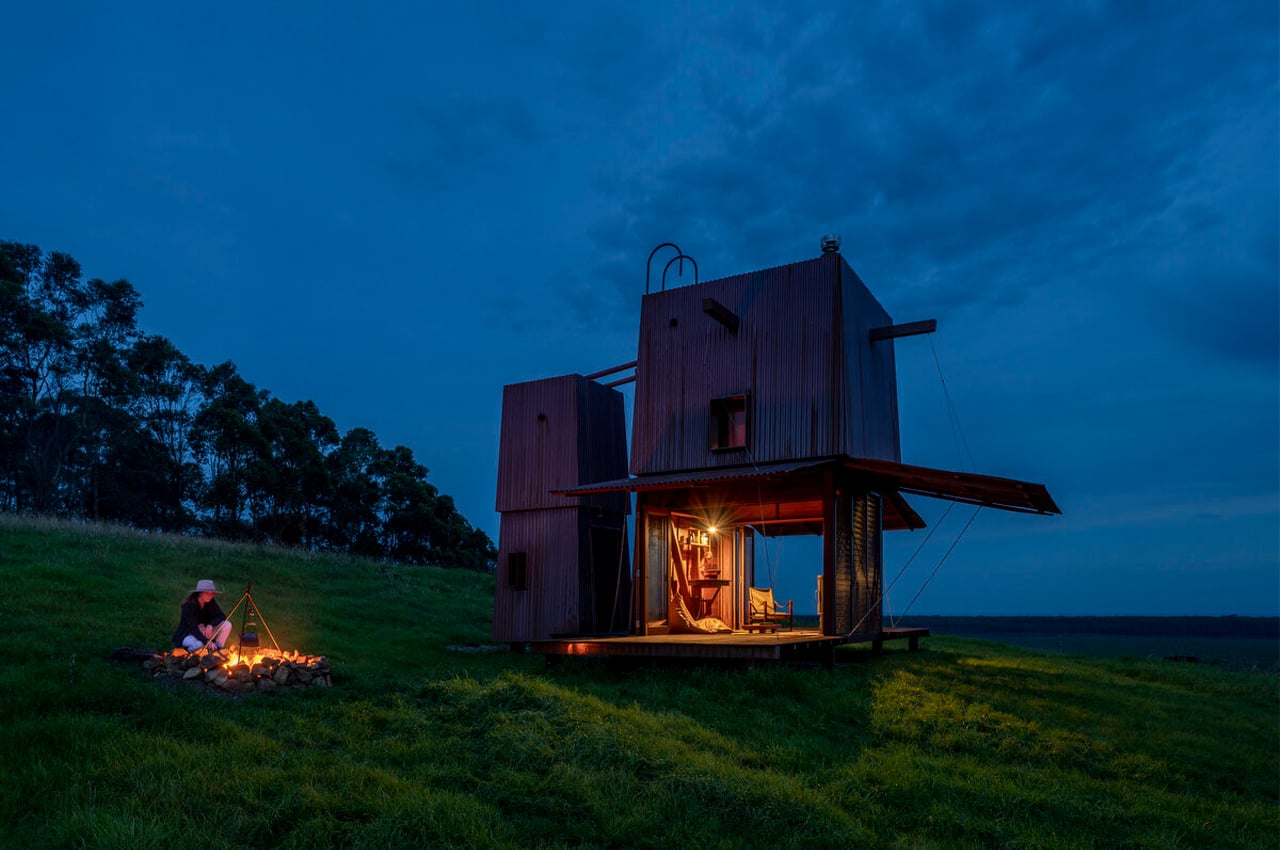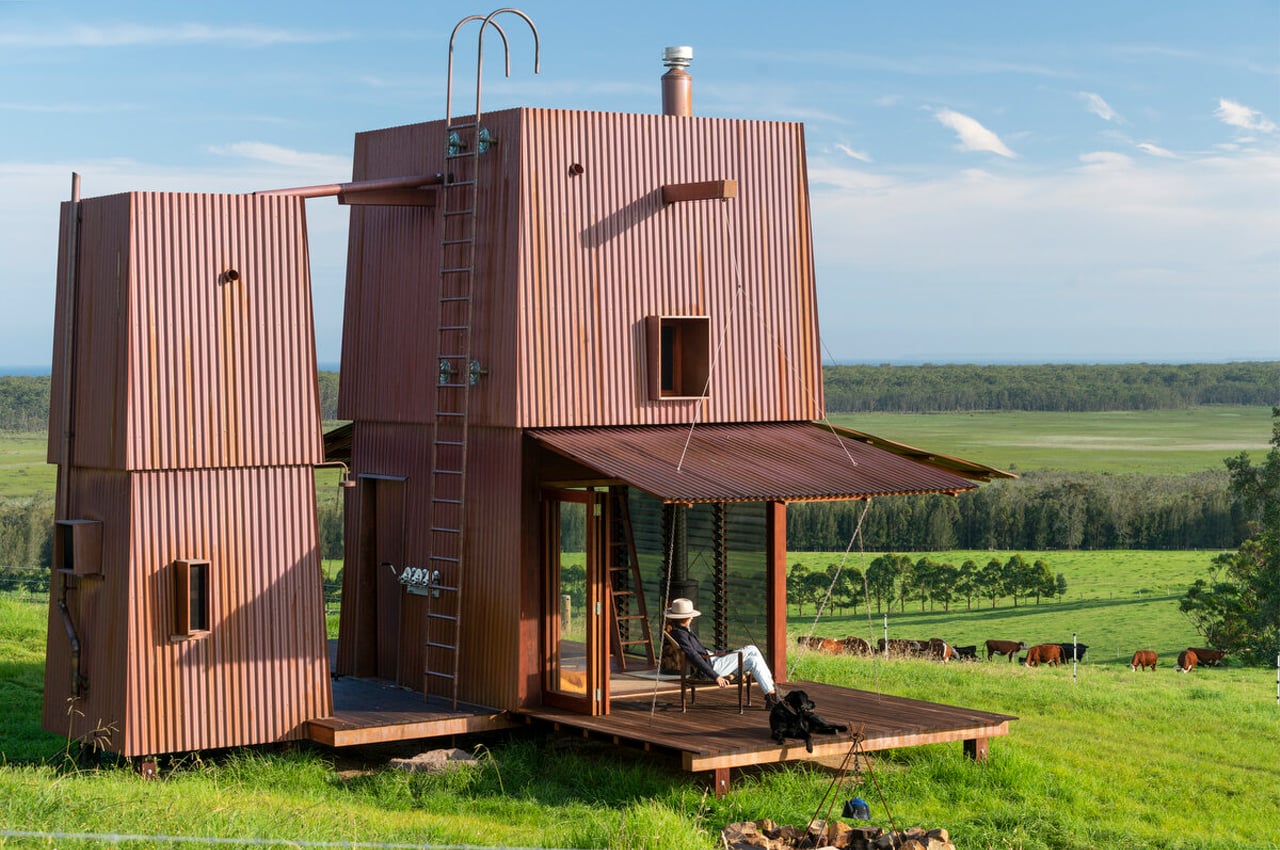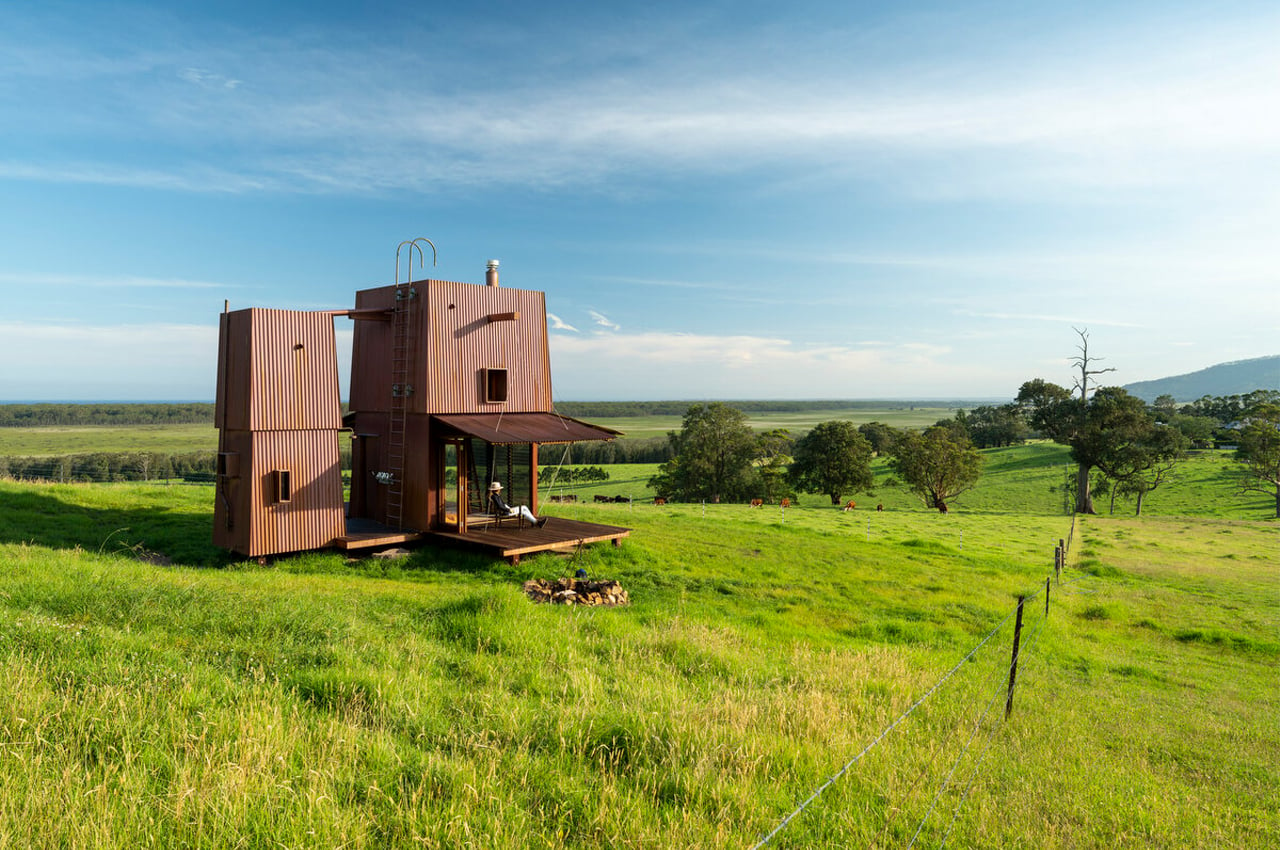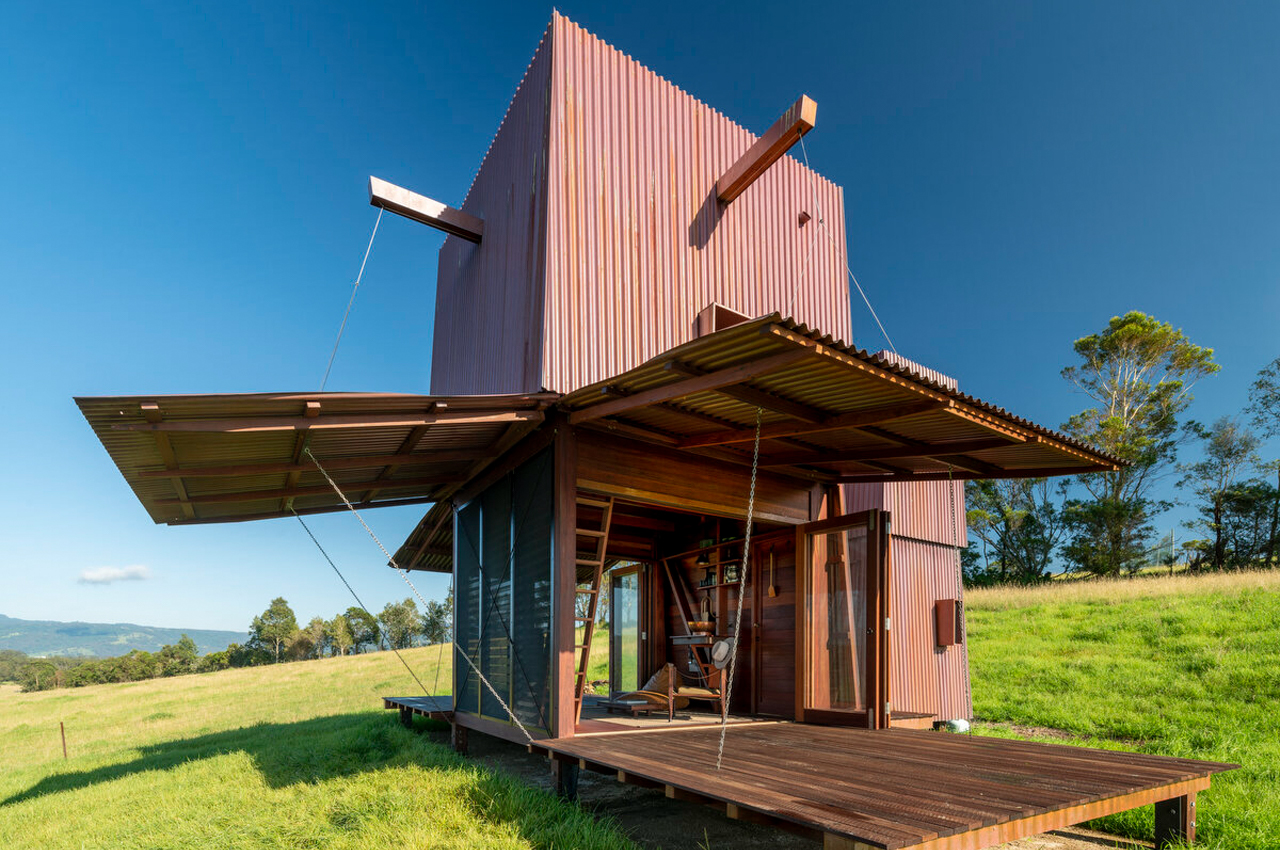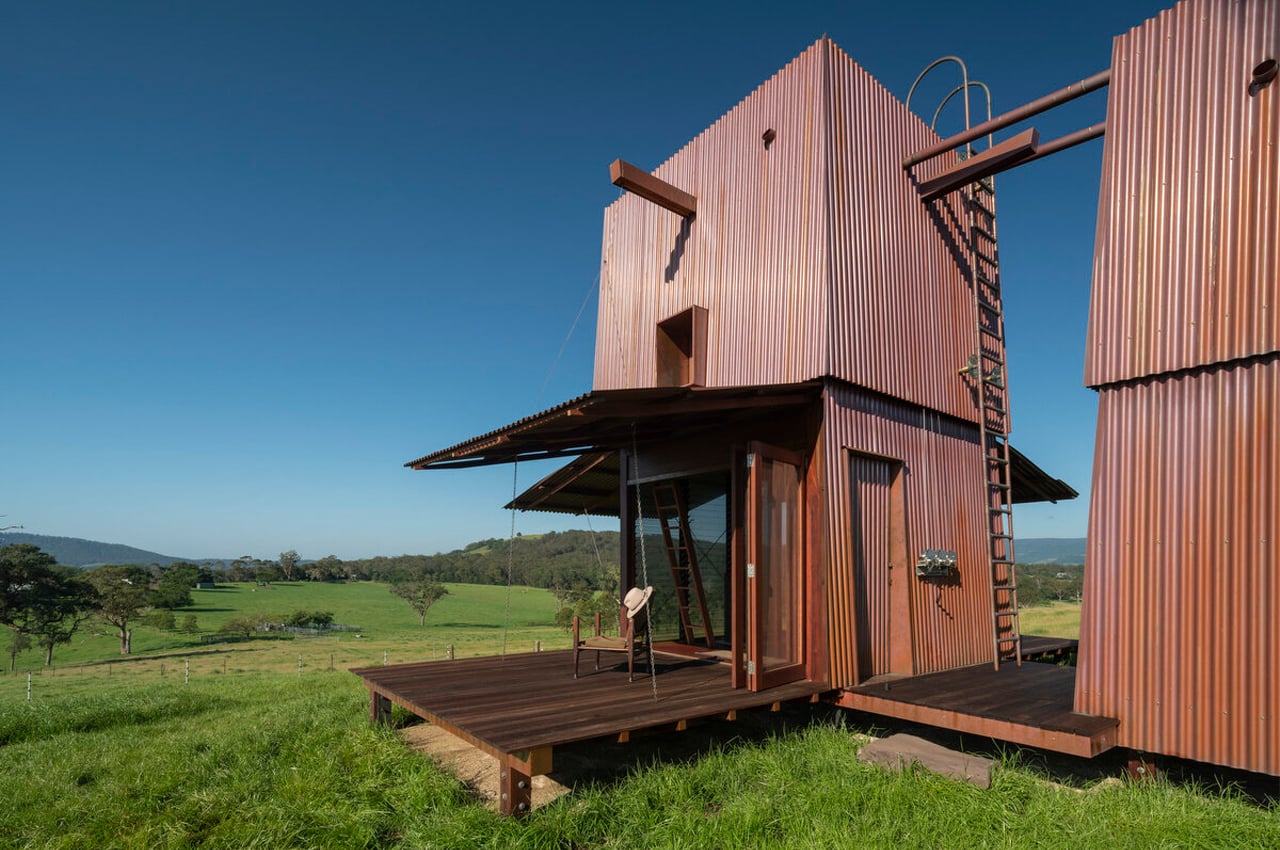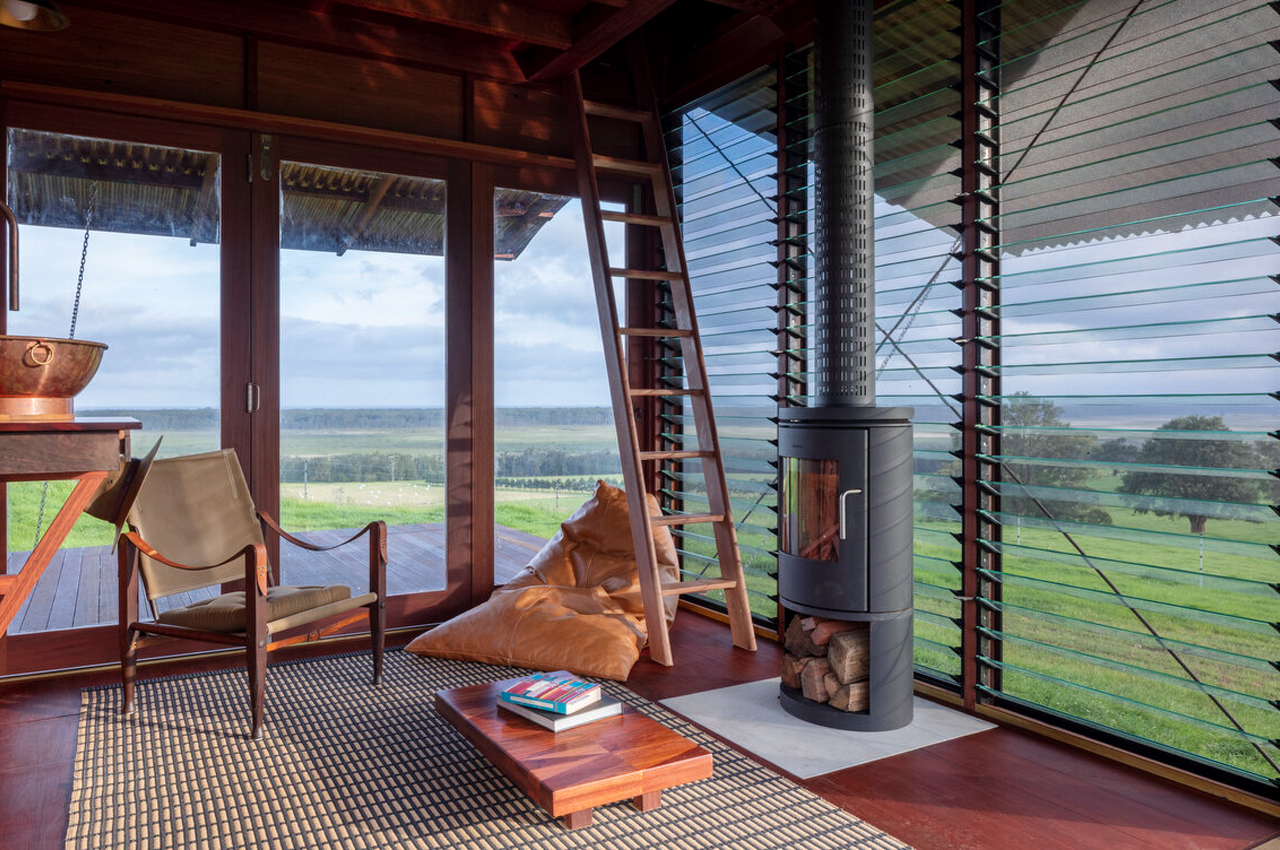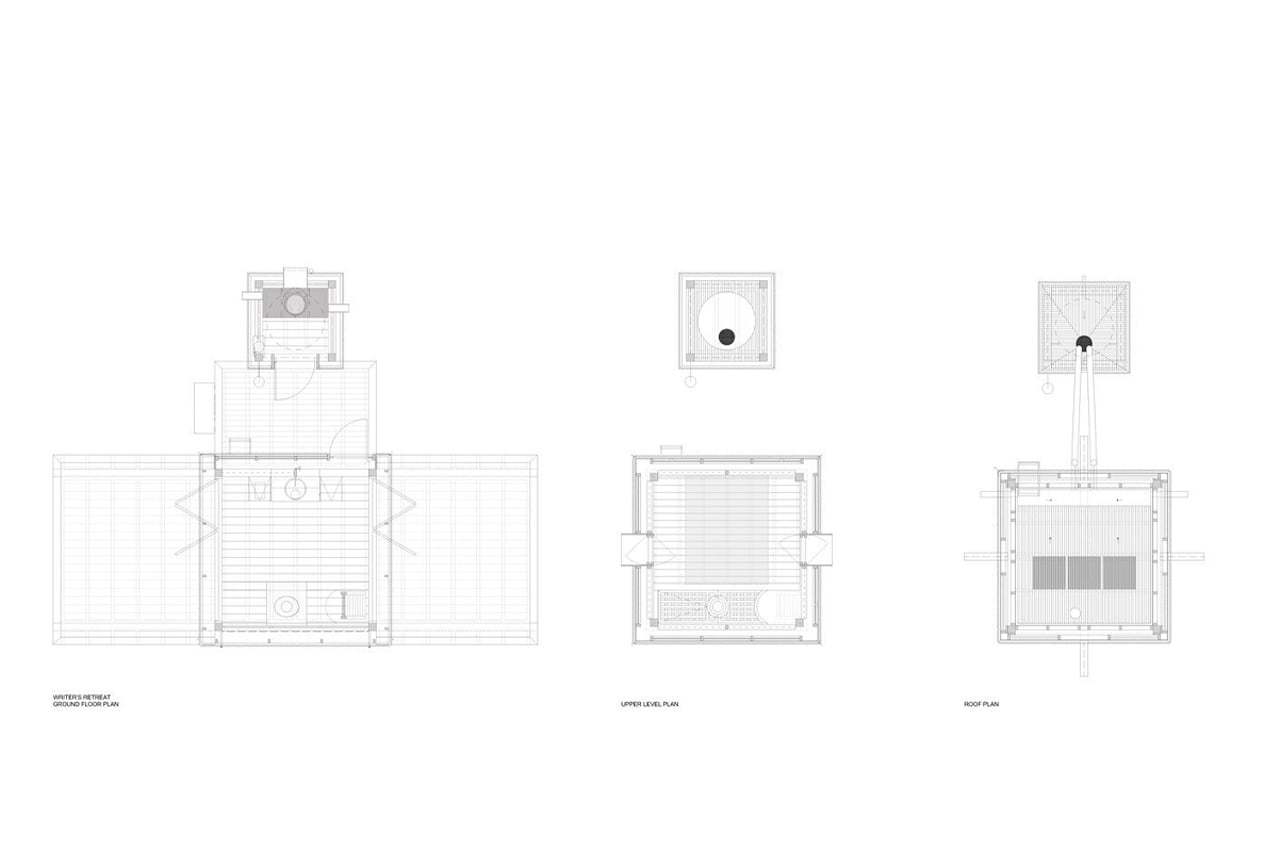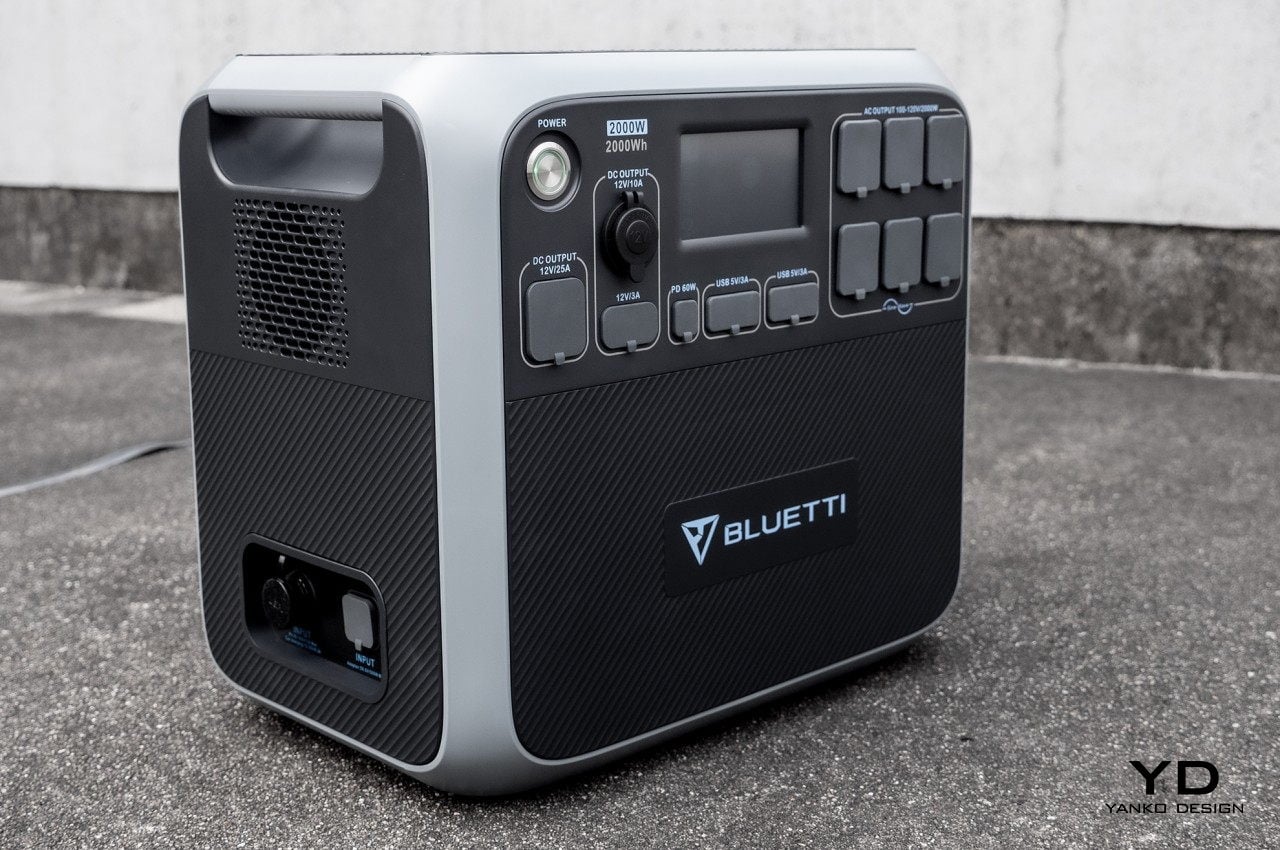
PROS:
- Can be charged using solar power only
- Includes two wireless charging pads
- Has enough power for small appliances
- LCD touch display for information and controls
CONS:
- Very heavy
- Separate power adapter
- Single 60W USB-C port
The need for emergency power generators has never been greater. Erratic weather patterns, natural and man-made disasters, and power shortages all seem to conspire to make these generators a staple in every home. At the same time, people have started to appreciate the great outdoors even more. Camping and glamping have become trendy, both of which require power to support many modern amenities, especially smartphones. Typical fuel-chugging generators, however, can no longer be trusted because of the dangers they pose not just to people but also to the planet. A new breed of battery-powered generators has risen to the challenge of delivering safe and sustainable convenience, no matter the situation. The Bluetti AC200P is one such power generator, and we gave it a test drive to see if it checks all the right boxes.
Designer: Bluetti
Aesthetics
The Bluetti AC200P isn’t going to win any beauty pageant, and expecting it to be stylish and elegant is missing the point entirely. It’s not ugly, just to be clear, but its appearance is informed totally by its purpose. It is, after all, a power generator that is expected to experience some rough handling, even when just at home. It is designed to be durable, rugged, and, most importantly, well-protected against accidents that could damage the battery inside and potentially lead to a disaster.
The AC200P comes as a very large box that definitely looks the part of a rugged piece of equipment. At 16.5 x 11 x 15.2 inches (42 x 28 x 38.65cm), it is no dwarf, and its 60.6 lbs (27.5kg) weight is no laughing matter. It almost looks like a large speaker or amp, but it’s definitely less portable than those given what it’s packing inside.
The silver aluminum frame contrasts nicely with the flame-retardant ABS plastic that covers all the power generator’s sides. The front, sides, and top faces have diagonal ridges that further emphasize the device’s rugged design. Four rubber feet at the bottom keep the entire thing from slipping on smooth surfaces, not that its weight would make that likely to happen. Molded handles on each side at the top try to make it easier to carry the AC200P, but that doesn’t change the fact that it’s a heavyweight.
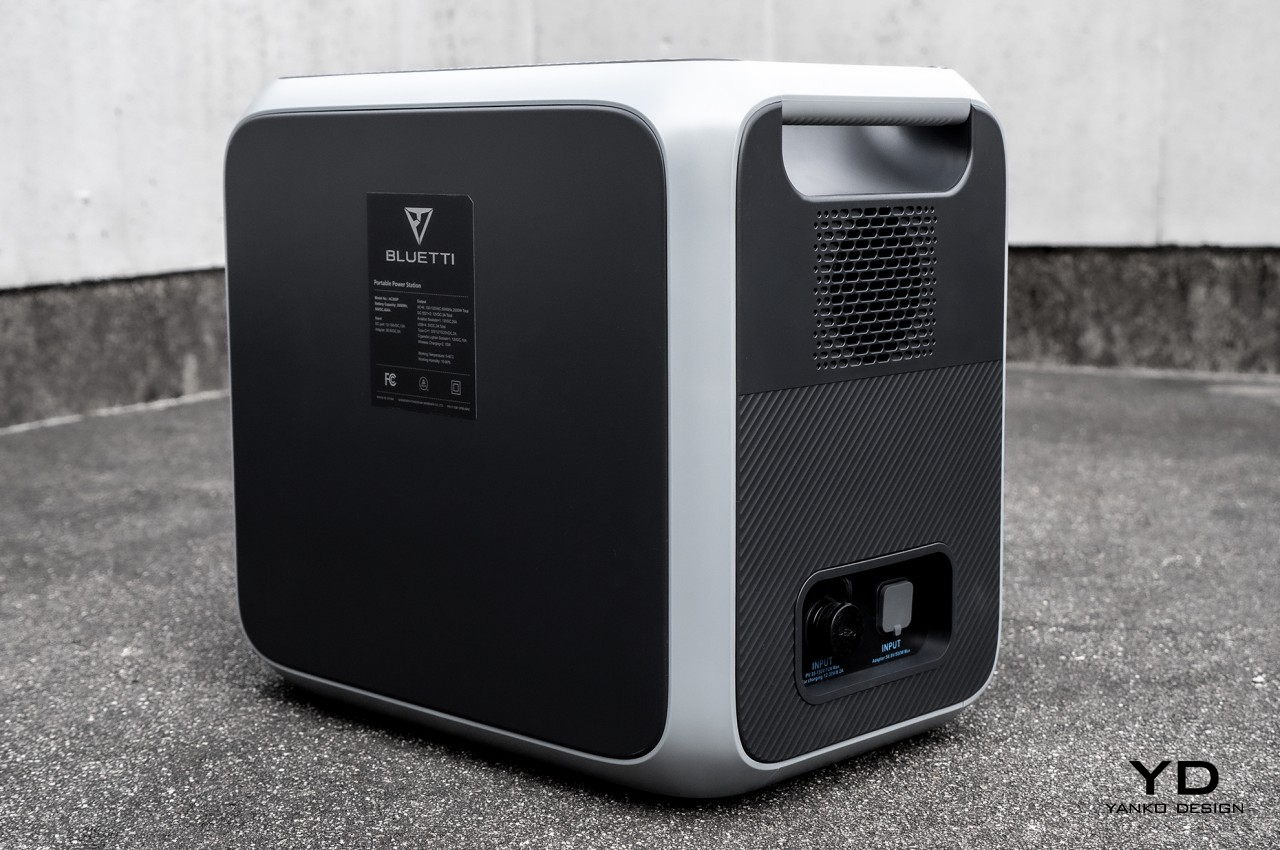
All of the interesting parts of this Bluetti power generator are on the front, where almost all but the two input ports can be found. All these openings are covered with rubber flaps, further protecting them from dust, moisture, and liquids, banishing any remaining doubt about the ruggedness of this device. Smack in the middle of the ports is a colorful LCD screen that not only displays information but also allows users to change the generator’s settings.
At the end of the day, the AC200P’s looks are a perfect match to its purpose. Rugged and utilitarian, it doesn’t spare any room for unnecessary embellishments that might get in the way of its use. A straight-out box with no protruding parts, this power generator is meant to be stuffed in places, hidden from view, and at times even forgotten, at least until the next power outage or camping trip requires its presence.
Ergonomics
The Bluetti AC200P is easy to use yet also a bit of a pain to set up. The biggest factor that weighs it down is its own weight. For something billed as a portable generator, it takes a great deal of strength to carry this contraption from one place to another. That’s a bigger problem when it will be packed with some camping gear for a few days outdoors, not so much at home where it can stay in one place for long periods of time. Bluetti’s larger power generators do have wheels, but this earlier model is completely dependent on muscle power than physics to go from one place to another.
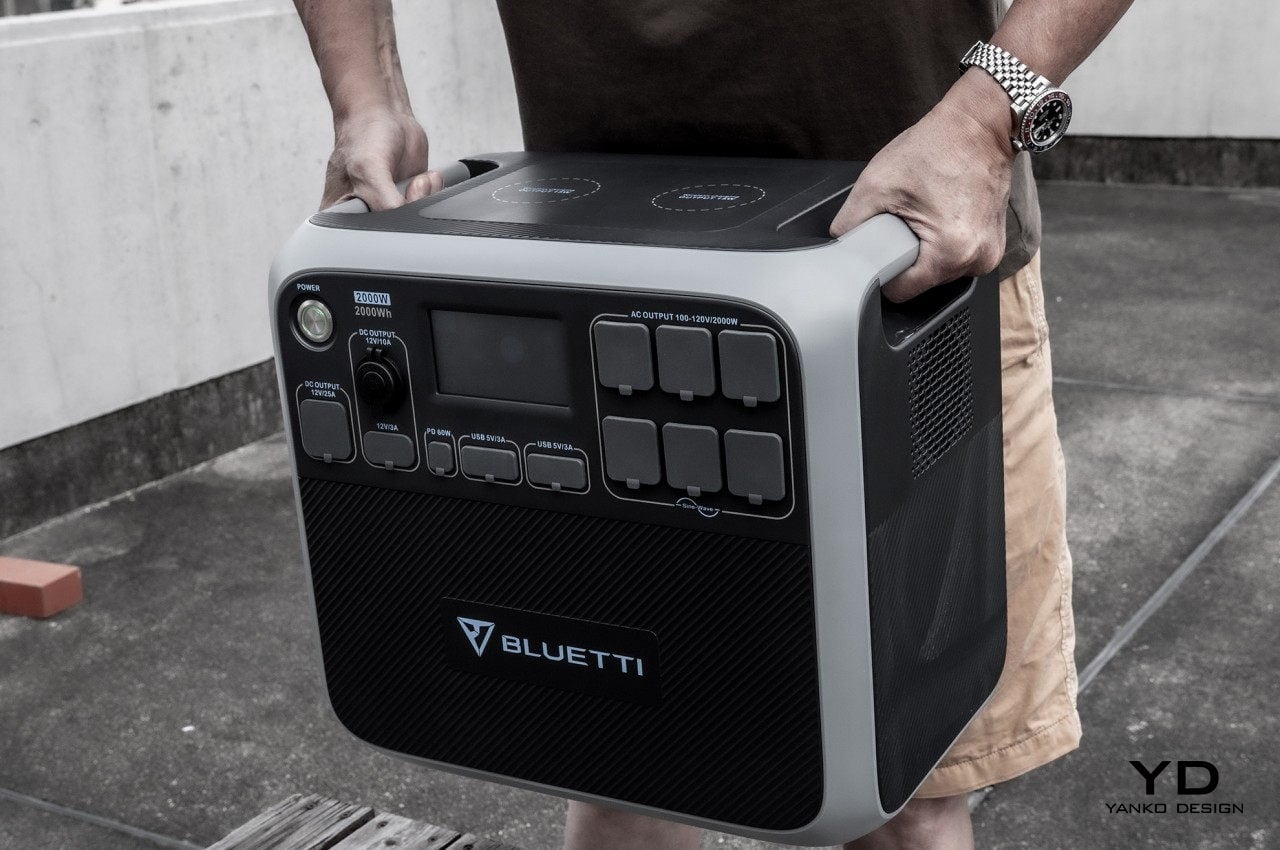
Each of the ports on the power generator has its own rubber cover. On the one hand, that’s a necessity for protecting the entry points of these ports. On the other hand, that also makes it cumbersome to use those ports, seeing as how you’ll need to uncover and cover them individually every time. You could leave the ports uncovered, of course, but you’ll still have to raise the flap to expose the ports.
Fortunately, all of the most used ports are in the front, so you won’t have cords sticking out on every side. The placement of these ports, as well as the wireless chargers on the top, are conveniently placed, ensuring easy plugging and unplugging, save for those rubber flaps. The input ports for the AC adapter and solar panels, however, are on the left side of the AC200P. It’s a double-edged sword that does keep input separate from output at the expense of expanding the power generator’s total footprint when in use.
A word has to be said about that AC input option that requires the use of the included power adapter. Despite its size and bulk, that power brick isn’t built into the generator. It might be due to some power efficiency or heat management, but it also means there’s a part that could be forgotten or even lost. It’s not a complete deal-breaker, but it does affect the power generator’s overall usability.
Performance
The Bluetti AC200P contains a 2,000Wh battery with a 2,000W output and a surge of 4,800W. In practical terms, this means that the power generator will be able to run a wide range of small home appliances, including blenders, coolers, radios, and more. It can even power car refrigerators or even low-wattage microwaves and hairdryers, but it really all depends on how power-hungry they are. The biggest consideration is that, while there are six AC outlets, they all share that same 2,000W of power.
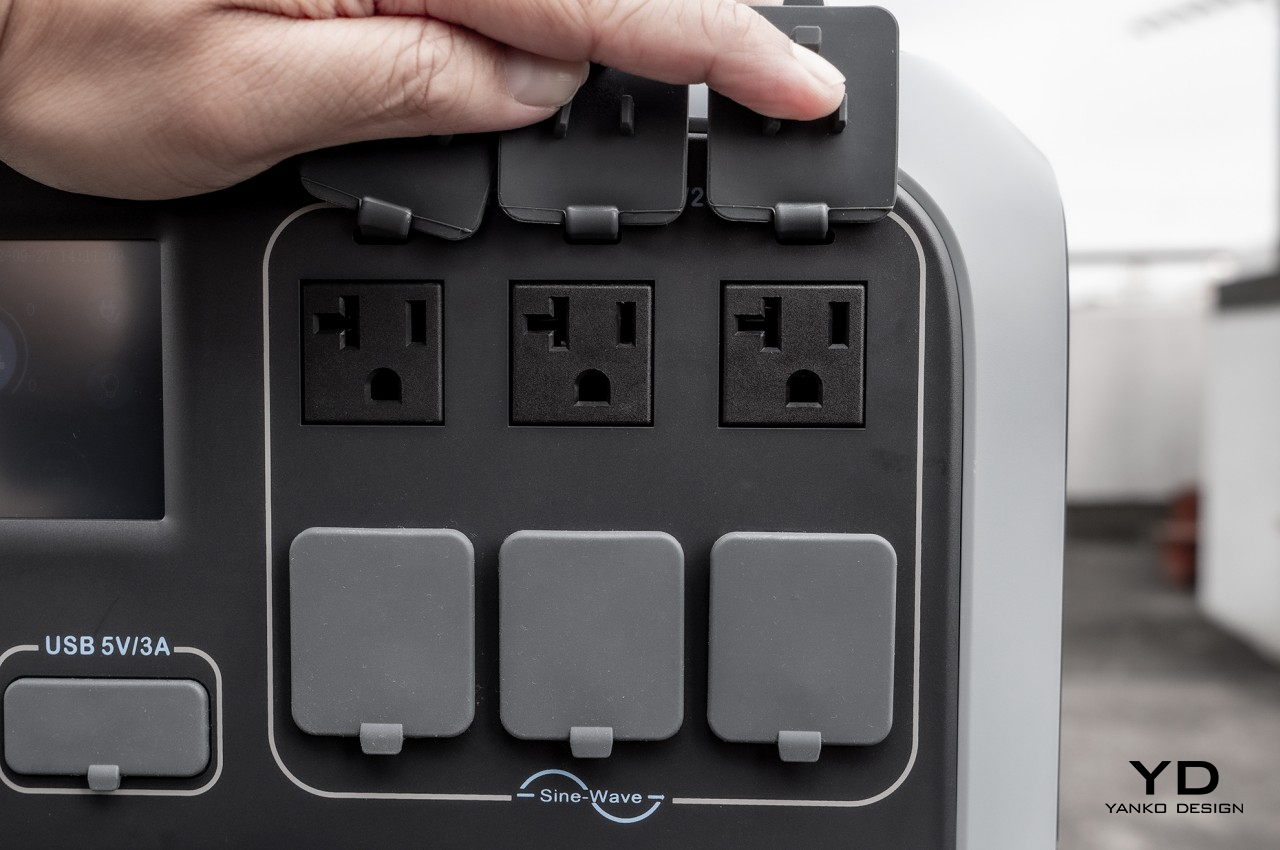
Electronic devices like smartphones and laptops, however, will most likely use the DC connections instead. There are a variety of options here, but the majority are occupied by four 5V/3A USB-A ports. There is a single USB-C port and it’s capable of dishing out 60W of power. While that’s plenty for smartphones and tablets, needier laptops won’t be satisfied by this. Those devices will just have to compete with other appliances for one of those AC outlets. There are also two wireless charging pads on the flat surface of the AC200P’s top, each capable of putting out 15W.
When it comes to charging the power generator itself, there is also some flexibility available. The most direct and admittedly the fastest is through that AC adapter that, as mentioned, exists as a separate accessory you’ll have to bring with you all the time. This method tops you up to full in just four hours, which is ideal if you’re in a rush. When you’re outdoors and are confident about your car’s tank, you can even slowly charge it via the typical car charger.
The most environment-friendly is, of course, using solar panels, though that will take some time as well. If, however, you reach the peak 700W input with multiple solar panels, your total time will actually be faster at around three hours. You can also combine both solar and AC charging at the same time for a maximum of 1,100W input to shorten the charging time even further.
The AC200P’s LCD display is a convenient way to easily see important information, especially thanks to a high-contrast scheme and an always-on backlight. Unfortunately, the latter means that this screen also sips up some of the battery that could be used by connected devices instead. It’s also a touch screen, so all of the operations for driving the power generator can be found here. It definitely doesn’t get easier than this, though it would have probably been easier if you could control all those from a smartphone as well.
Sustainability
The biggest benefit of these portable power generators over traditional fuel generators is the use of a battery. Specifically, most of them use a lithium iron phosphate or LiFePO4 battery that also finds its way into electric vehicles. It’s a type of battery that’s known for its safety, reliability, and longevity, which are pretty much the most-desired properties for an emergency power backup.
With a battery inside, you won’t have to scavenge for gasoline to survive as long as you eventually get the generator charged one way or another. More than just convenience, this means that using the generator doesn’t further the planet’s demise, directly or indirectly. It also means that it’s safe to use indoors and also quiet, making it an excellent home power backup that you can leave running overnight if necessary.
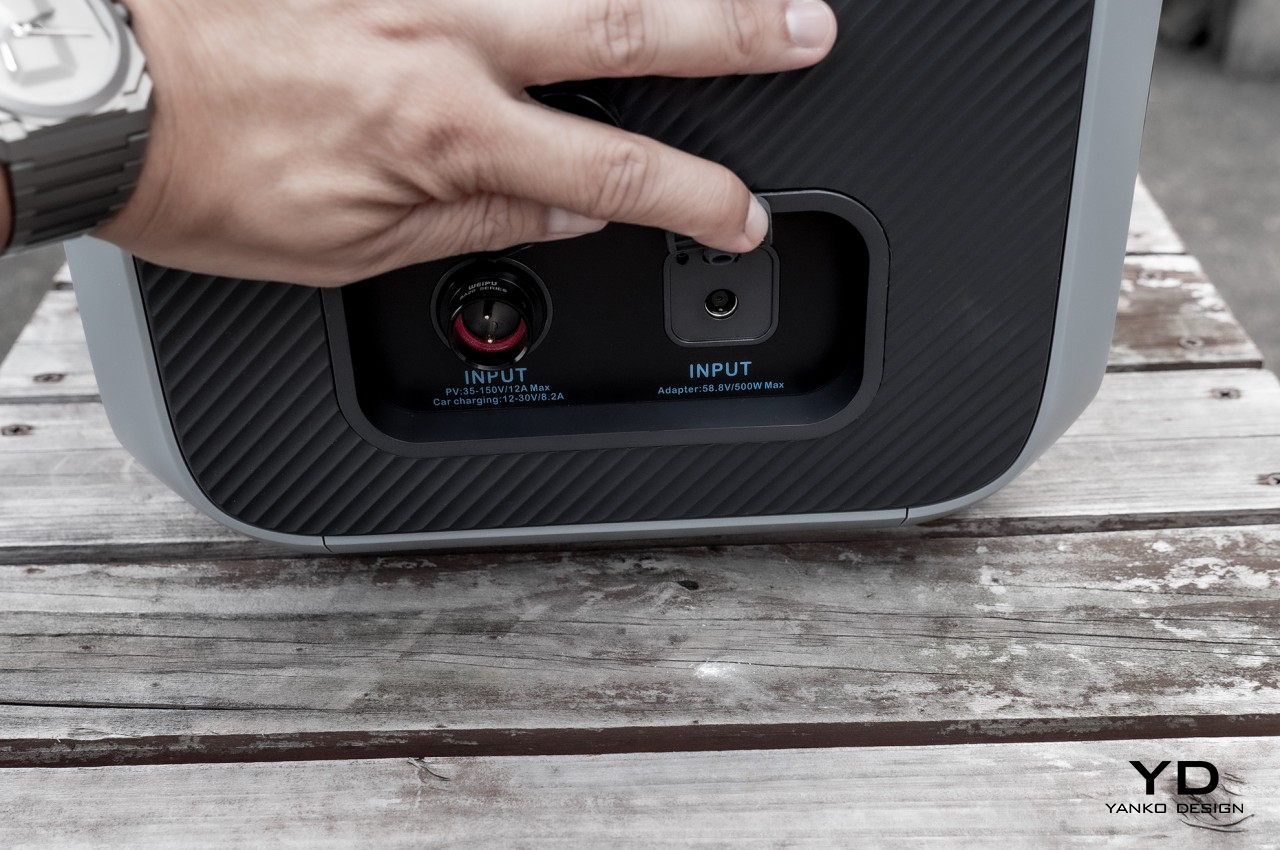
The Bluetti AC200P’s real sustainability pull is the ability to be totally green if you really want to. The generator can be charged using solar panels only, which frees you from having to look for non-existent AC outlets when out in the wild. This also means you don’t have to rely on fossil fuel burned by power grids just to charge your battery. Whether you just want to live in a sustainable fashion or you want to journey off the grid, this semi-portable power generator has you covered. Sure, those solar panels will be quite an investment and take up a lot of space when completely laid out, but they will easily pay for themselves over time, especially when you’re trying to live a green life.
The one thing that keeps the AC200P from earning a perfect score is that its construction and build aren’t sustainable themselves. Aside from aluminum, there are plenty of plastic and rubber to go around, materials that don’t exactly translate to being eco-friendly. It’s understandable that Bluetti chose to focus first on durability and ruggedness at this point in the company’s history. The portable power generator market is quite young, so we’ll hopefully see some improvements towards sustainability as the industry grows.
Value
Given the rather rapid growth of the battery-powered generator market in the past two or so years, it’s no surprise that there are plenty of options already available in the market today. Even this Bluetti AC200P is actually one of the company’s older models from last year, and its age shows in the absence of some features like remote control via smartphones. At the same time, the myriad choices available and quick turnout of new generators means that it’s also harder to pick a solid and reliable option. Fortunately, the AC200P has stood the test of time.
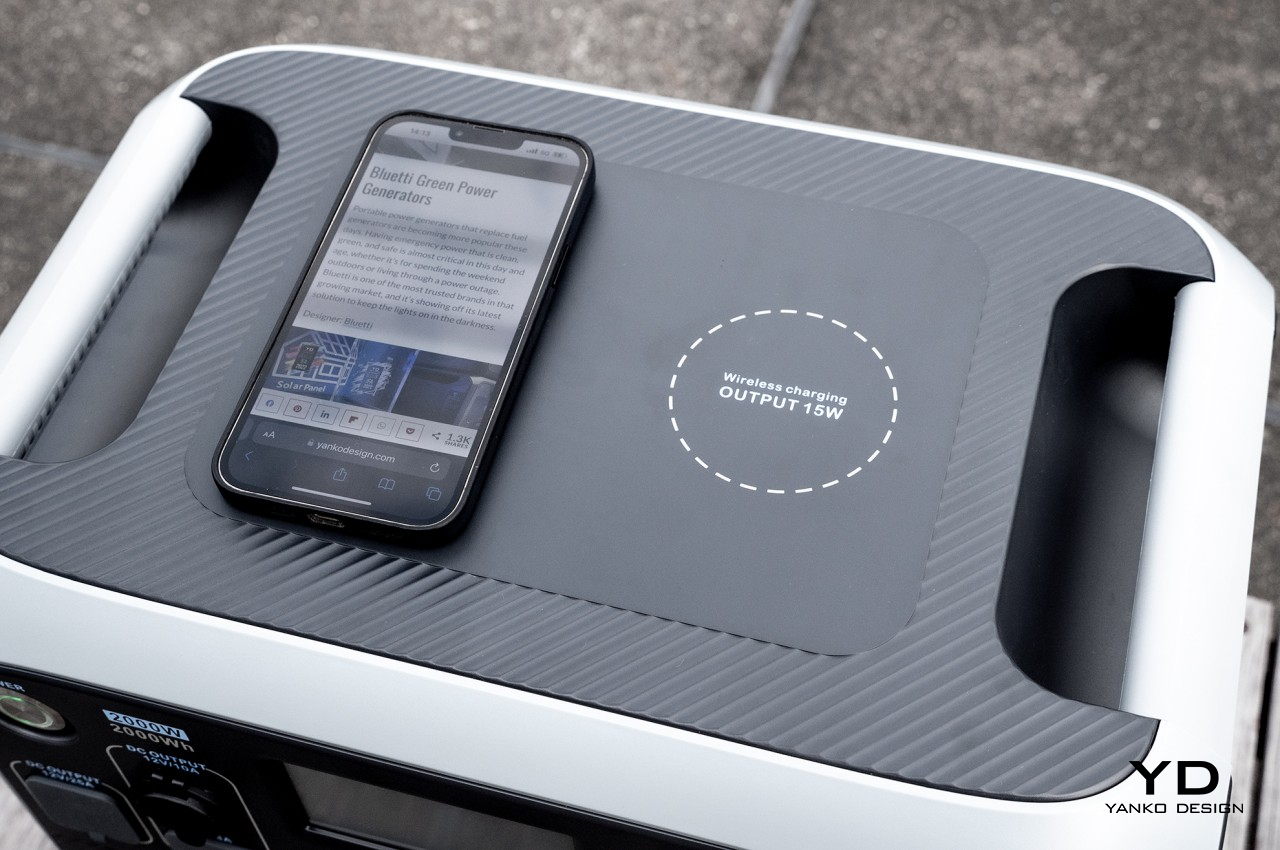
At $1,599 (normally $1,699), the Bluetti AC200P offers the standard features of a somewhat portable power generator. The weight might be an issue for those who constantly move around, but the generator is perfect for a stationary emergency power source at home. The 60W USB-C might be a bit disappointing, but most laptops still use a proprietary power brick anyway. The separate AC adapter requires extra attention, but that might only be a problem when you’re bringing the generator outside.
Those nitpicks are very minor, and the AC200P still gets the job done with minimum fuss. It’s definitely a worthwhile investment if you’re a bit cash-constrained and don’t have time to save up for a newer but pricier model. Even after a year since it launched, it still has great value, especially with its current price cut. It has the perfect balance of features, though you might want to come up with a way to give it some wheels if you find yourself constantly moving it around.
Verdict
We have become terribly dependent on electronic devices and, in consequence, on electricity. That means that we’re also burning fuel at an alarmingly faster rate, and power from renewable sources isn’t able to catch up with the demand. Things take a turn for the worse when the power grid fails us or when we travel off the grid, leaving us scrambling for ways to keep the lights on or to keep phones and laptops powered up.
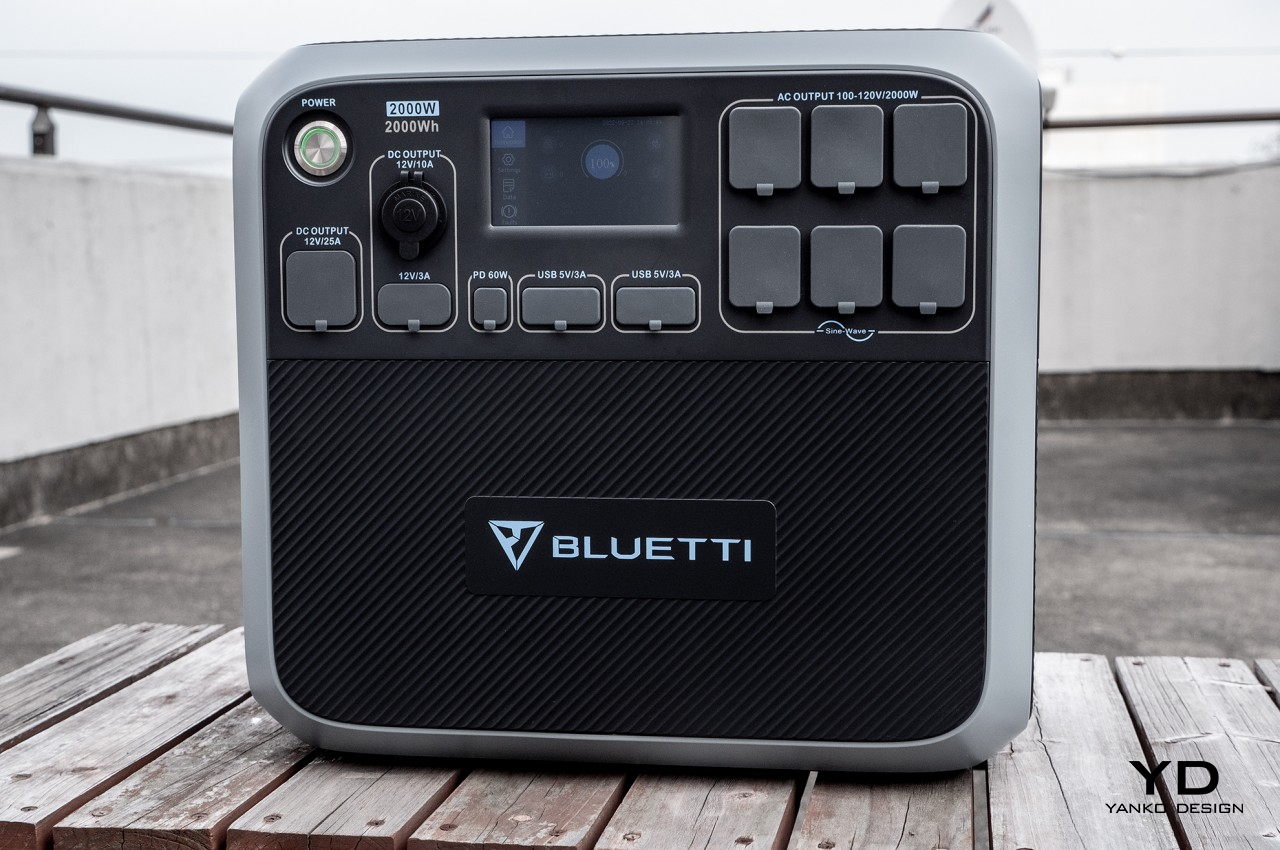
The Bluetti AC200P Portable Power Generator is one such solution that offers great value during those dark times. It has enough power to run essential appliances and charge critical devices without going overboard and burning a hole through your pocket in the process. More importantly, it offers the option to survive completely off the grid and in a sustainable manner, borrowing some power from the sun to power through disasters or camping trips. Safe, clean, green, and a little hefty, the AC200P lets you enjoy the conveniences of modern life even during an emergency without feeling guilty that you’re endangering lives, both the planet and yours.
The post Bluetti AC200P Power Station Review: Clean, Green, and Heavy first appeared on Yanko Design.
